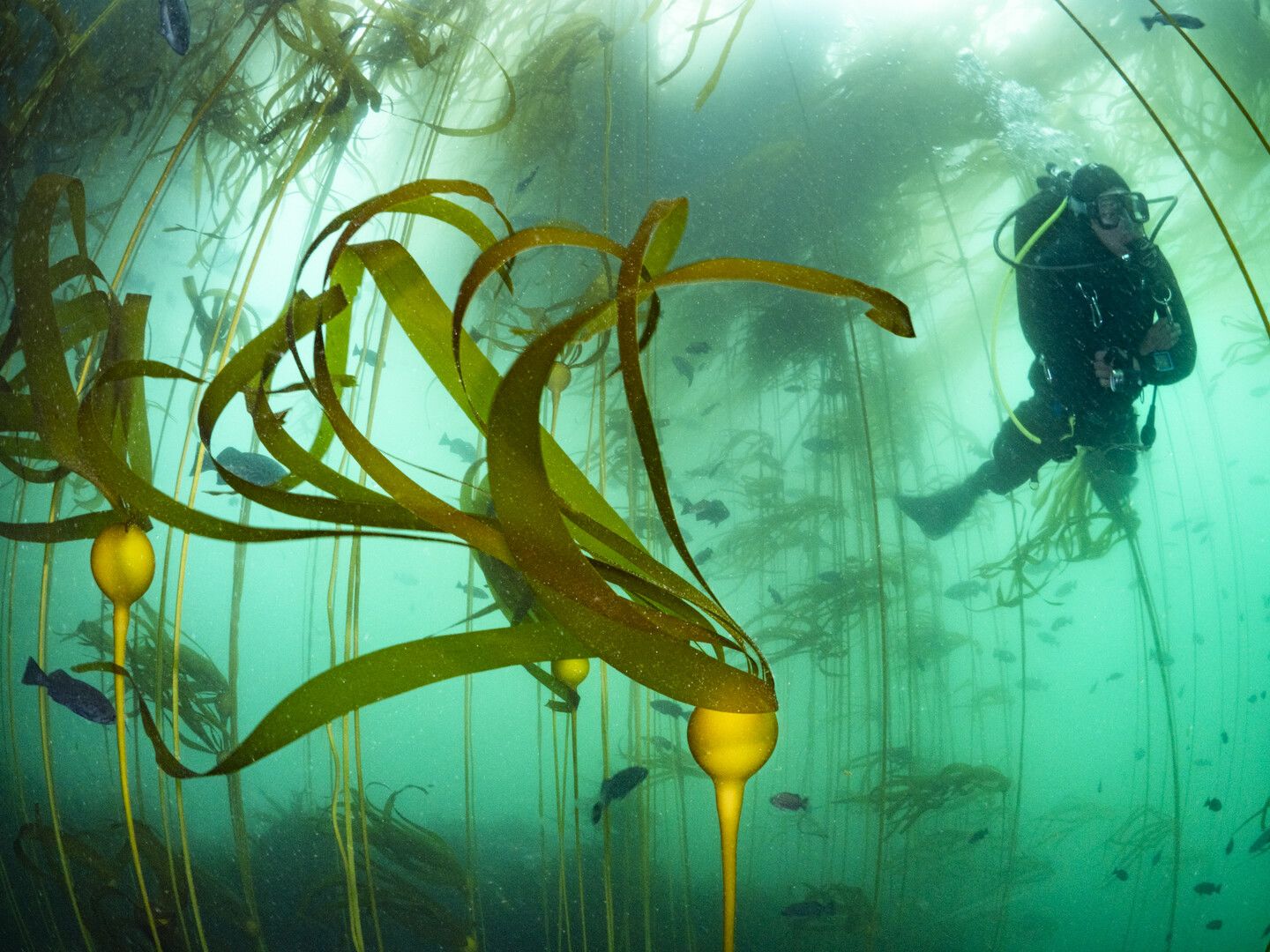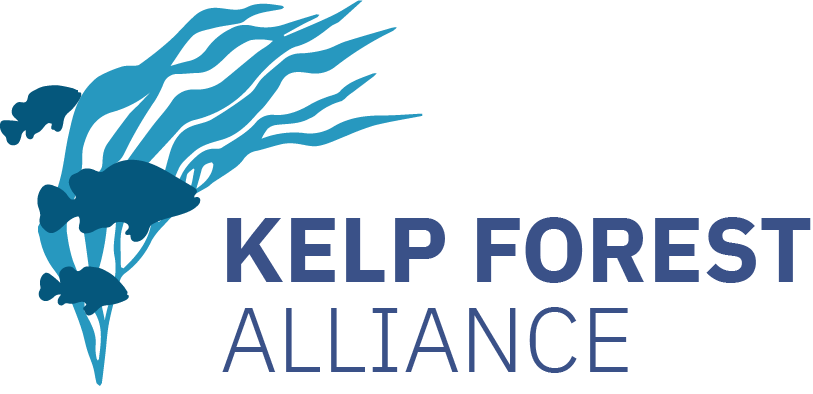
Photo Awards 2024 Finalists
Kelp Macro
Winner - Floral animal
Michael Sswat
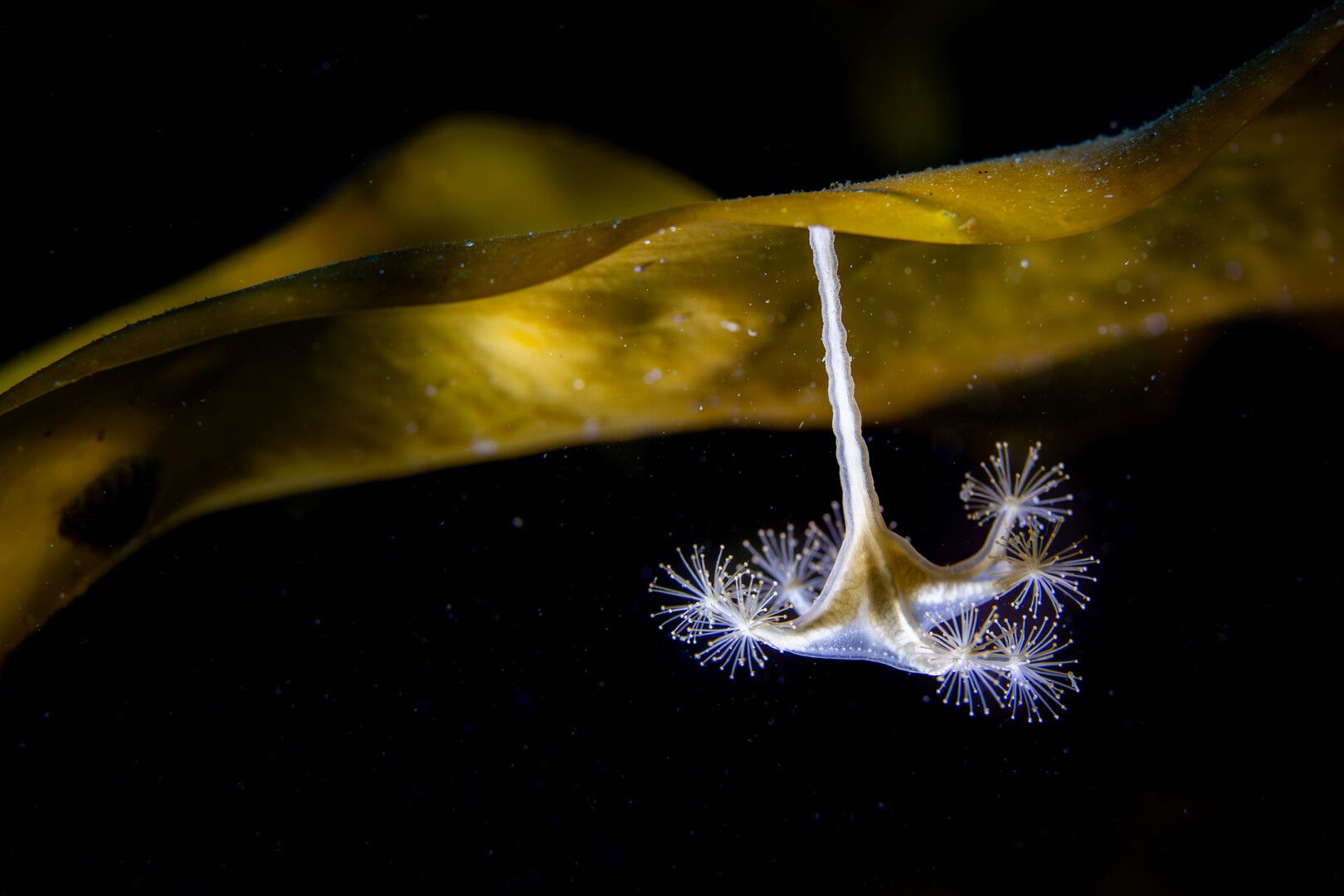
Runner Up - Life Looks For Life
Eric Wahl

Second Runner Up - Otherworldly Oval-Anchored Stalked Jelly
Jackie Hildering
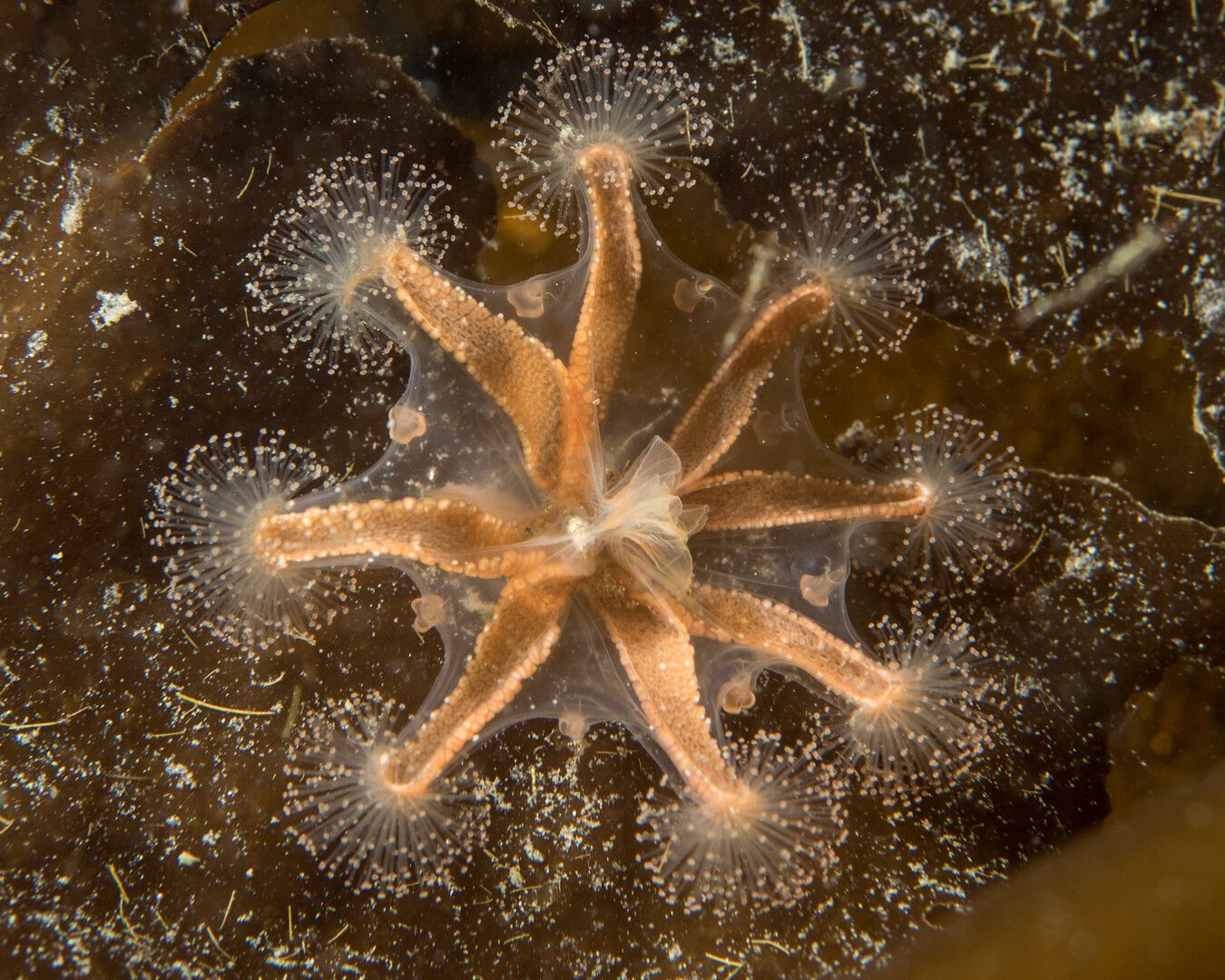
Horned Nudibranch
Kimberly Nesbitt
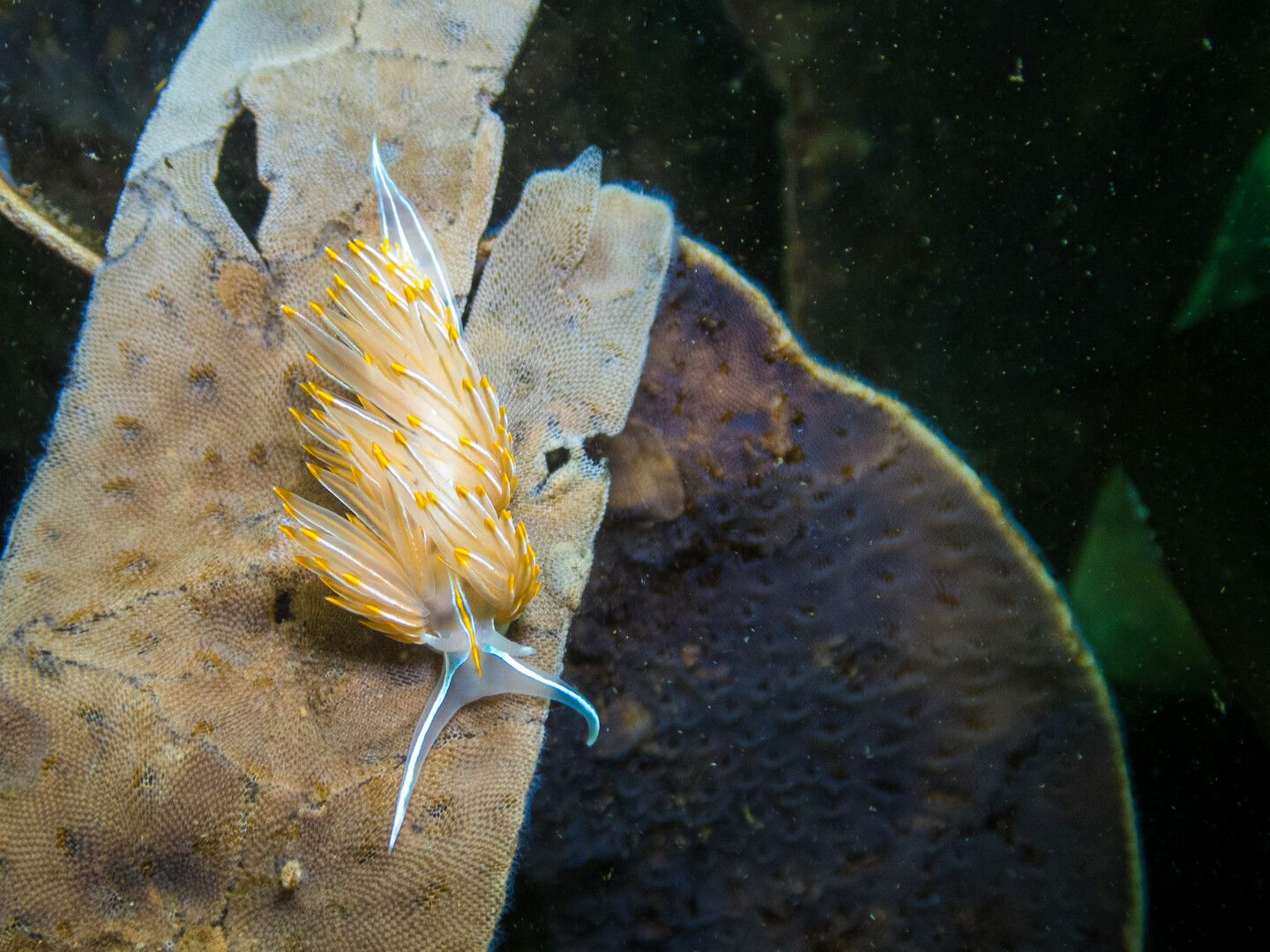
Nestled Flame
Grant Evans
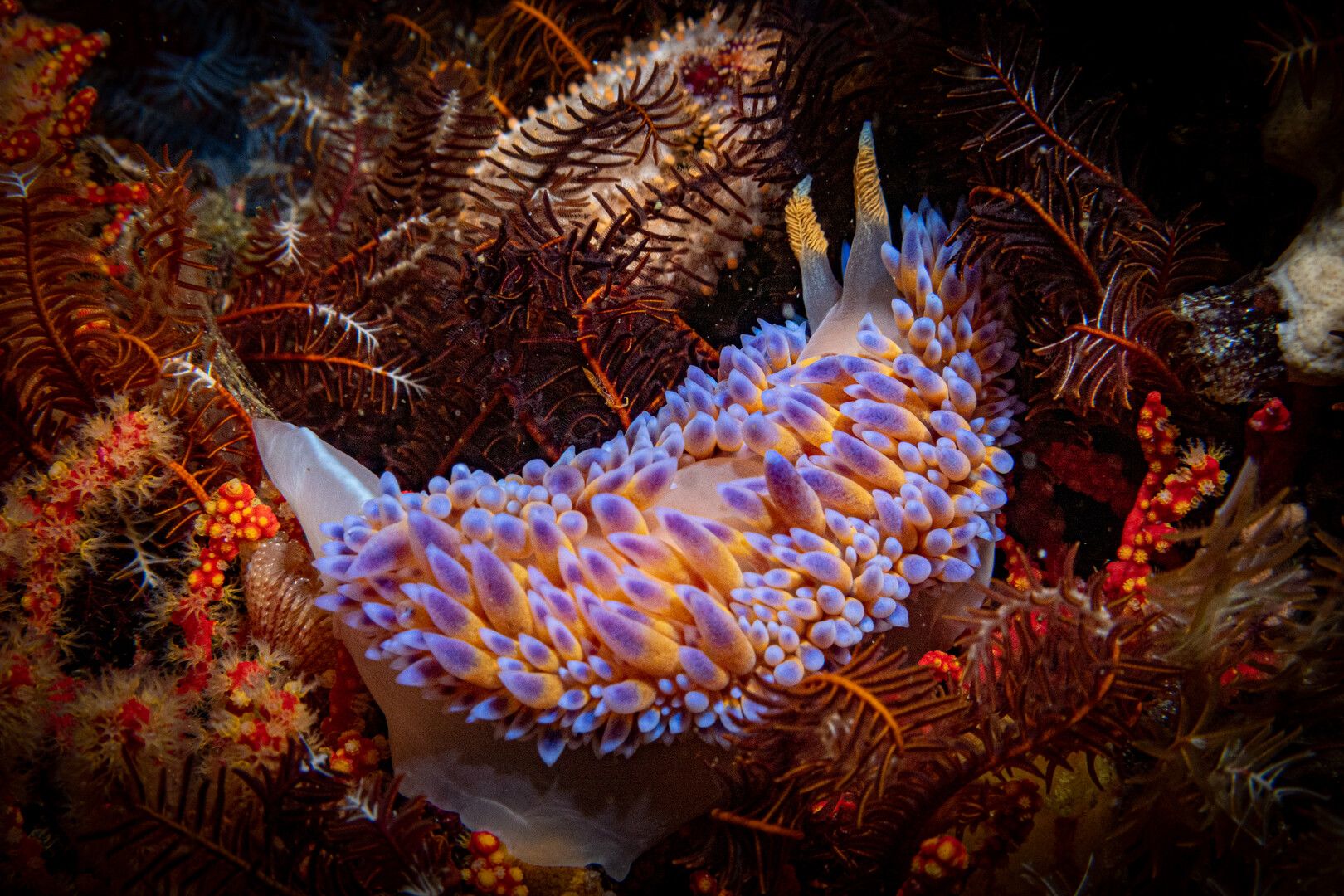
Not Just A Fluke
Patrick Webster
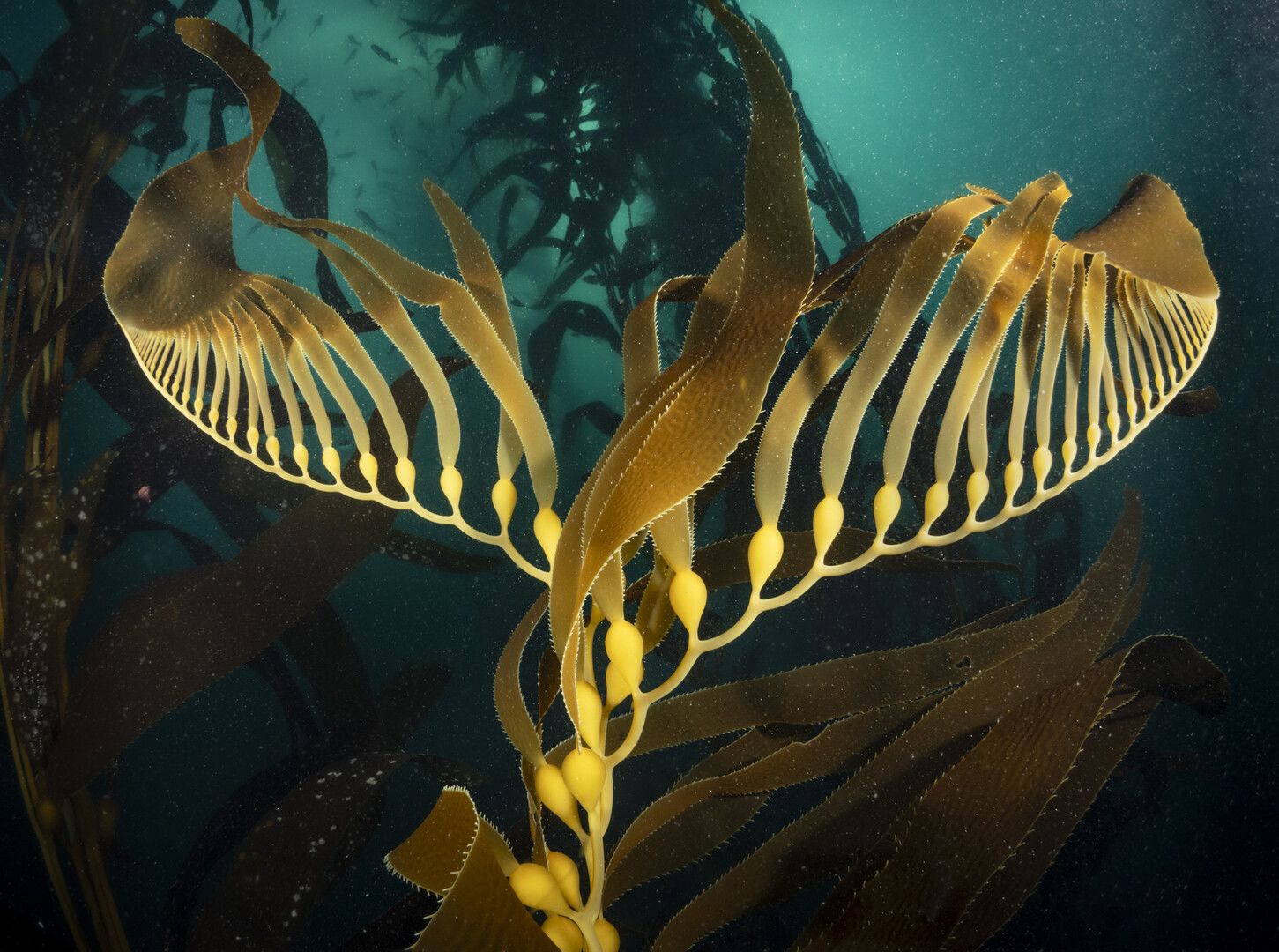
Working On Pneu Material
Patrick Webster
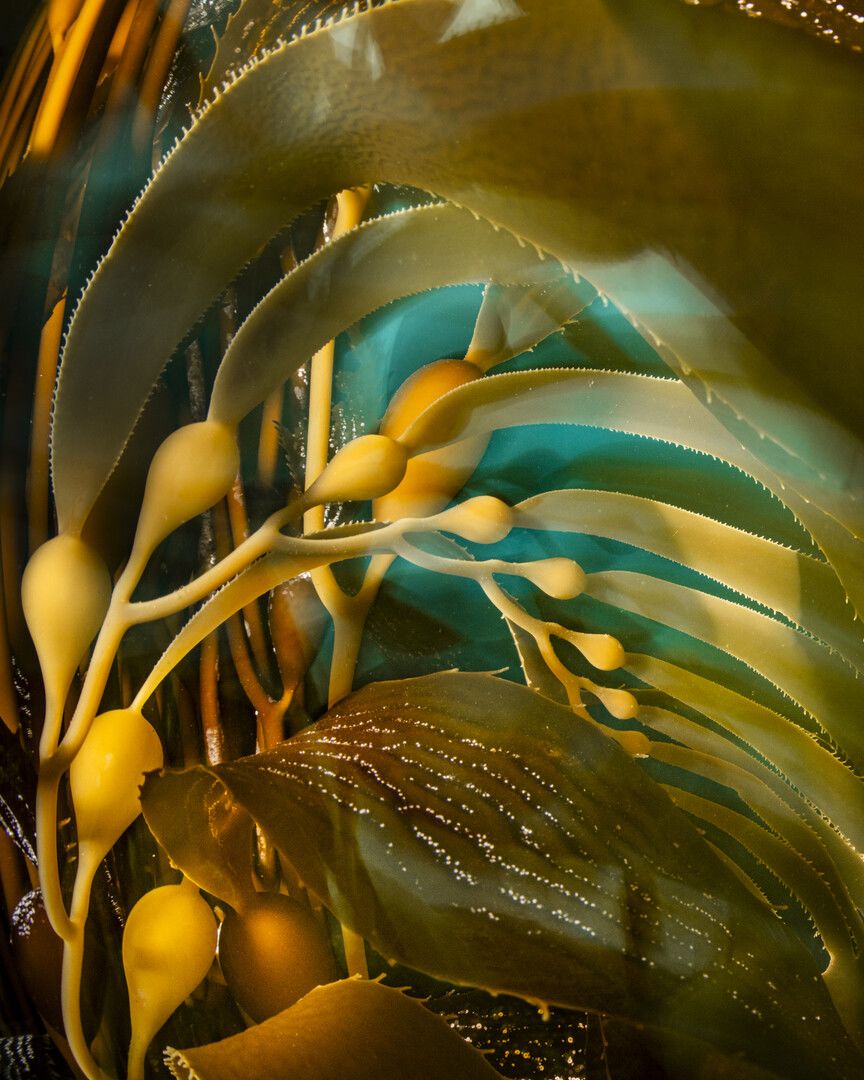
Kelp at the End of the World
Cristian Lagger
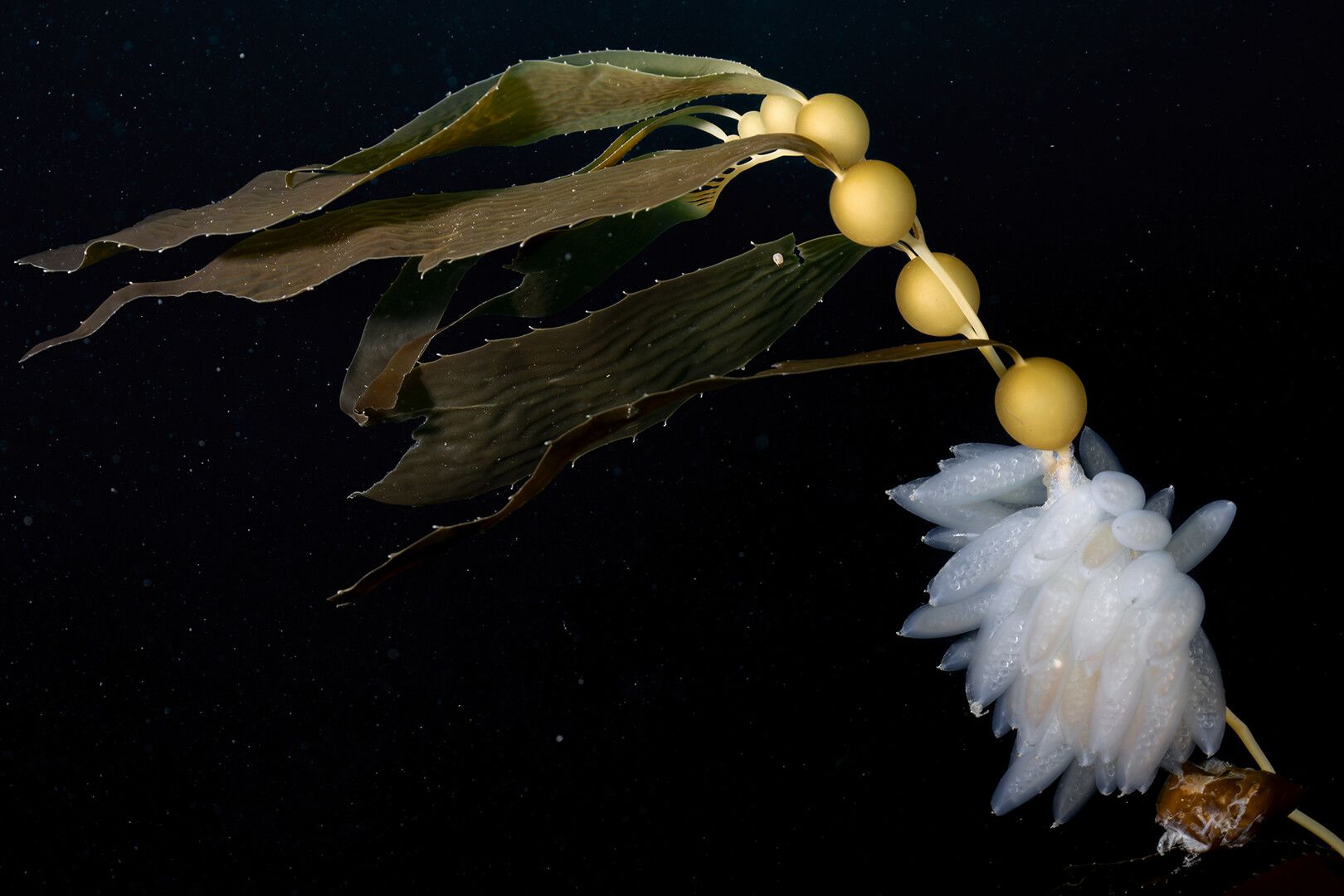
Slug and Seaweed
Brian Skjerven
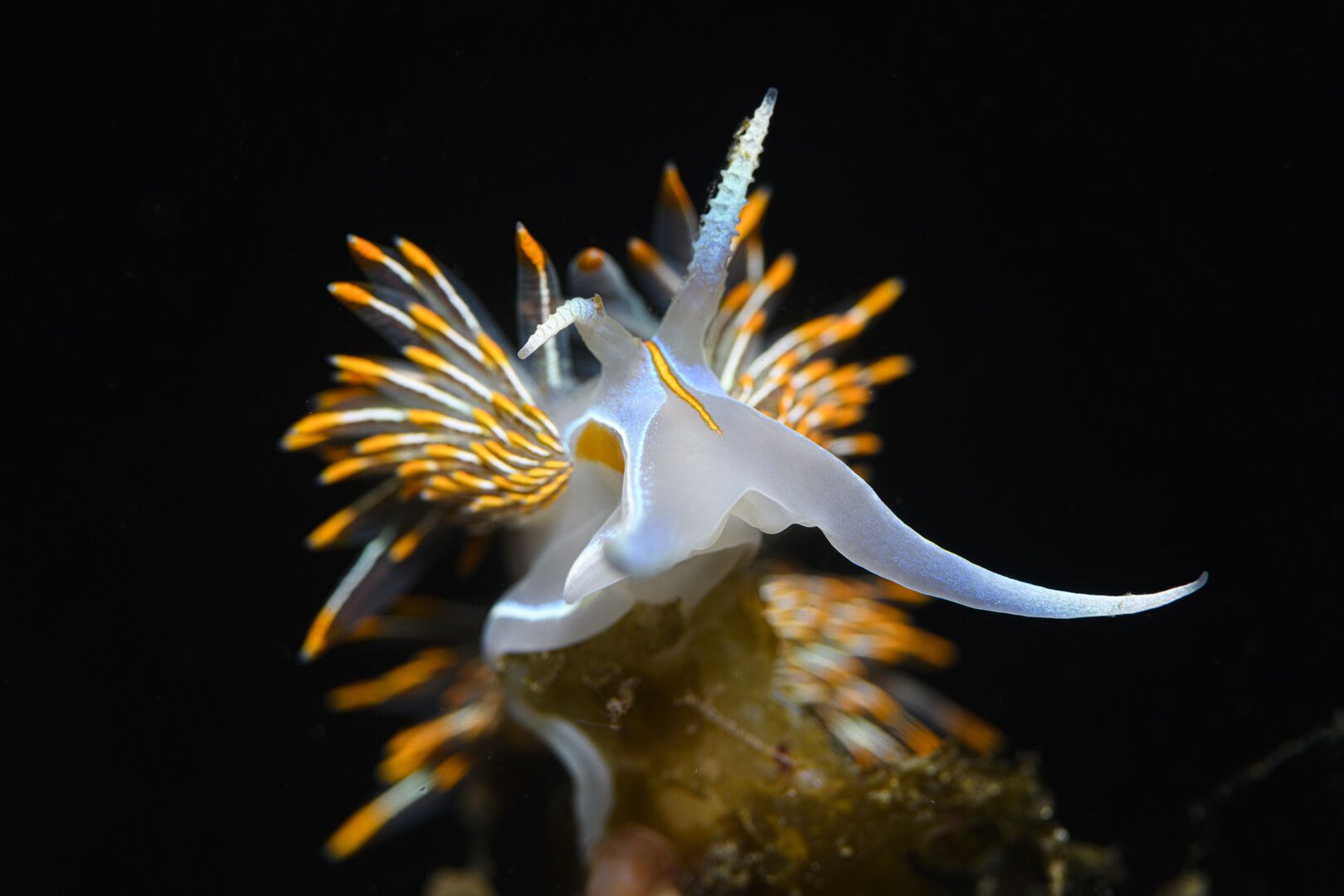
Sunlit Symphony: Colors of Kelp
Wanda von Bremen
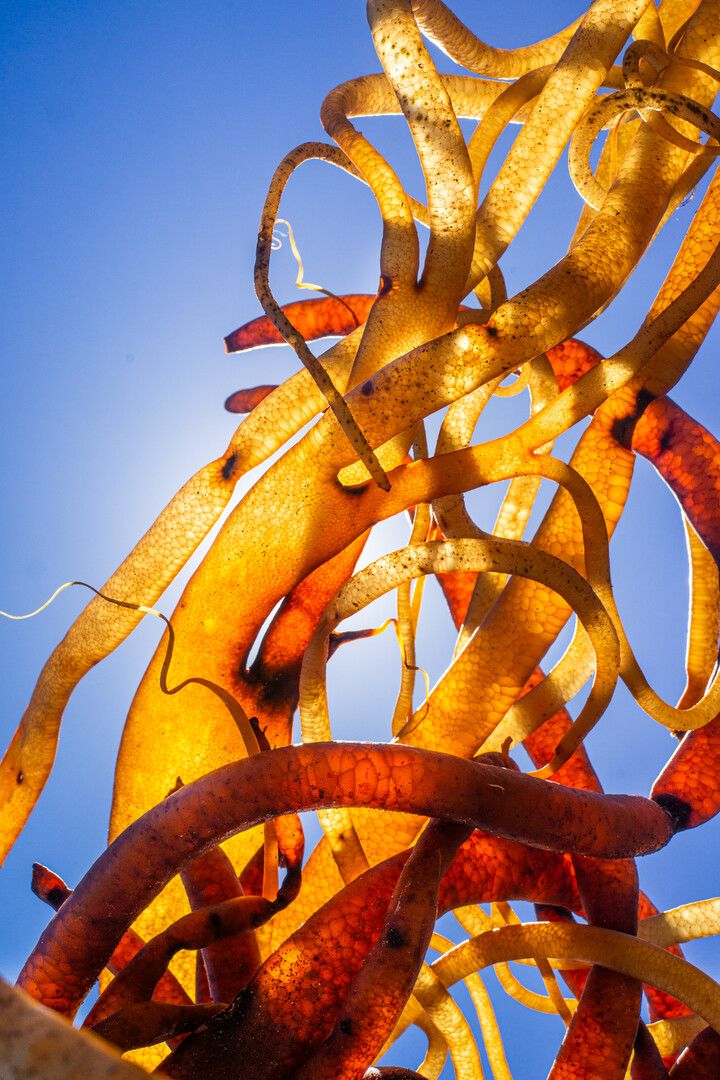
Kelp Wildlife
Winner - Kelp Gunnel Portrait
Phillip Lemley

Runner Up - Canopy Hunter
Jon Anderson
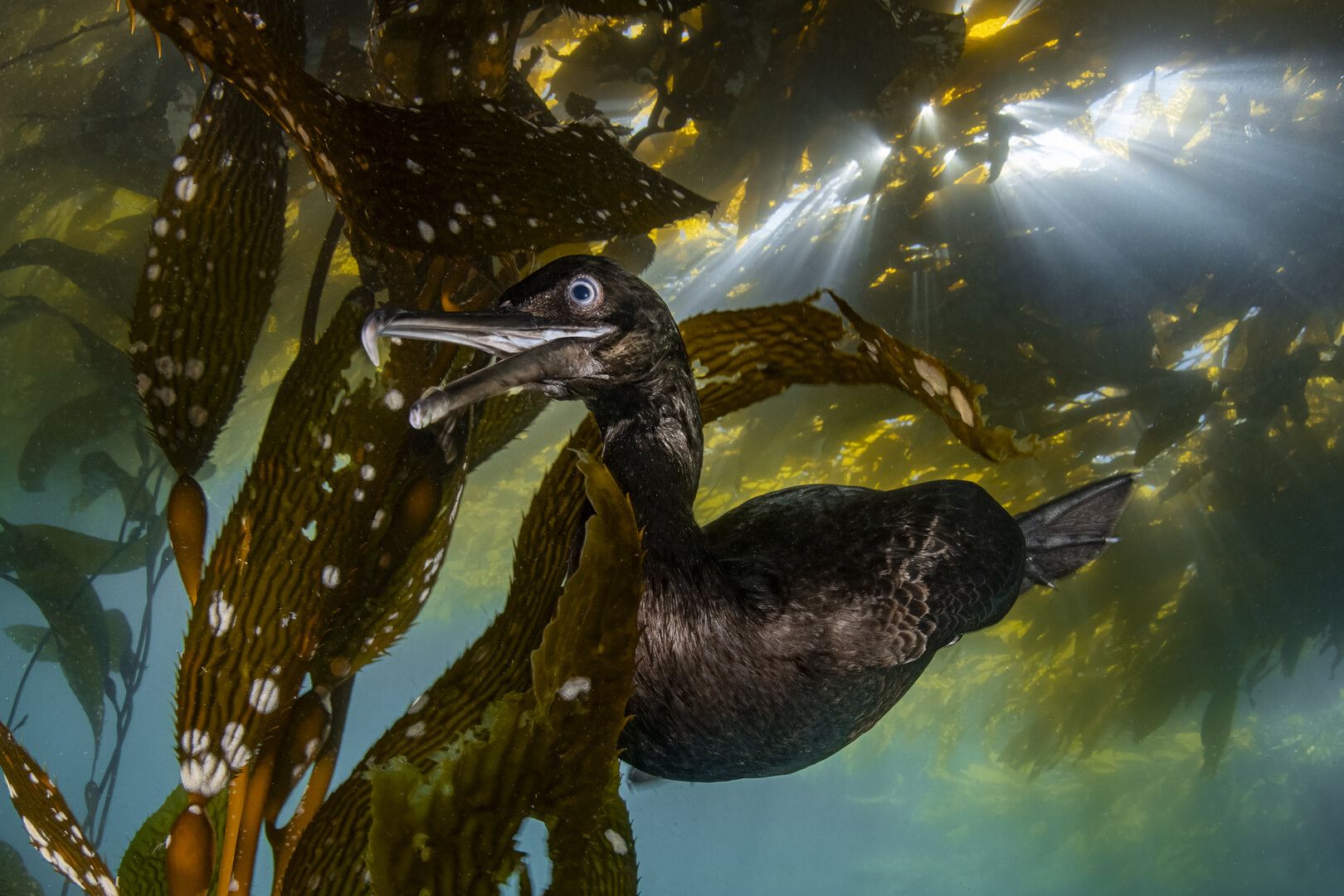
Second Runner Up - Harbor Seal
Christine Dorrity
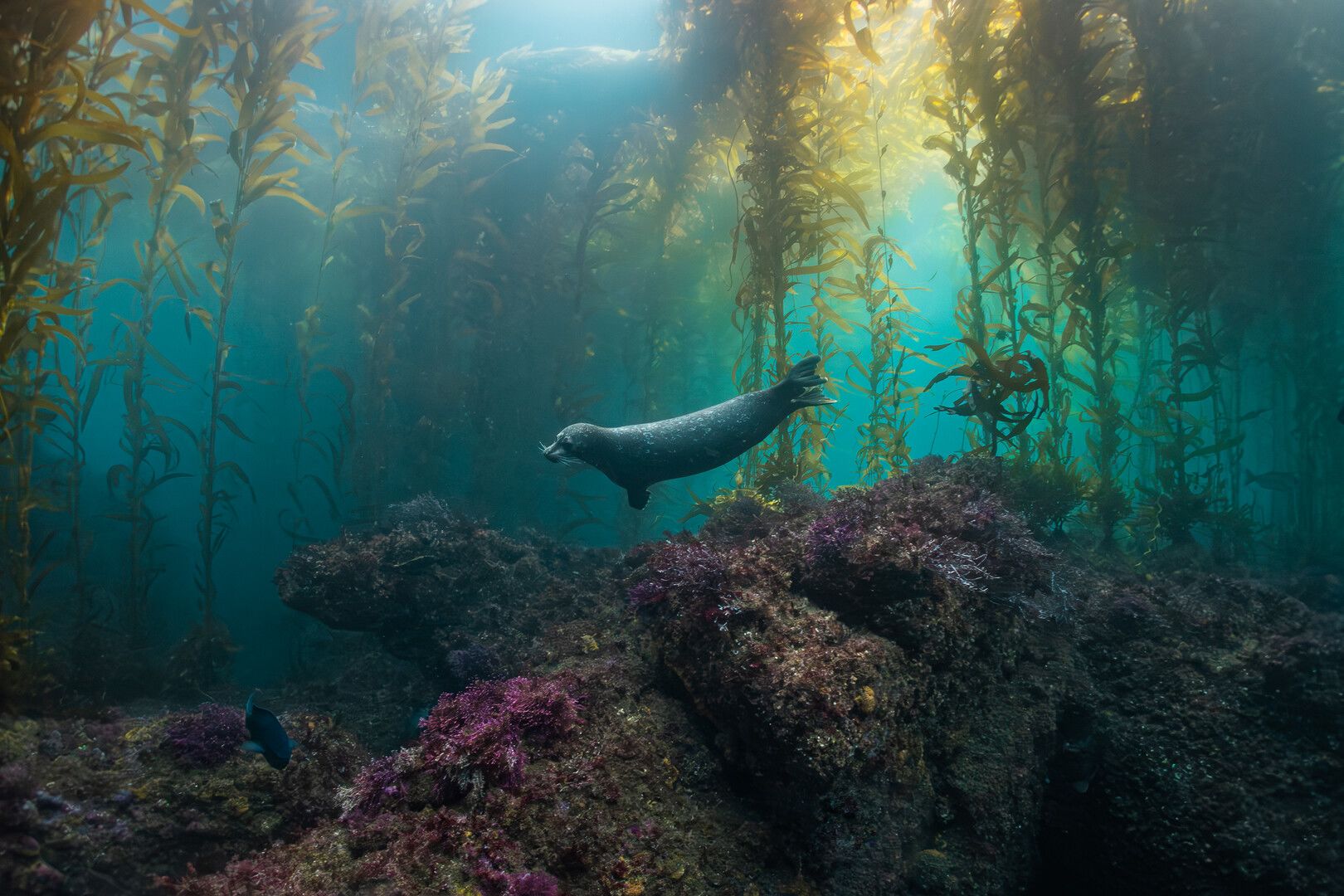
Busy Bird
Sage Ono
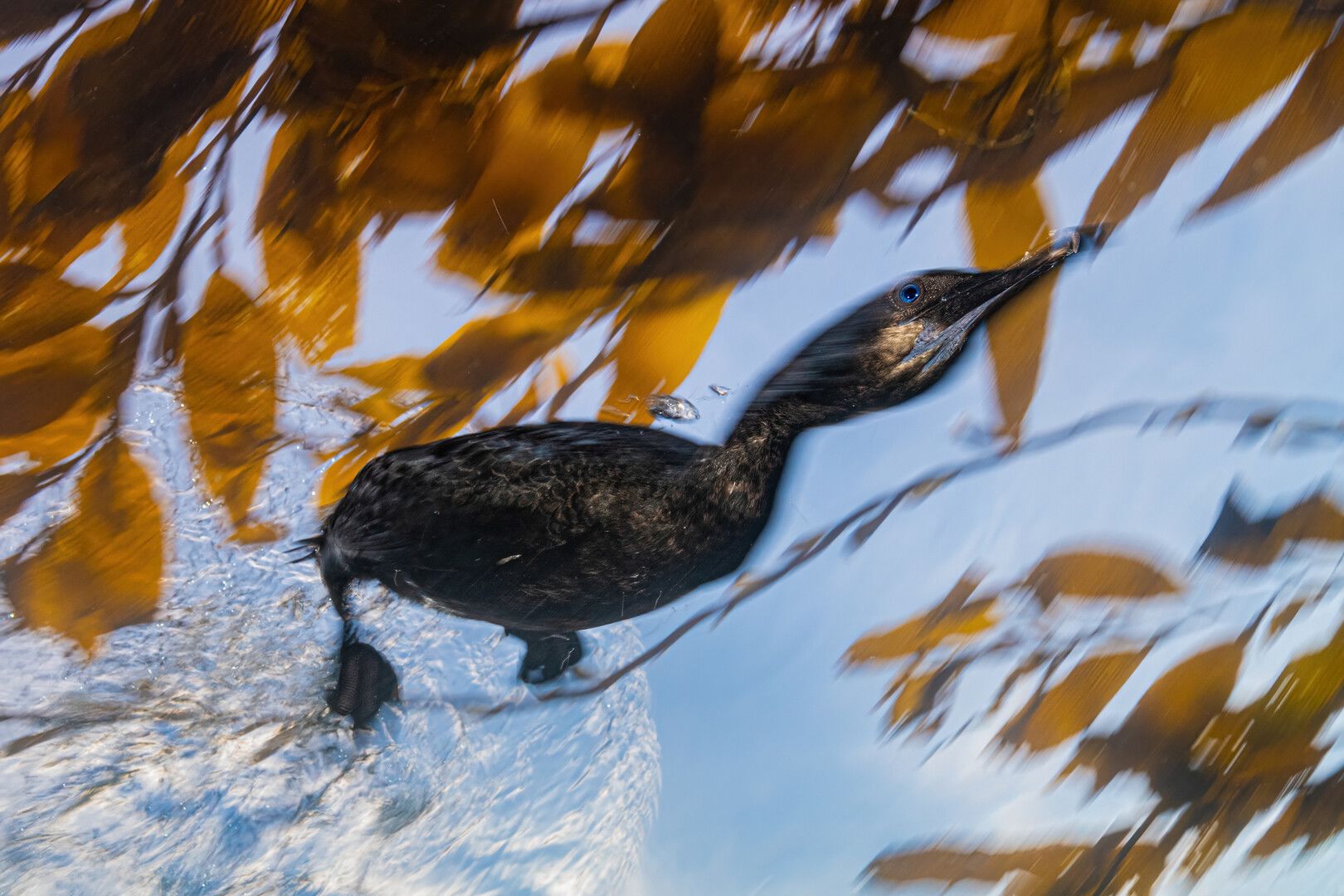
Kelp Forest Angel
Douglas Klug

Forest Brawl
Michelle Manson
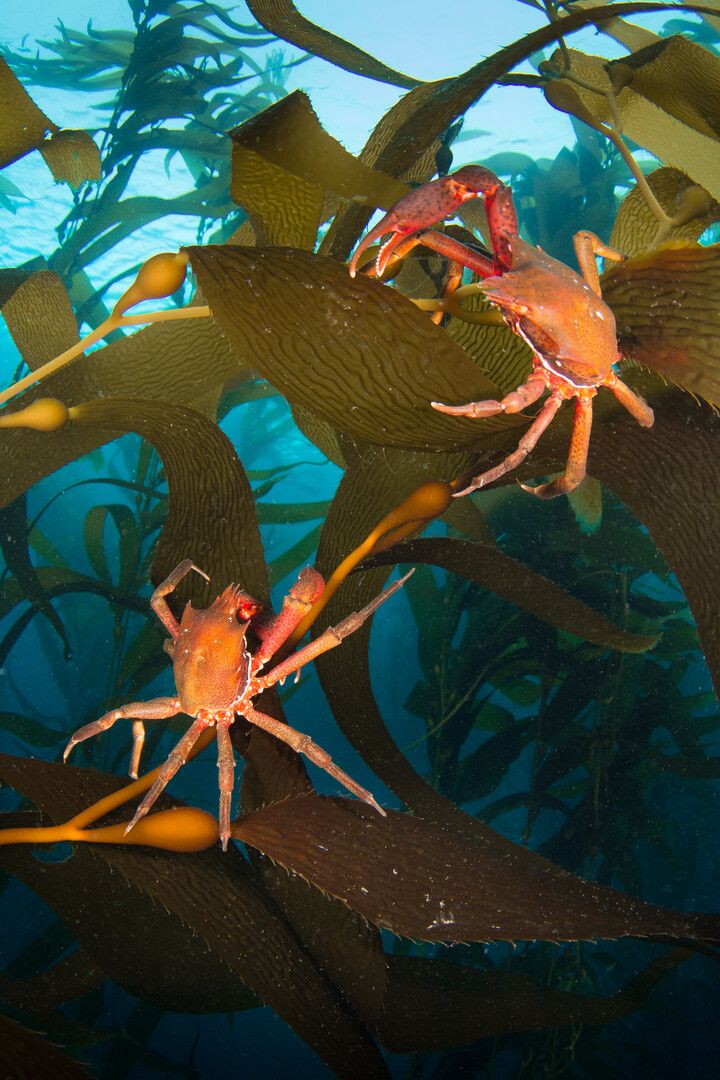
Hanging Around
Michelle Manson
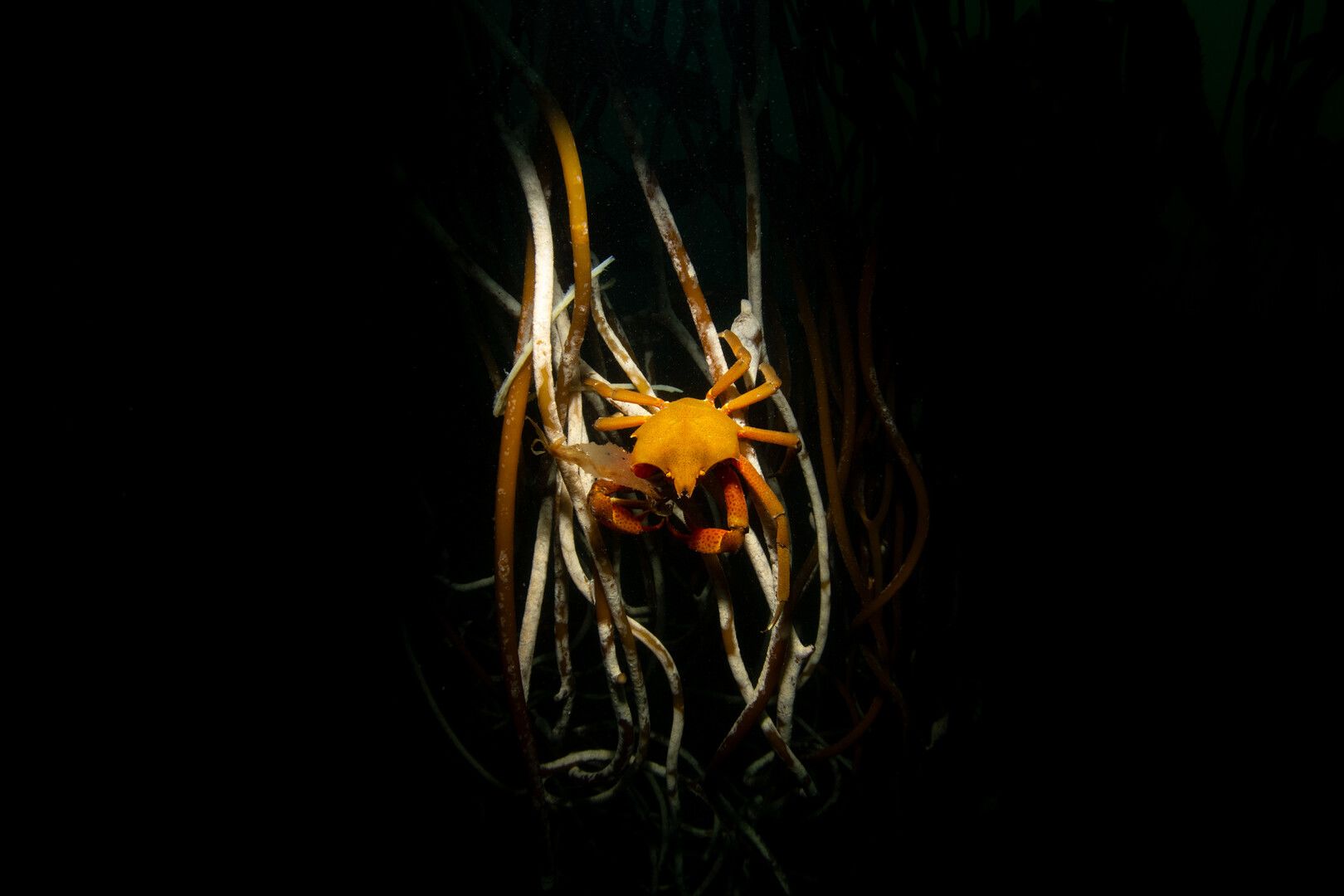
Envy
Amy Lawson
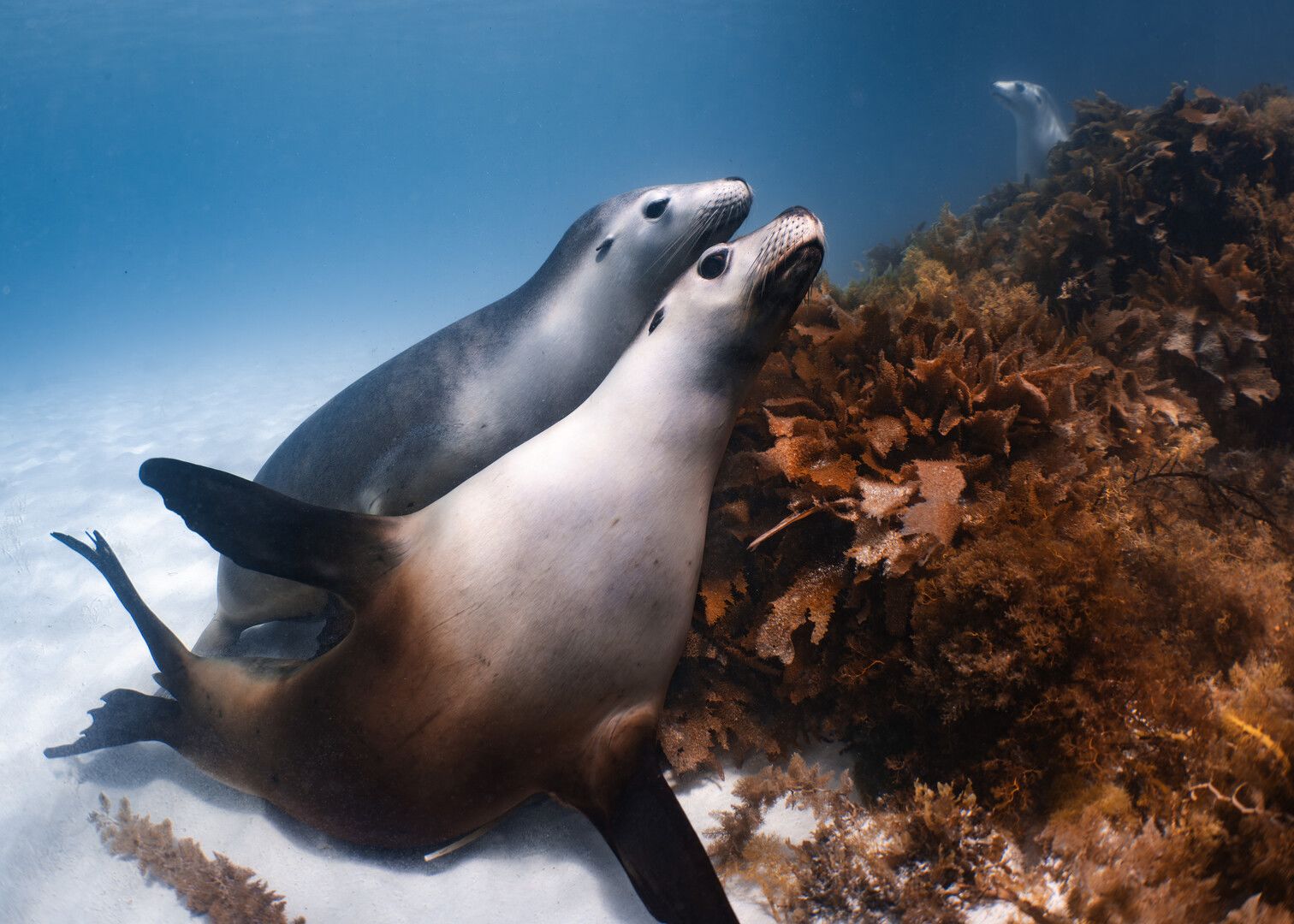
The Watchman of the Kelpforest
Gunnar Oberhösel
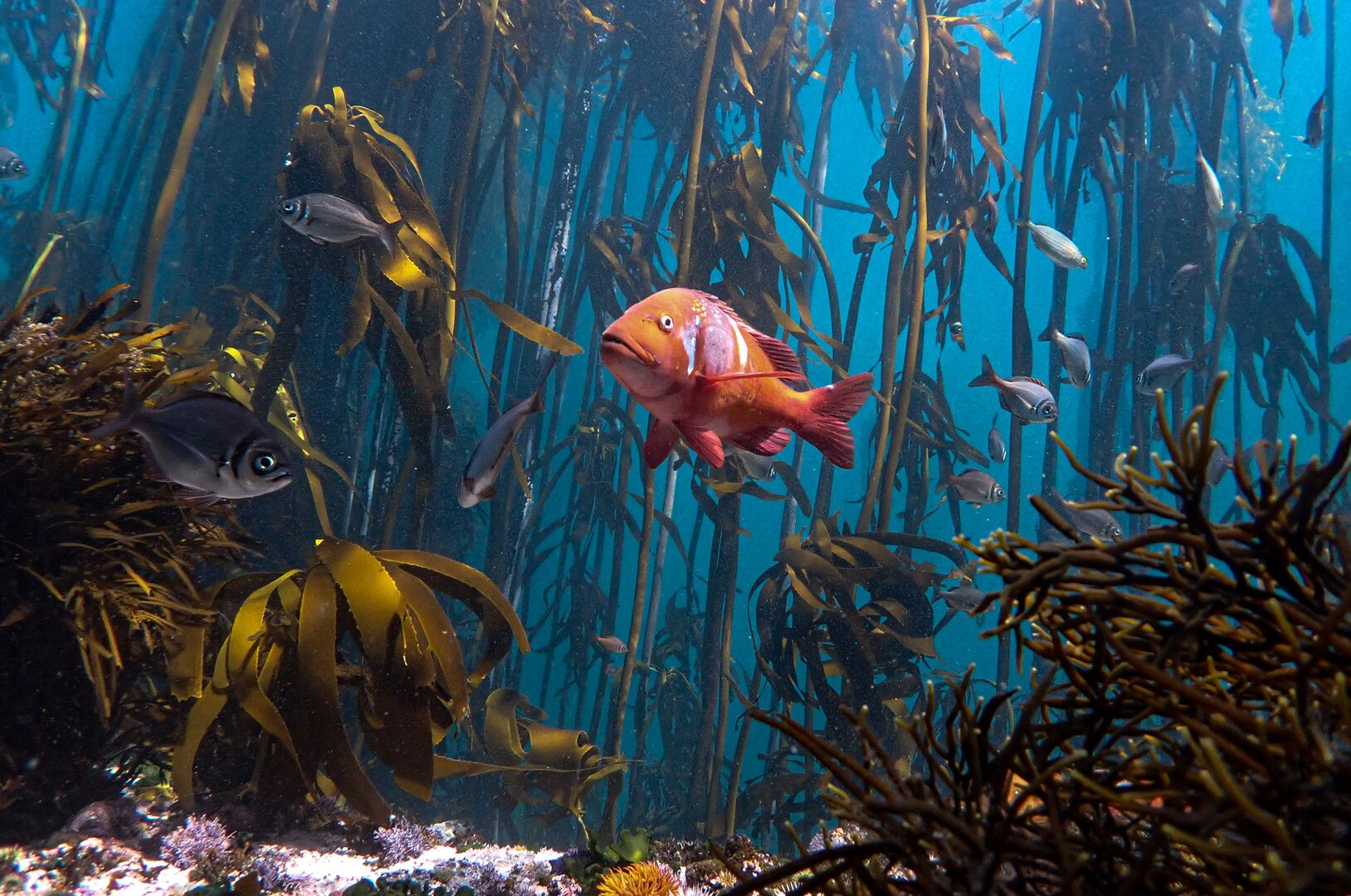
Pedal To The Nettle
Patrick Webster
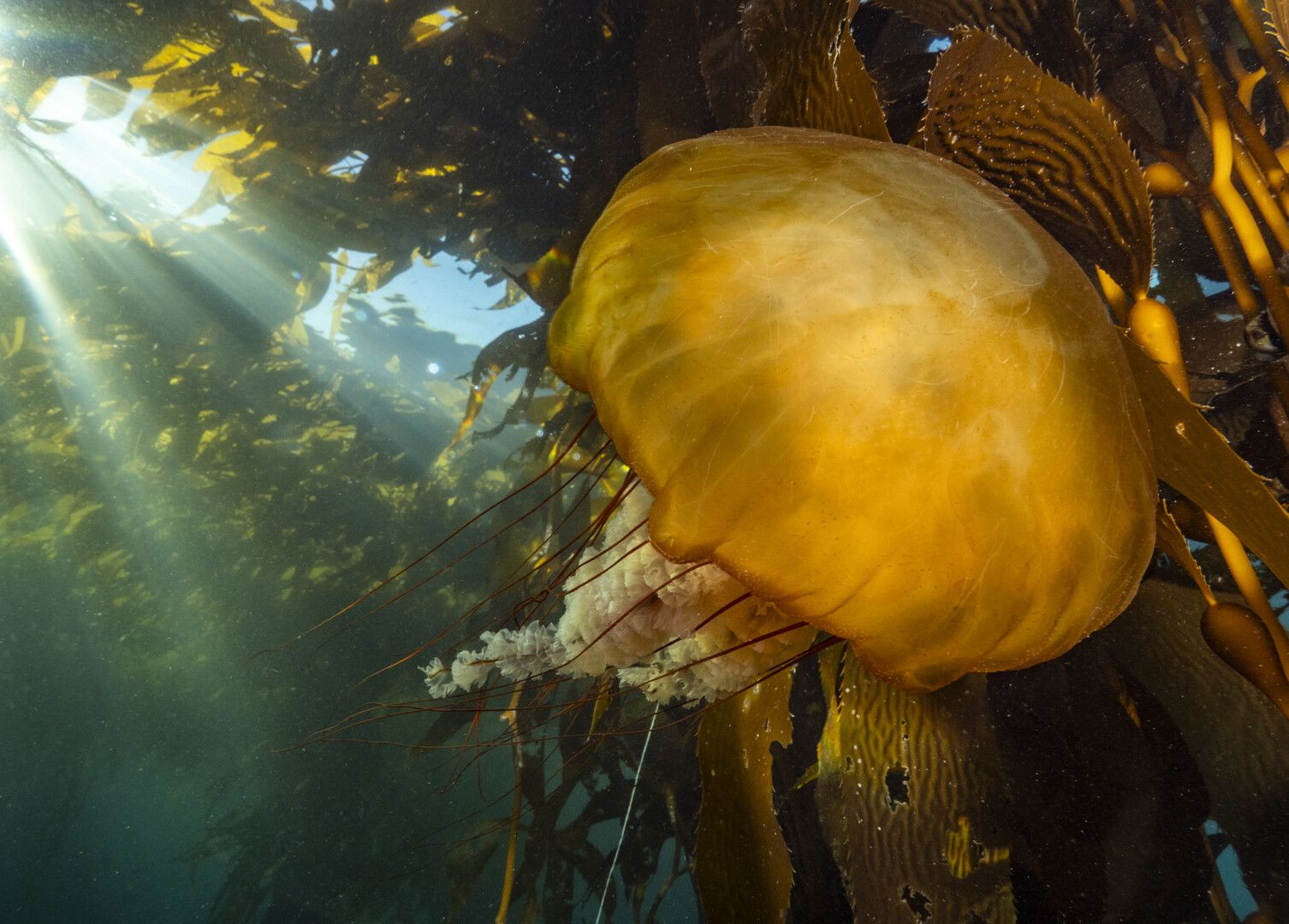
Leopard Lurker
Helen Walne
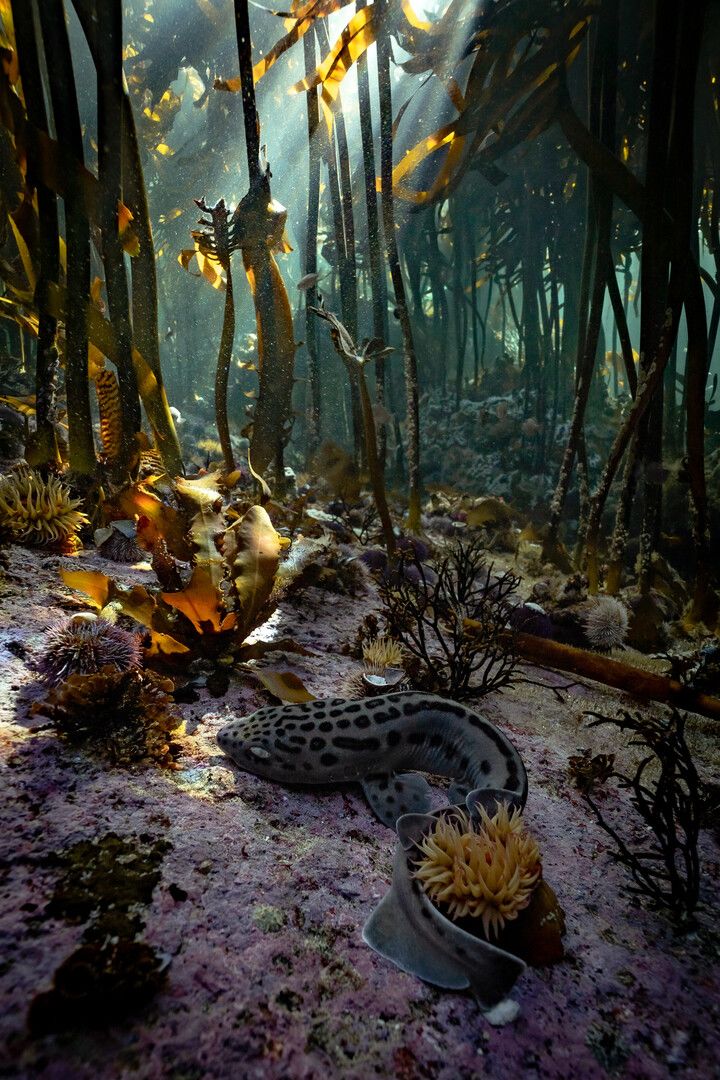
JellyFish
Jellyfish
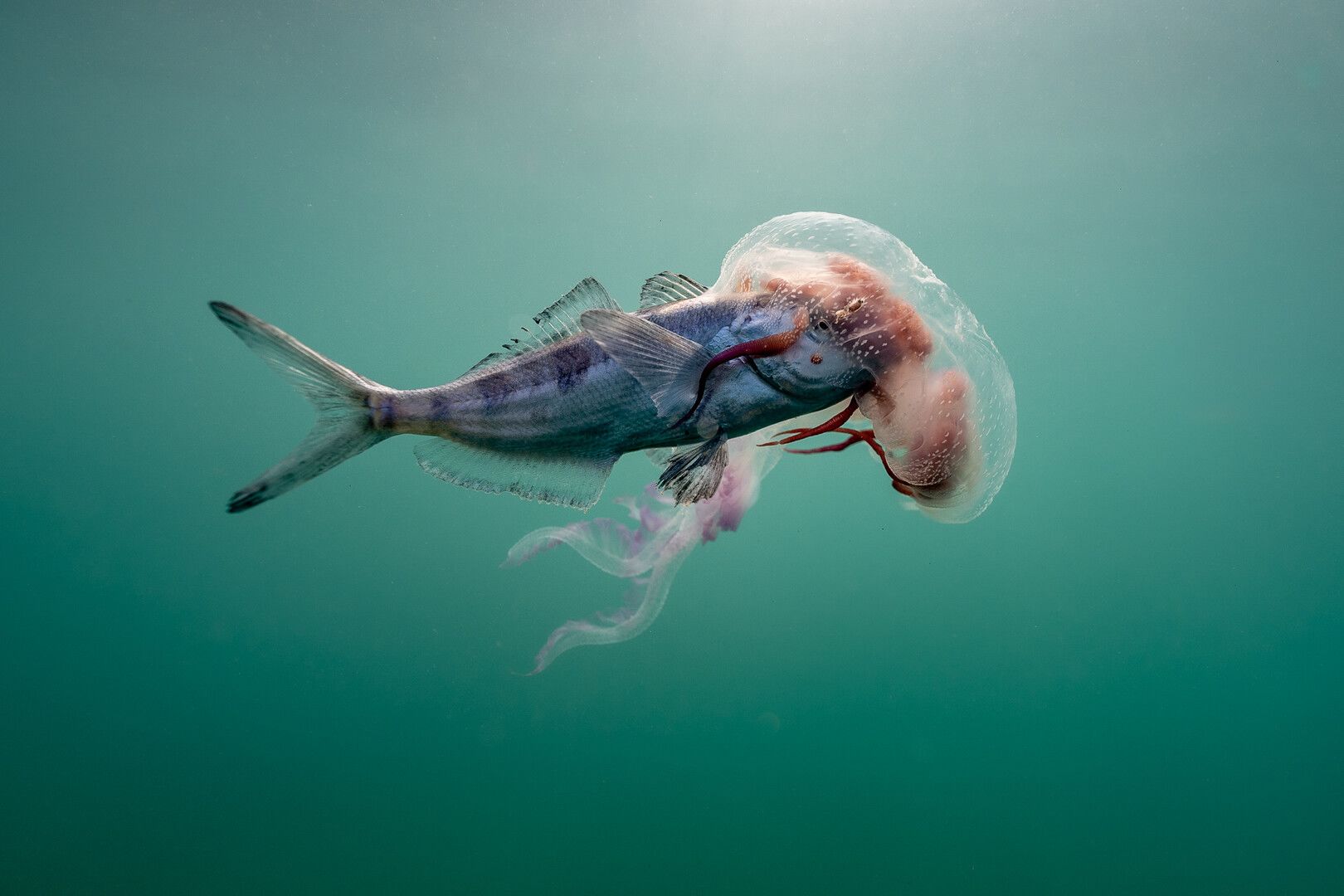
Get off my Turf!
Tim McClure
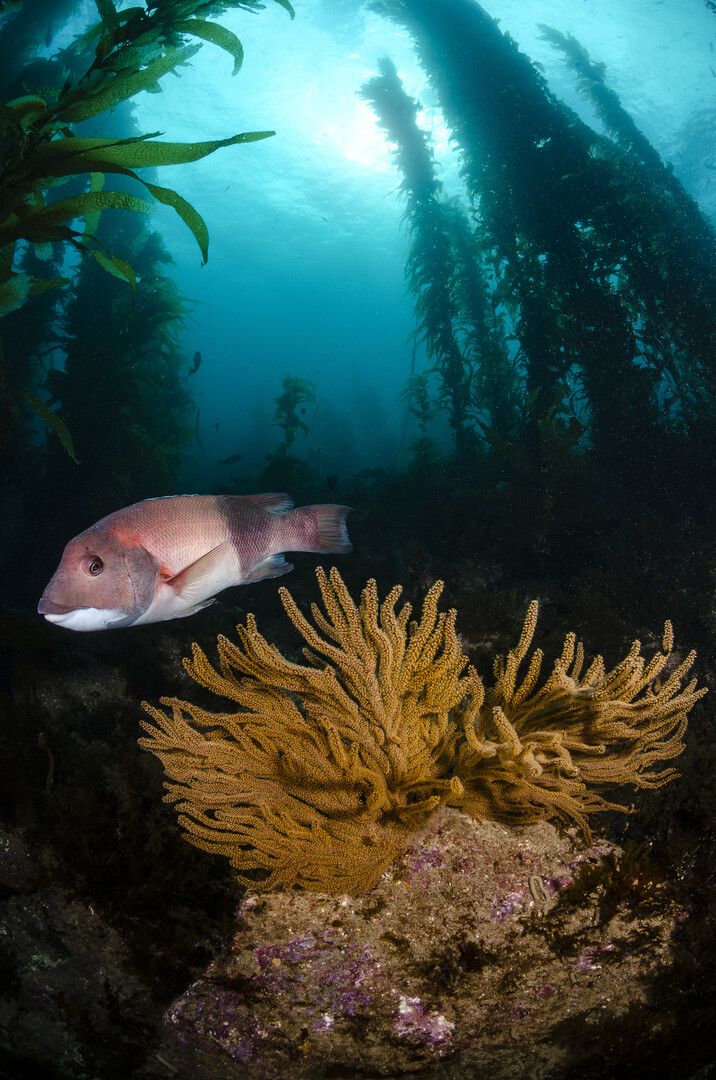
Connections to People
Winner - In The Shadow of the Canopy
Joseph Platko
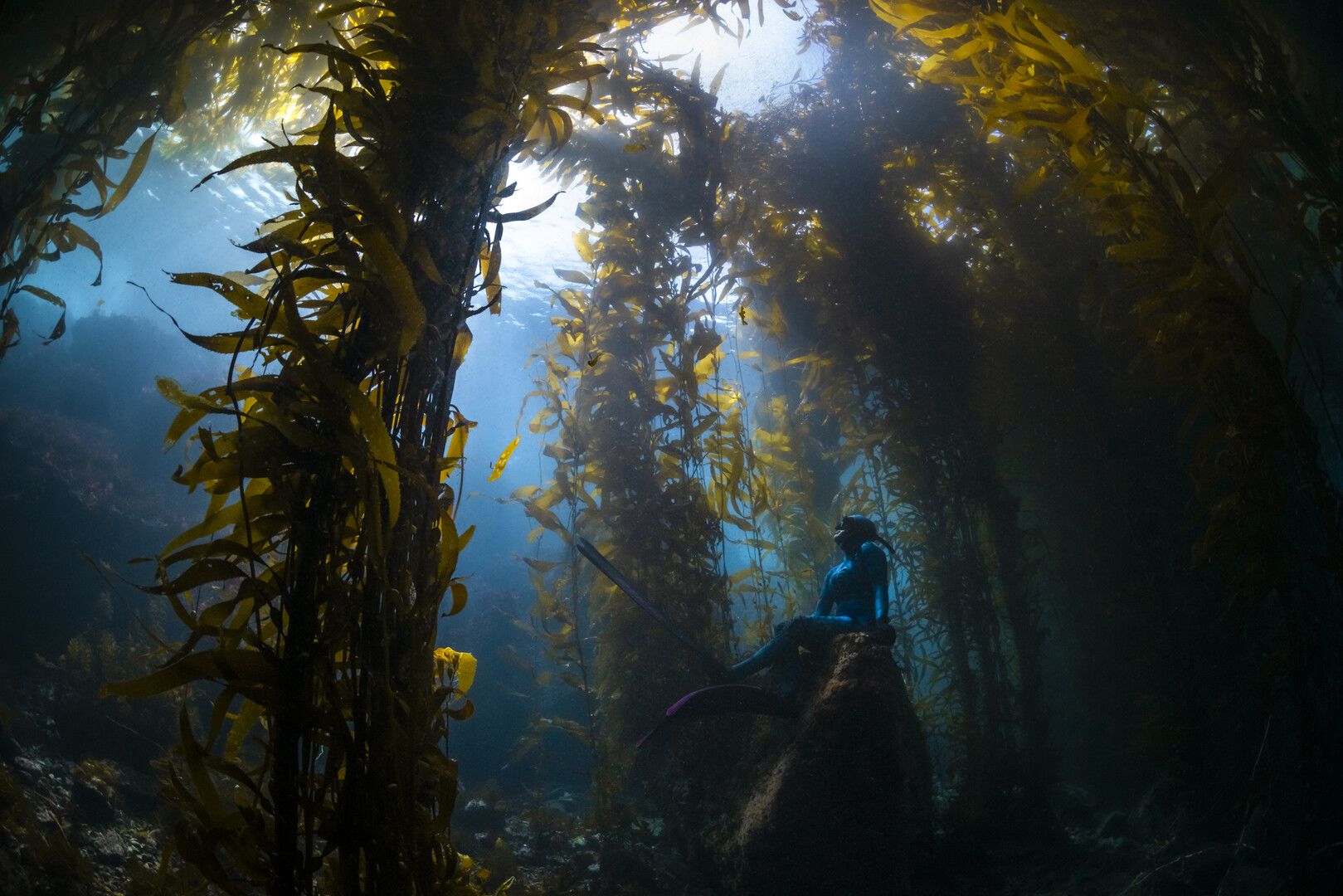
Runner Up - Kelp Yourselves
Patrick Webster
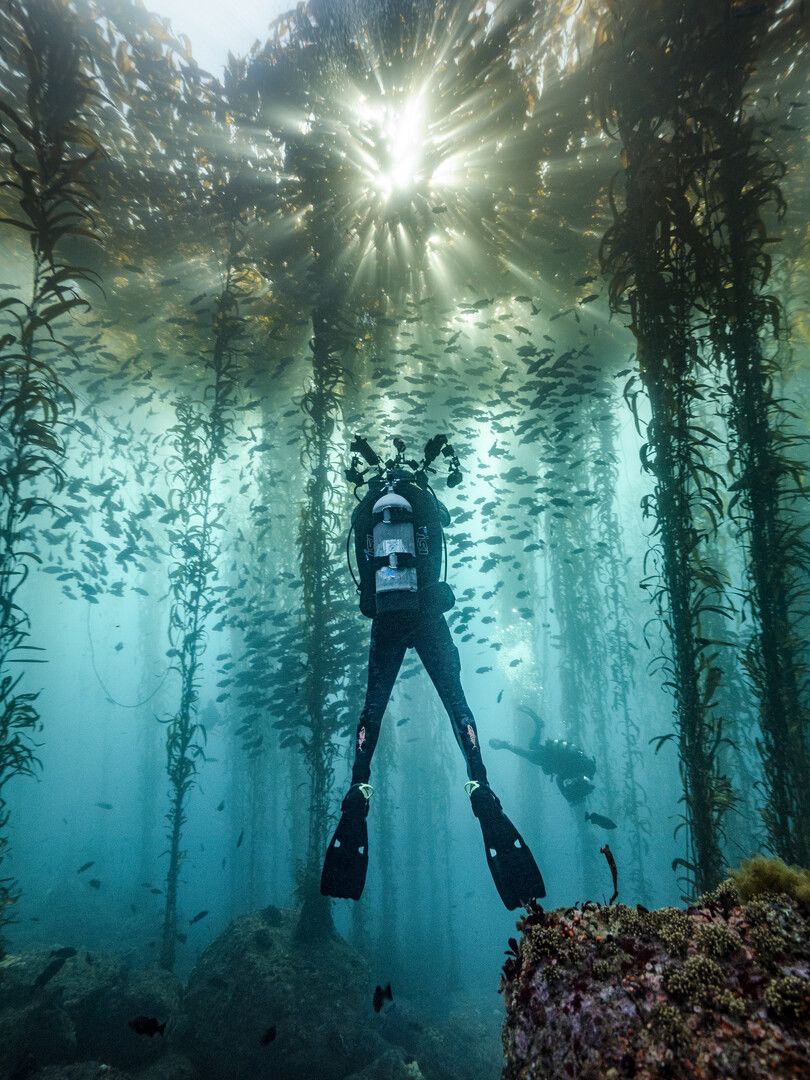
Second Runner Up - Entangled
Wanda von Bremen
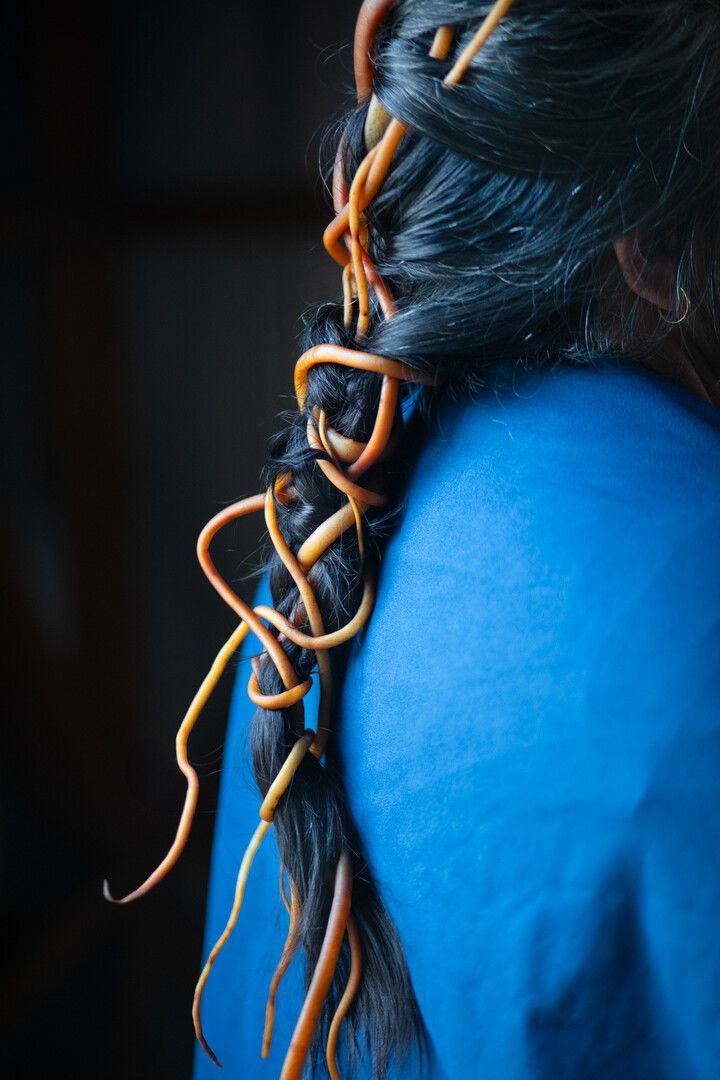
Coastal Forest
Nuno Vasco Rodrigues
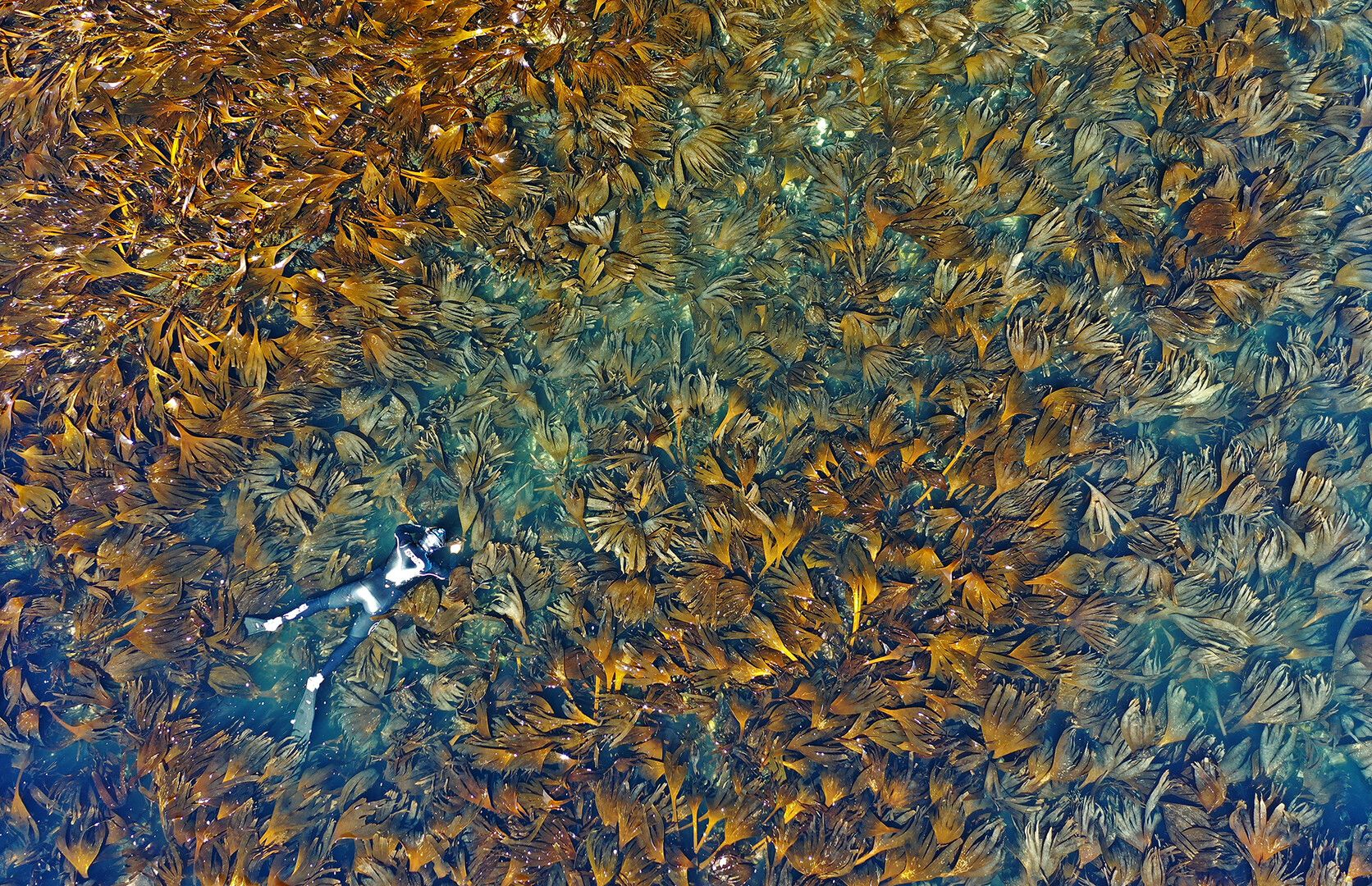
Parting the Canopy
Oriana Poindexter
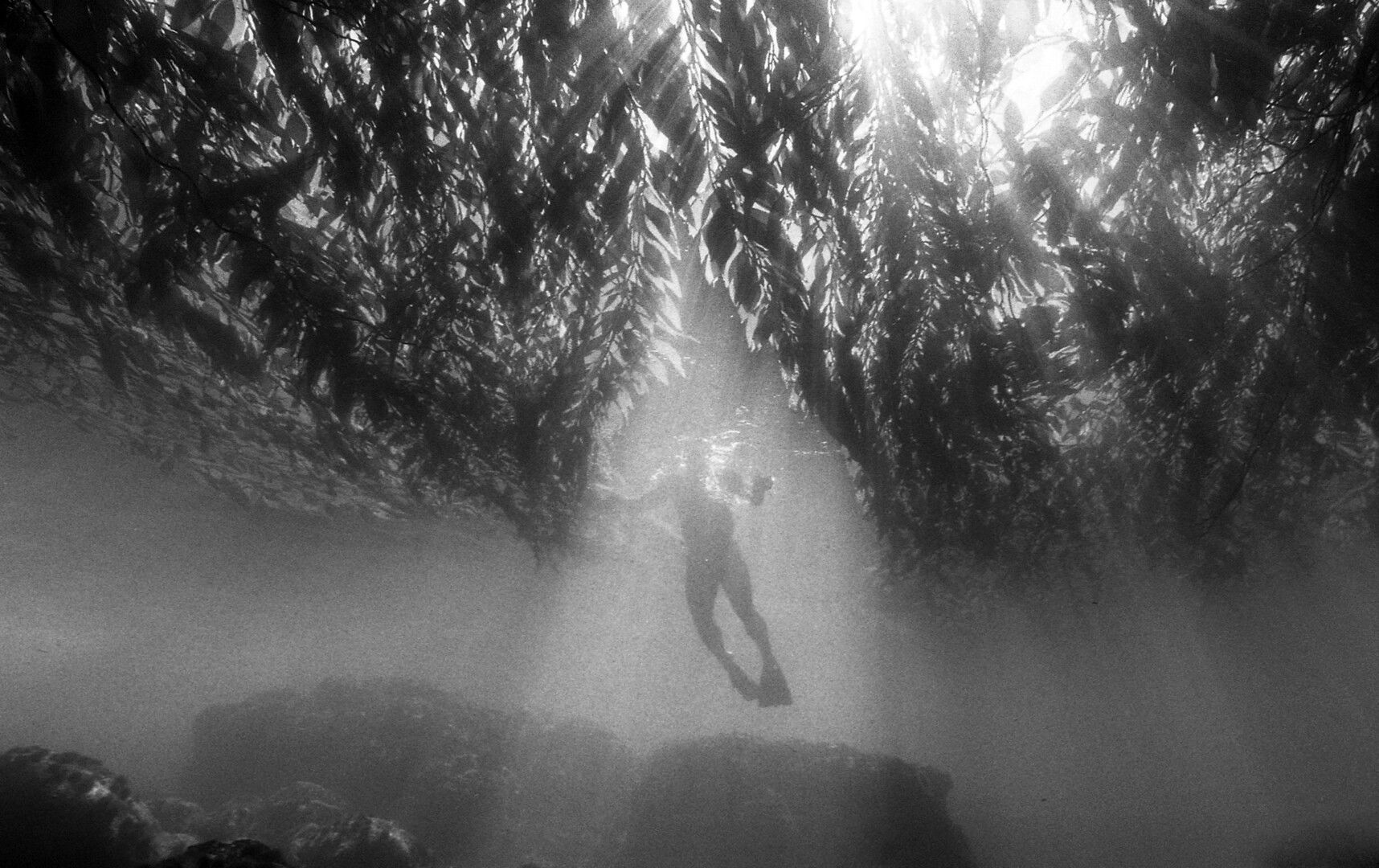
Into the Woods
Johnie Gall
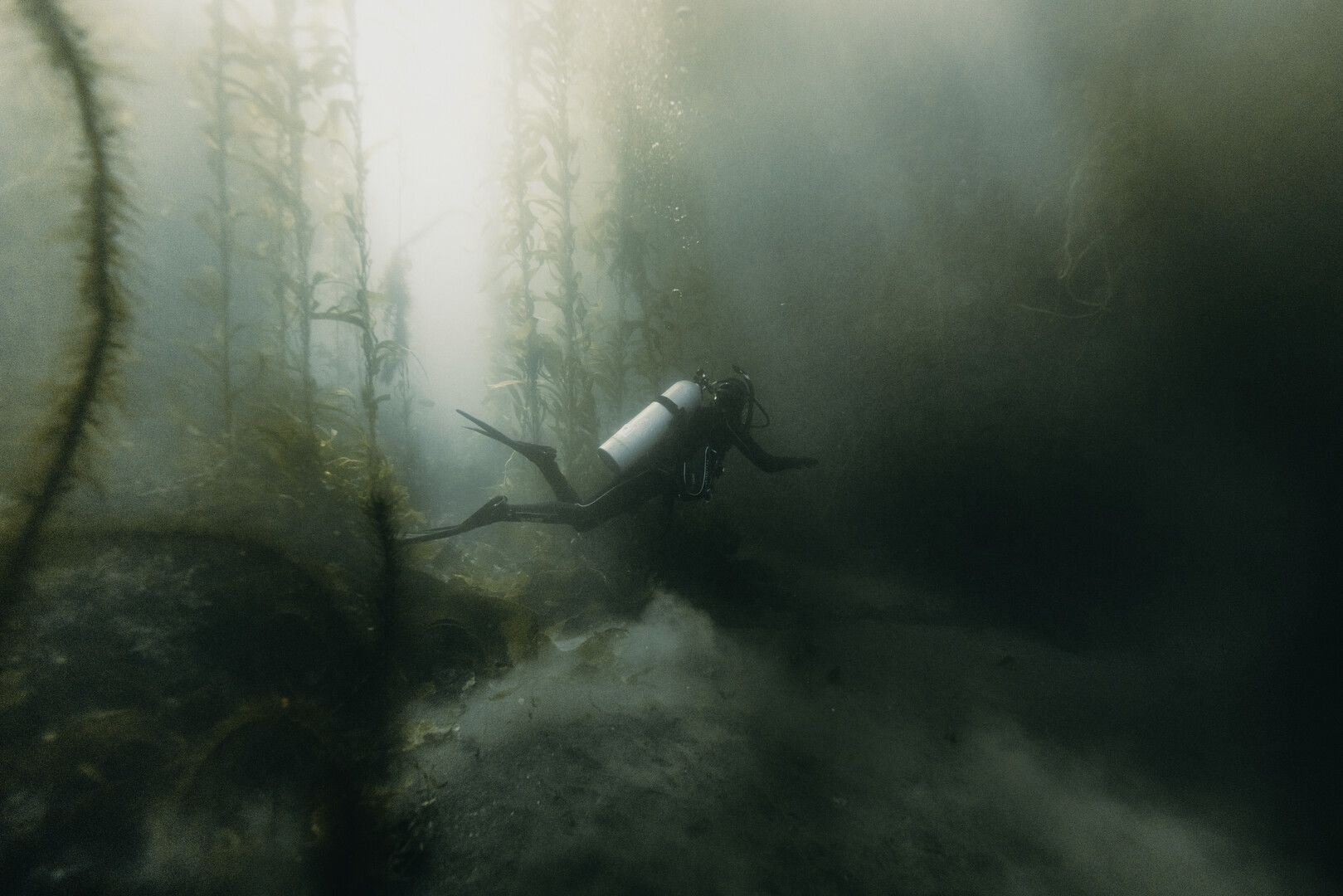
Narnia: Diving into a Different World
Gunnar Oberhösel
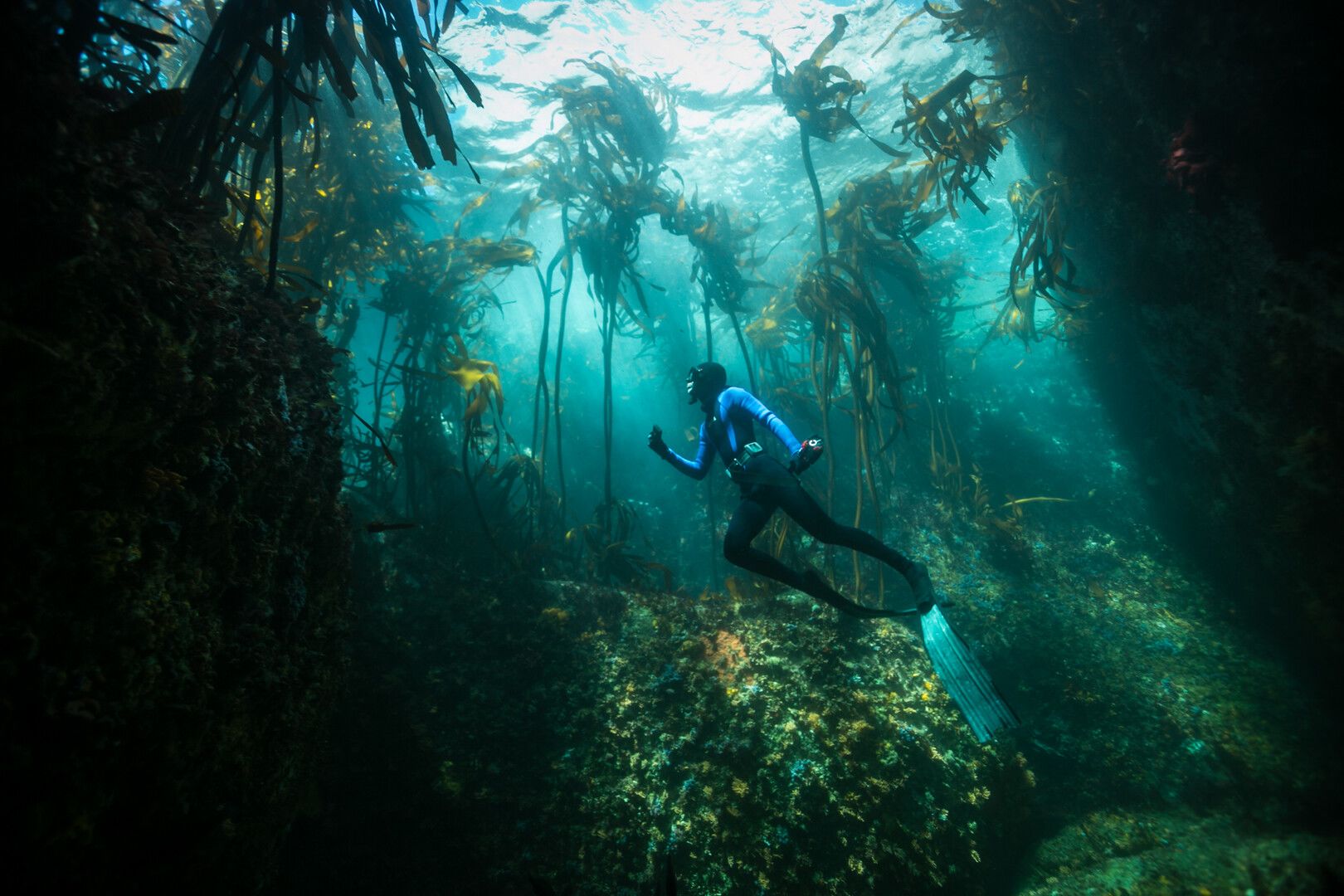
Descending into the Forest
Jon Anderson
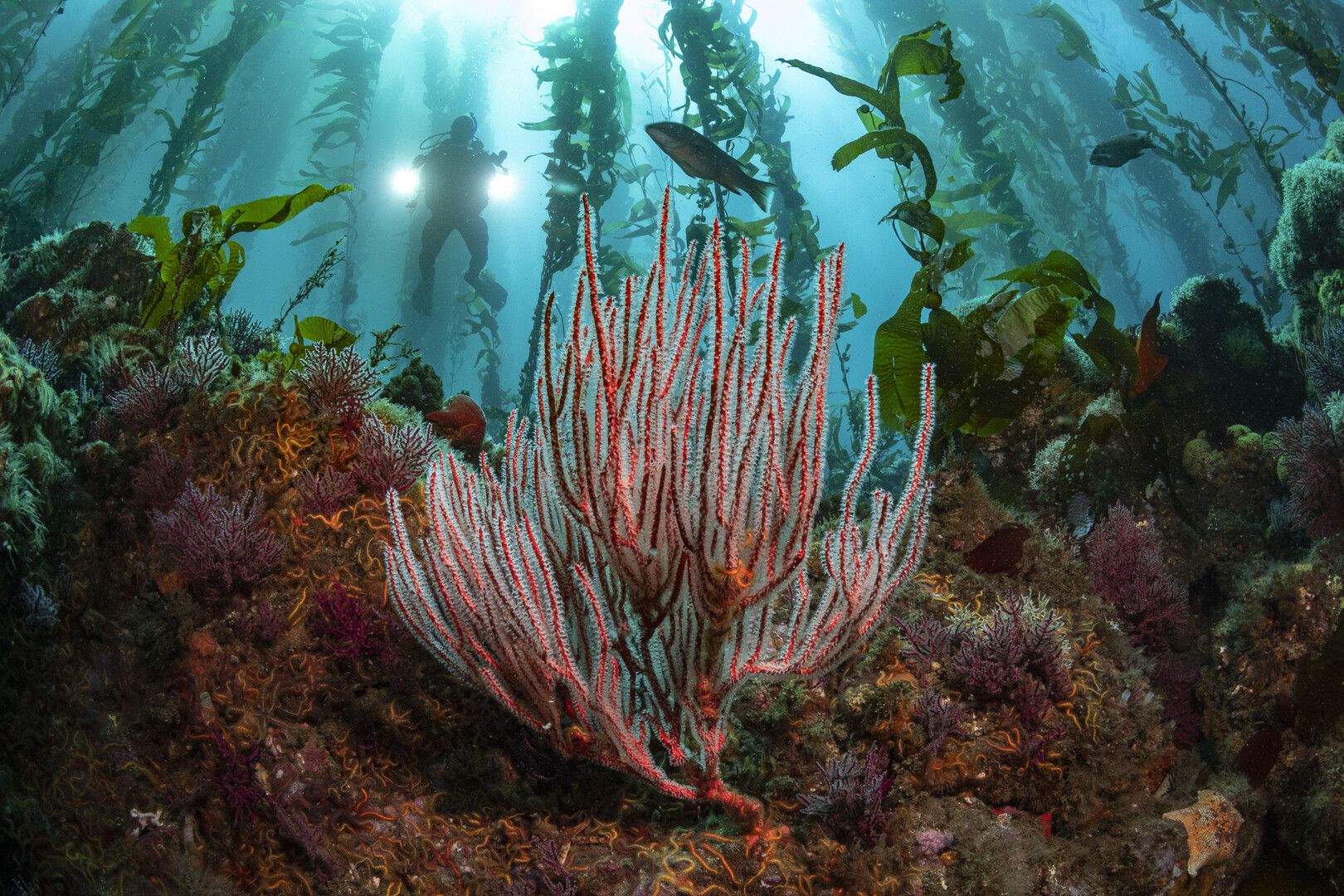
Chasing Kelp #2
Josie Iselin
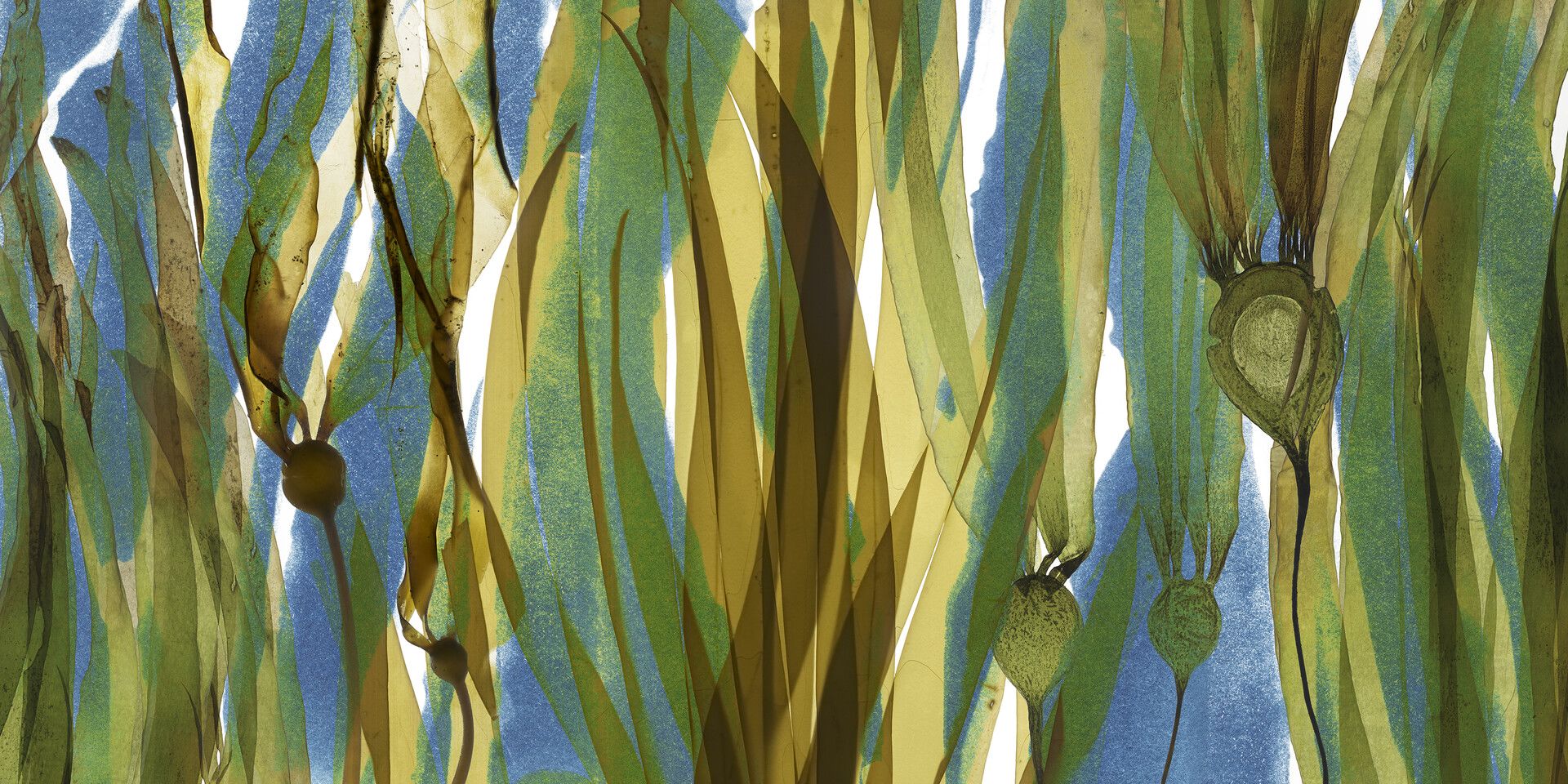
Red Ab Workout
Patrick Webster
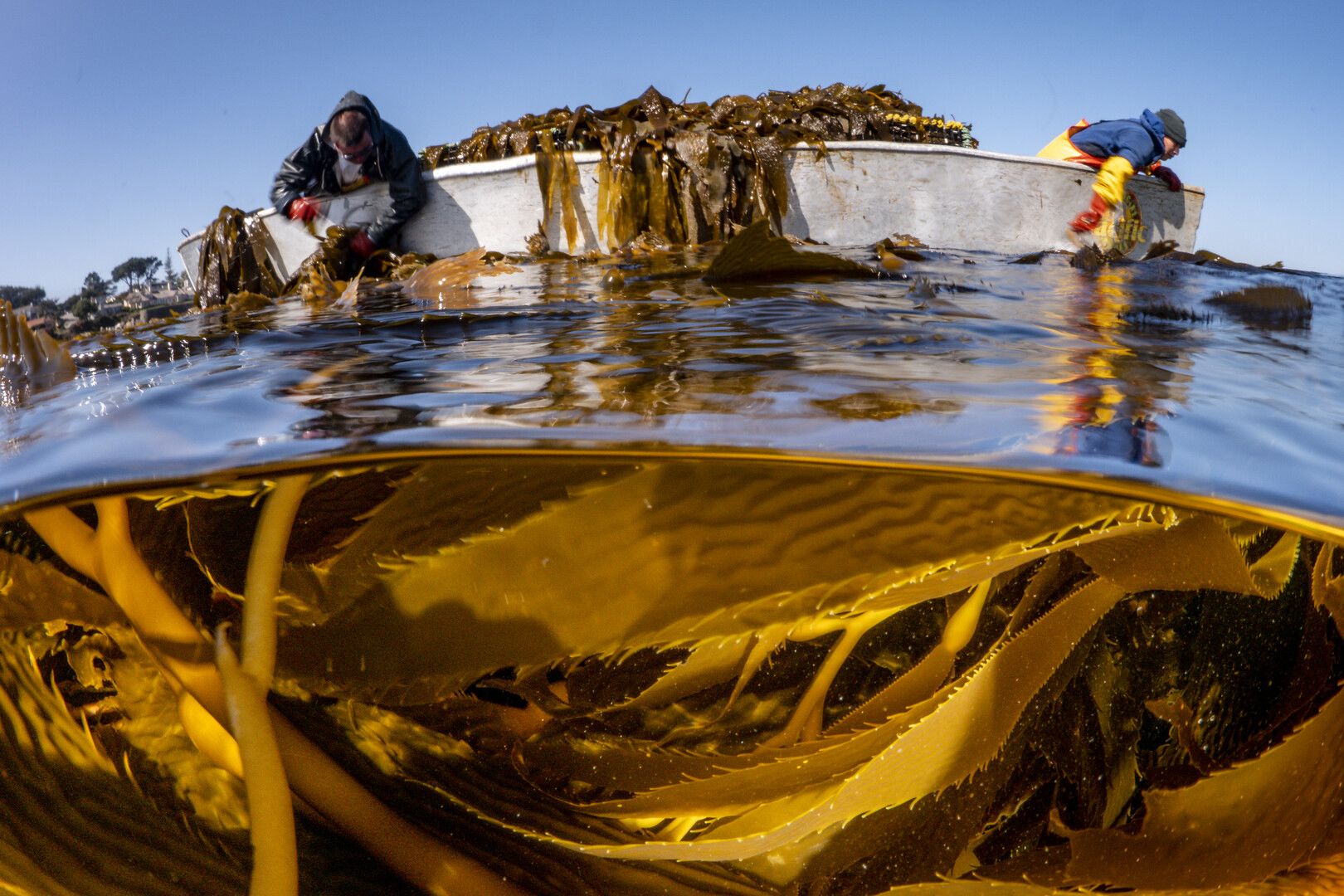
Kelp Ecosystems (Wide Angle)
Winner - Hooded Nudies
Brian Skjerven

Runner Up - Schooltime Blues
Sage Ono
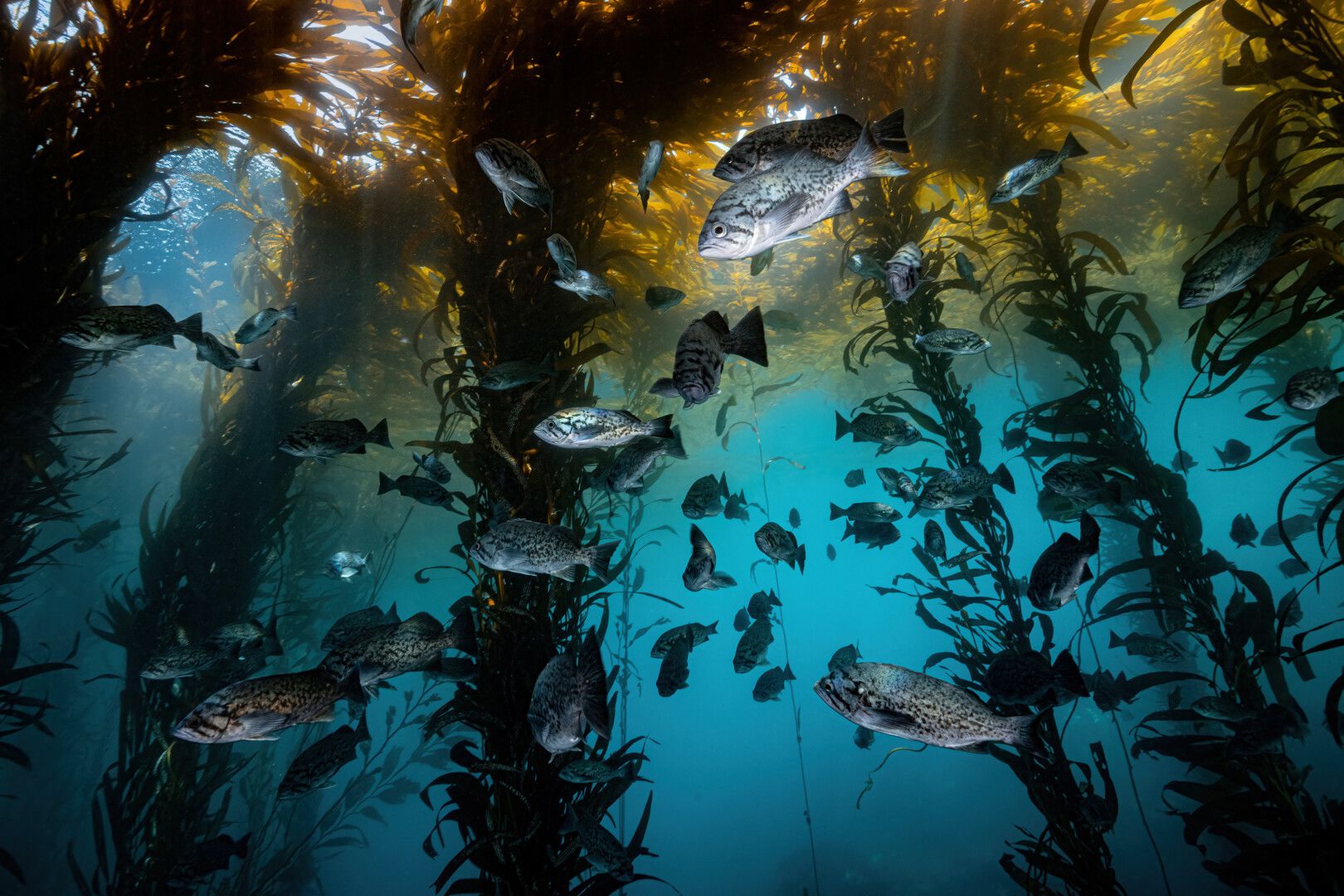
Second Runner Up - Stars and Sunbeams
Jon Anderson
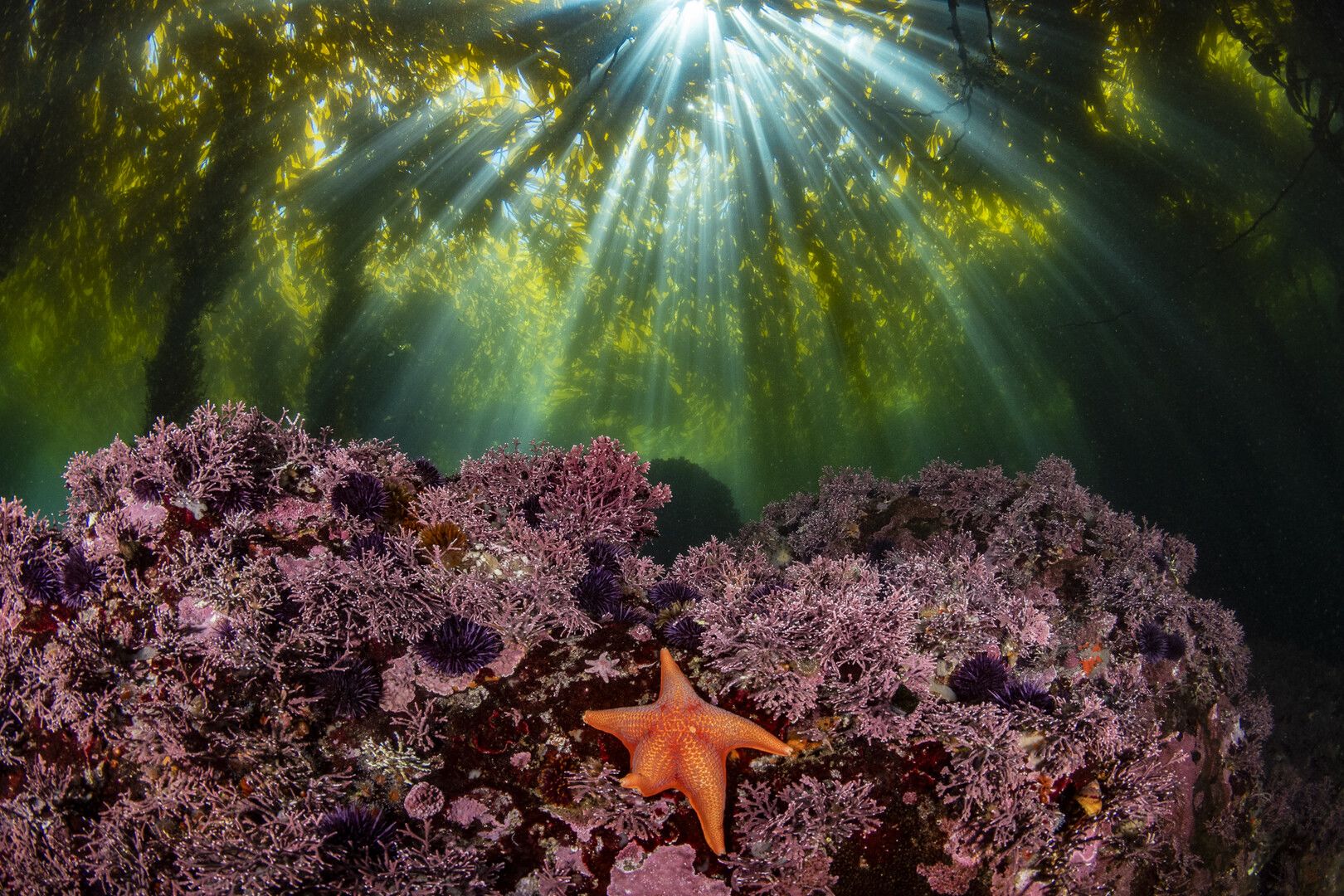
Summer Kelp
Xaime Beiro
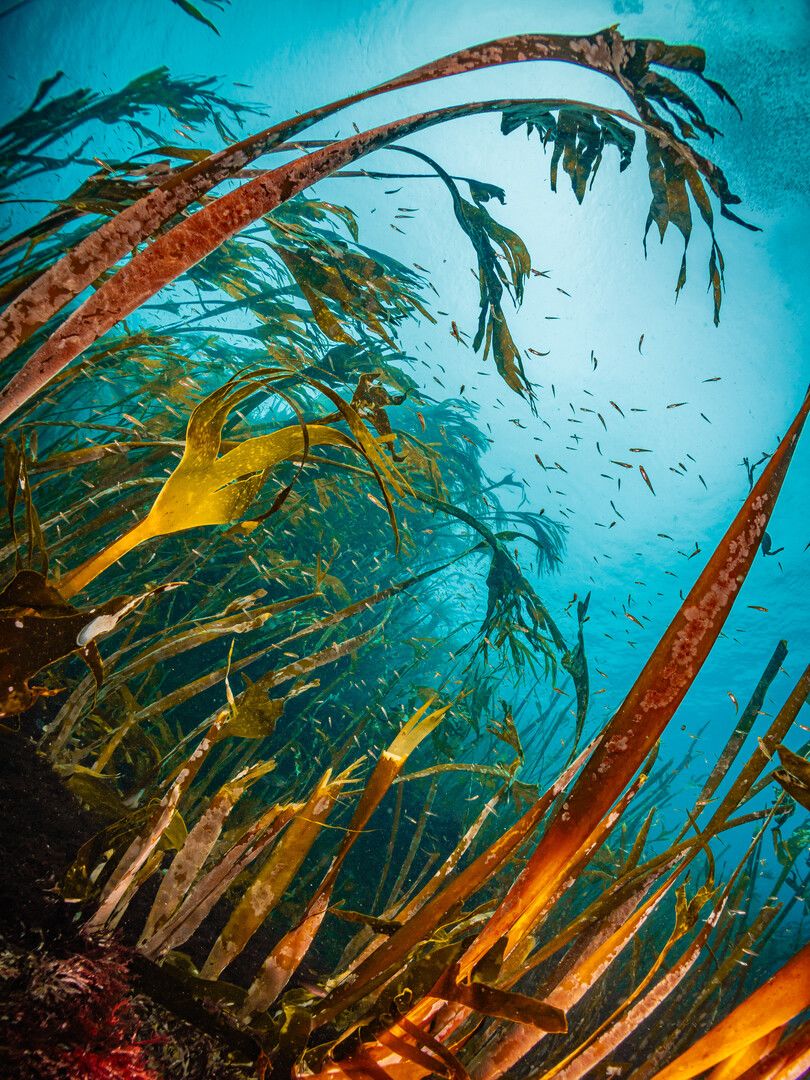
Kelp Growth
Brandon Huelga
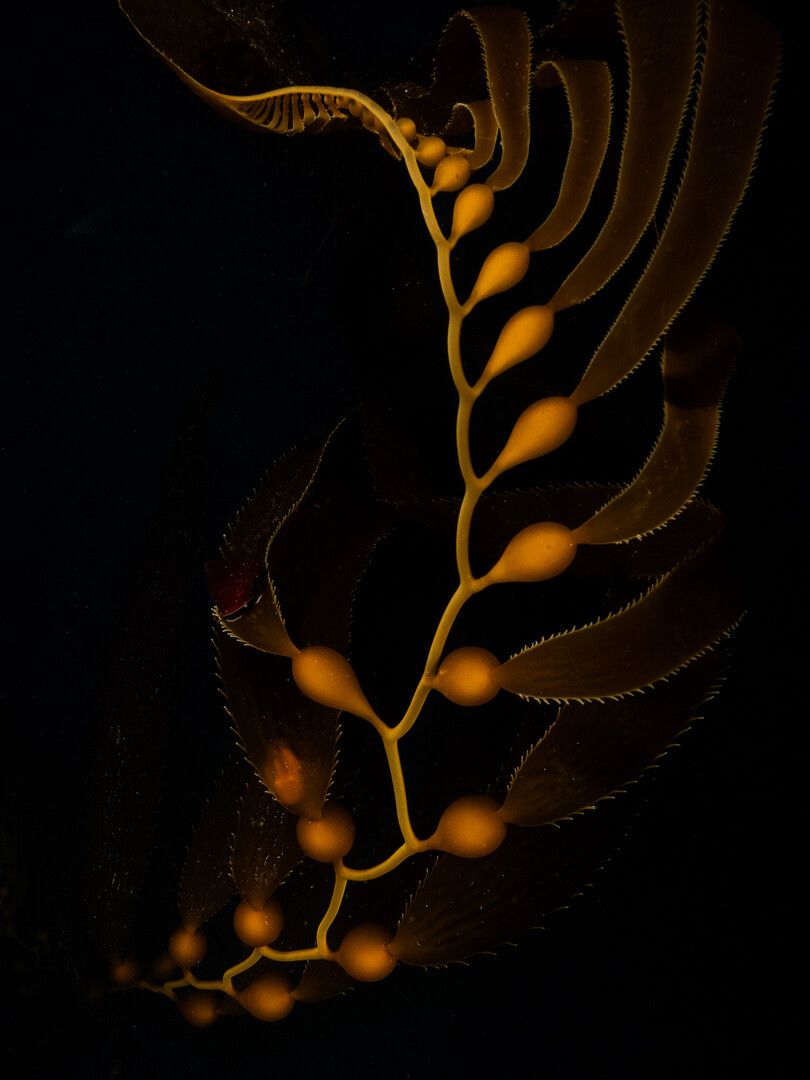
Kelp Glory
Christine Dorrity
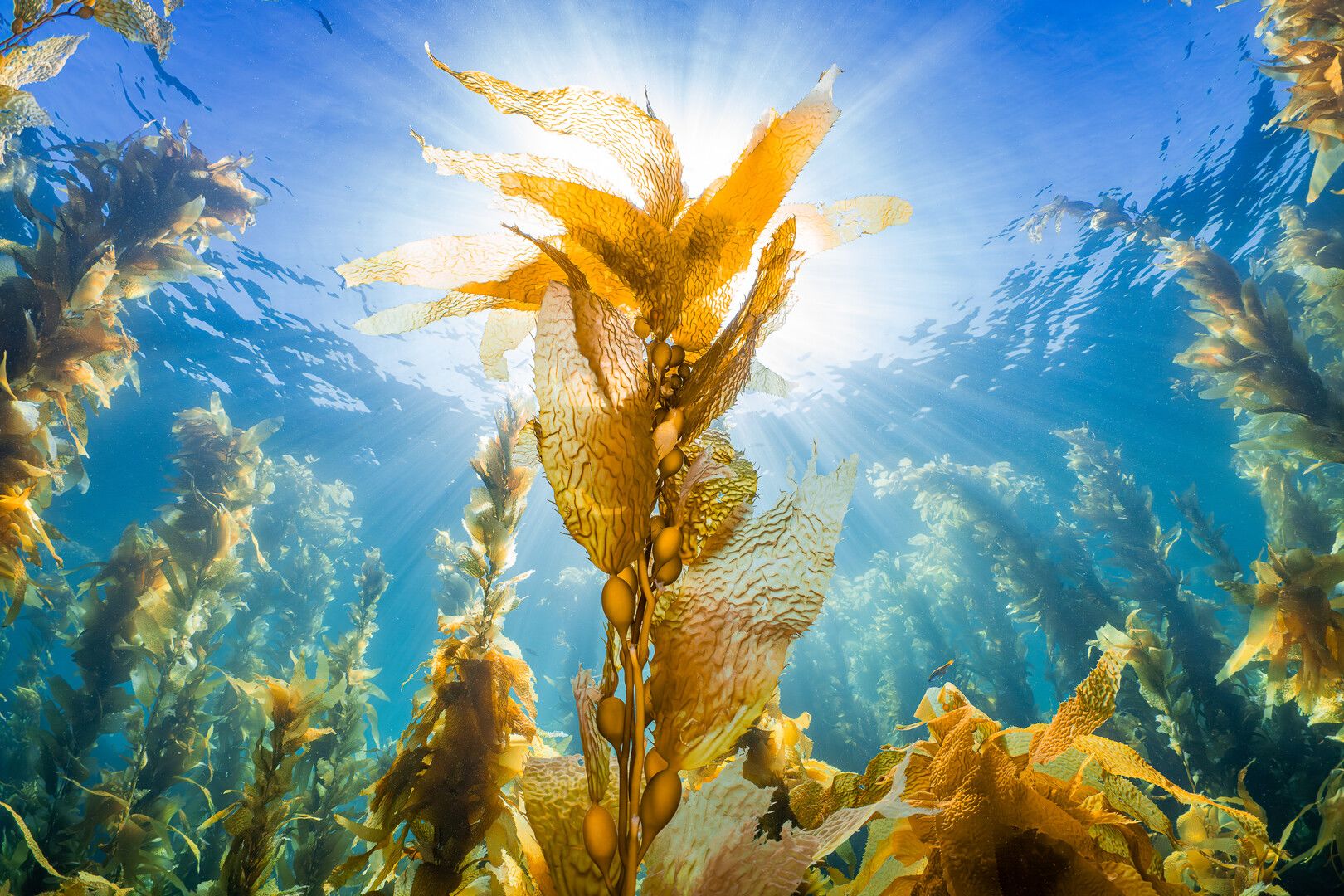
Magnificence In The Water Woods
Patrick Webster
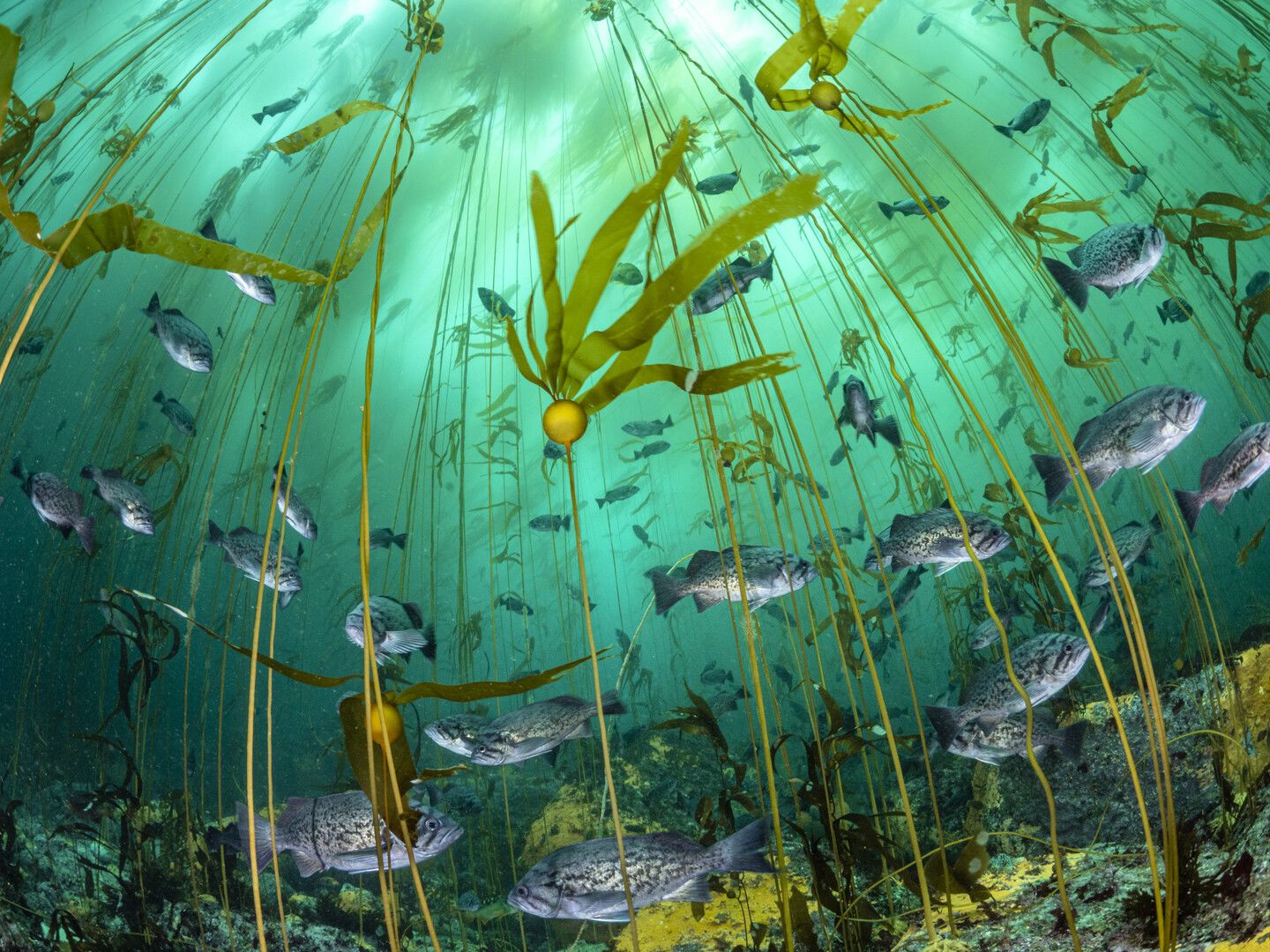
Red lipped gooseneck barnacles in kelp
Laura Tesler

Underglory
Patrick Webster
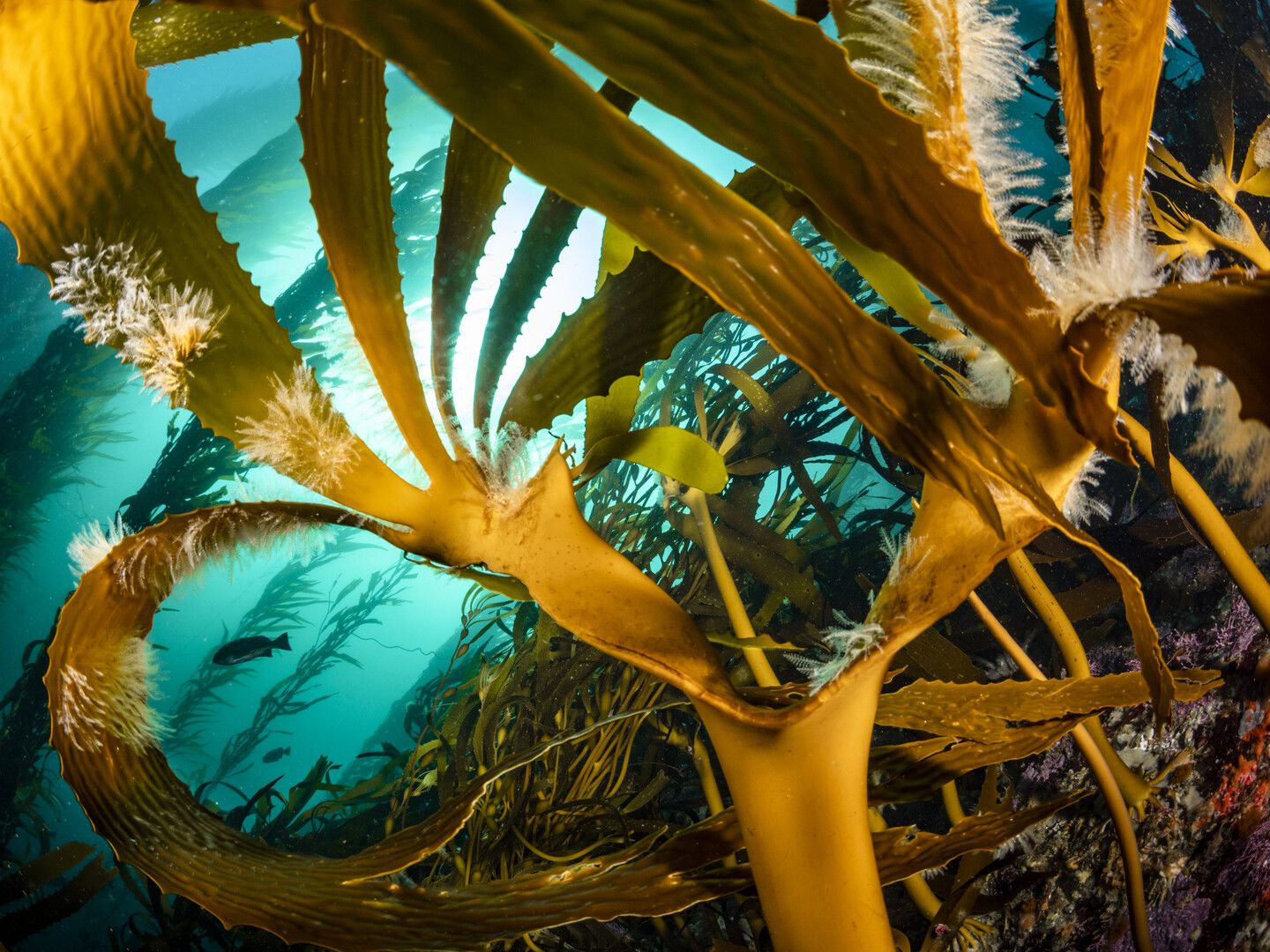
Crystal ball
Irene Middleton
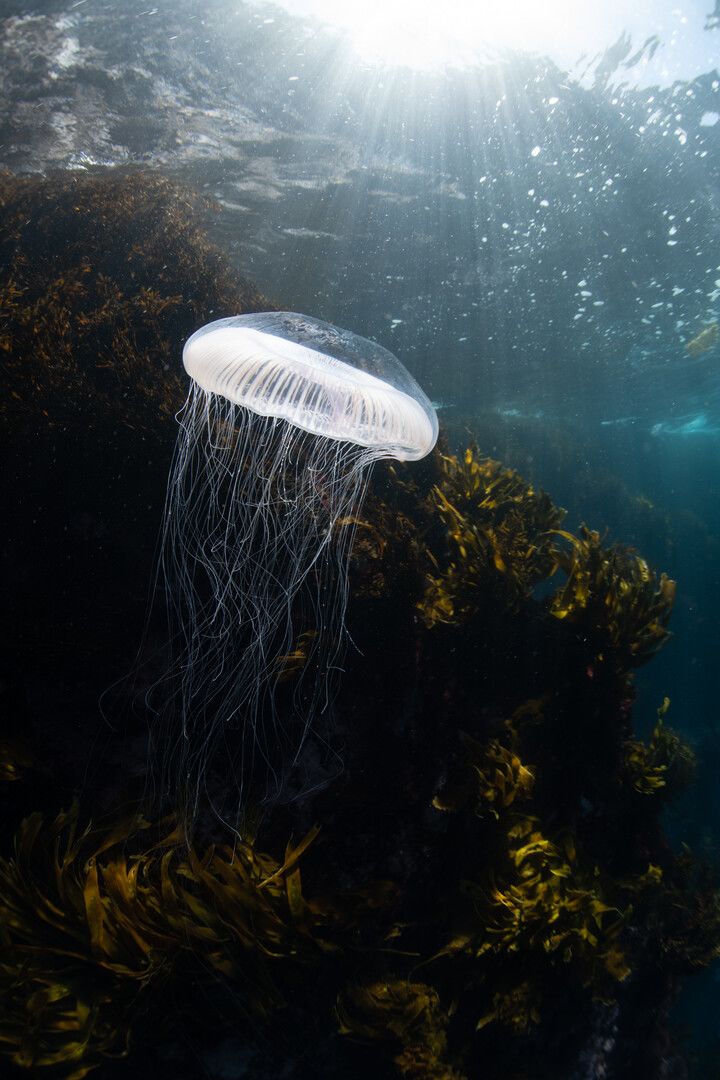
Fantasia
Helen Walne
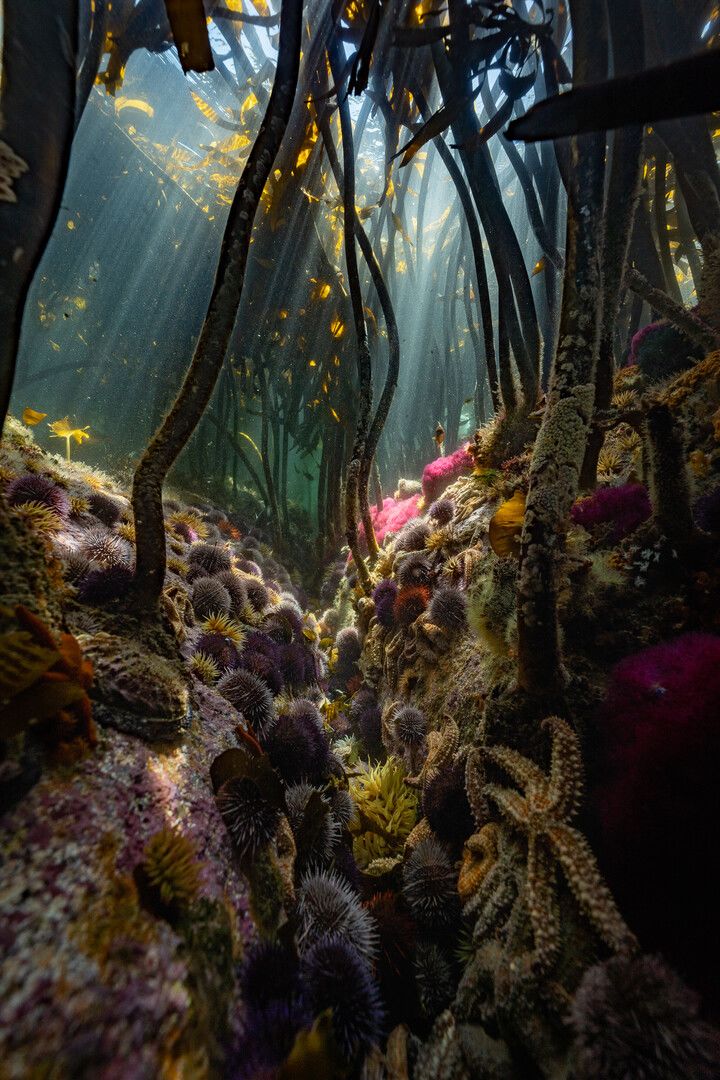
Canopeace Of Mind
Patrick Webster
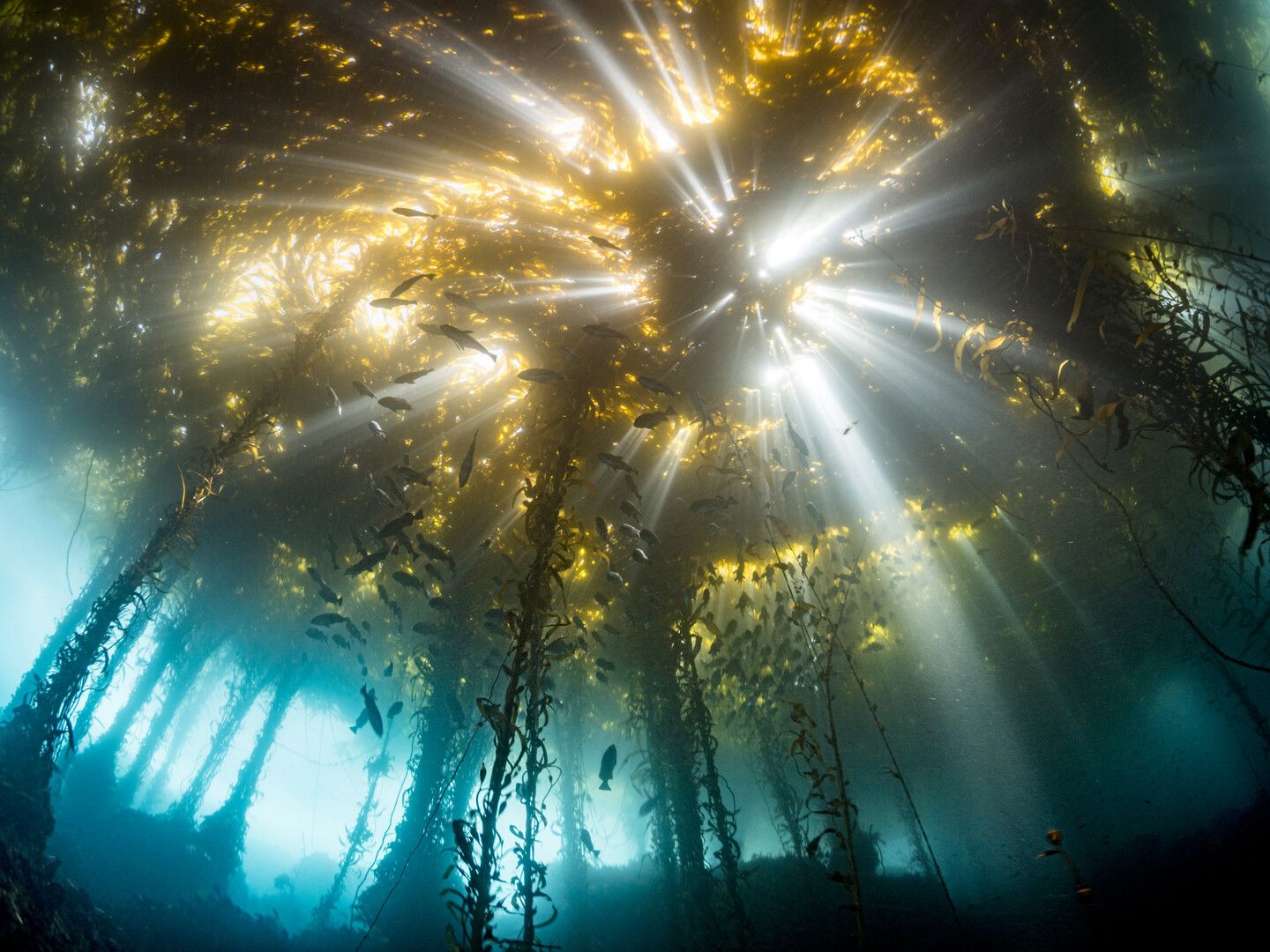
Patagonian coasts
Joel Reyero
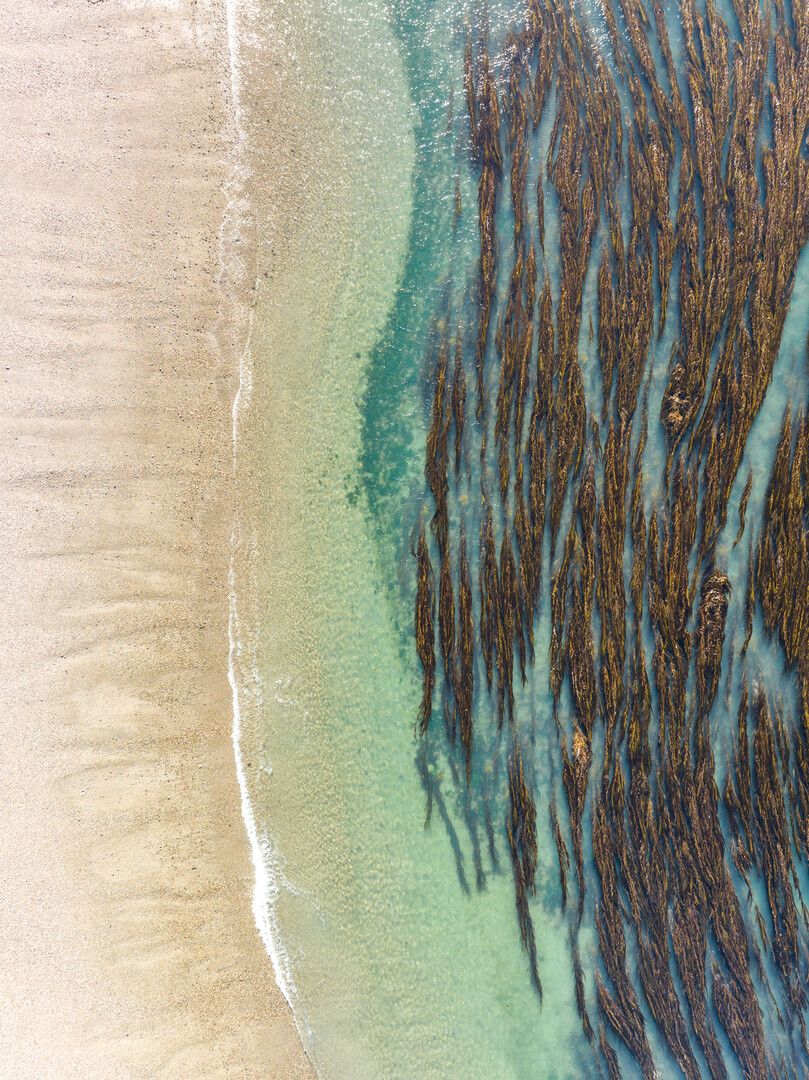
Liquid Gold
Joseph Platko
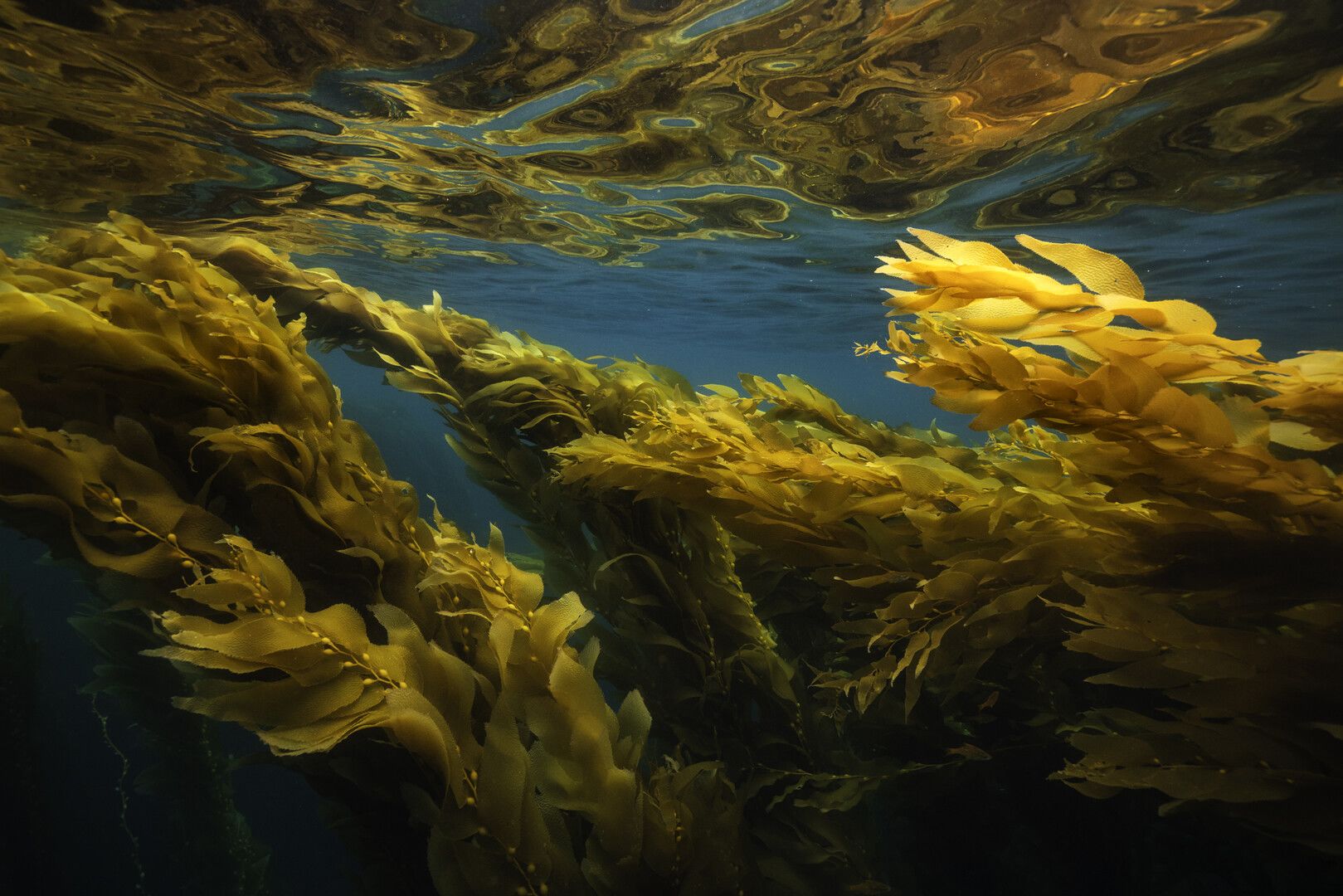
Great Southern Reef
Winner - Kelp Tentacles
Hunter Forbes
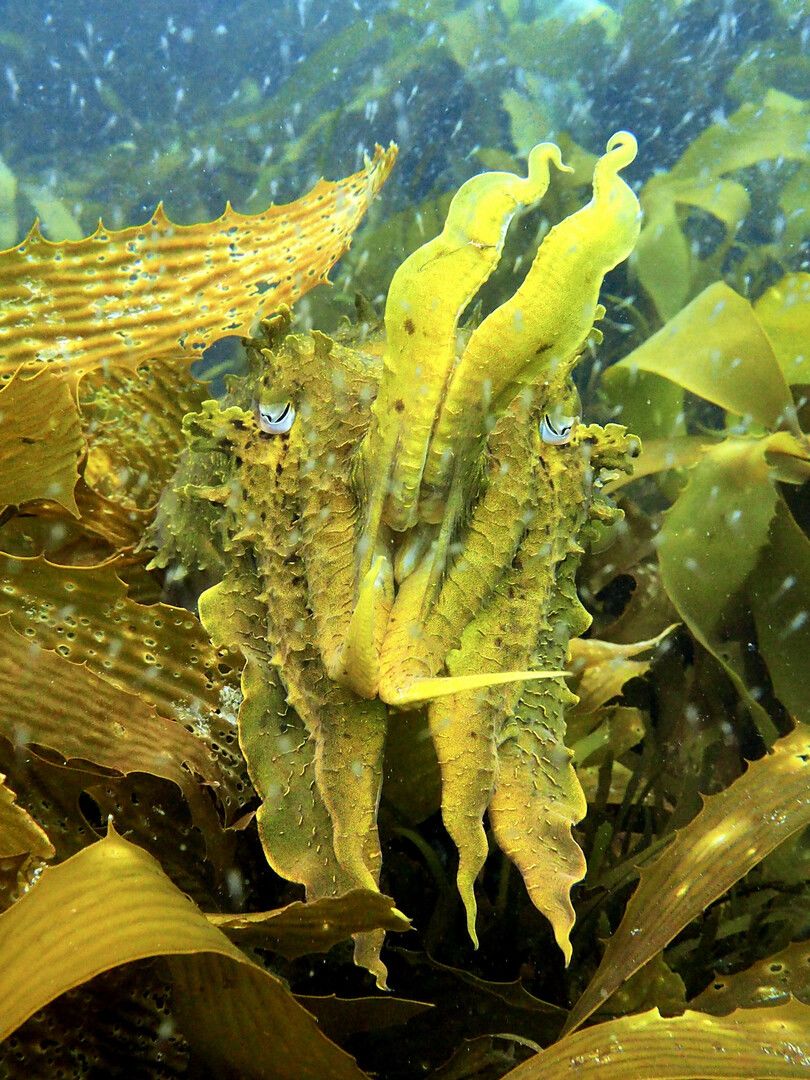
Runner Up - The final frontier
Scott Bennett
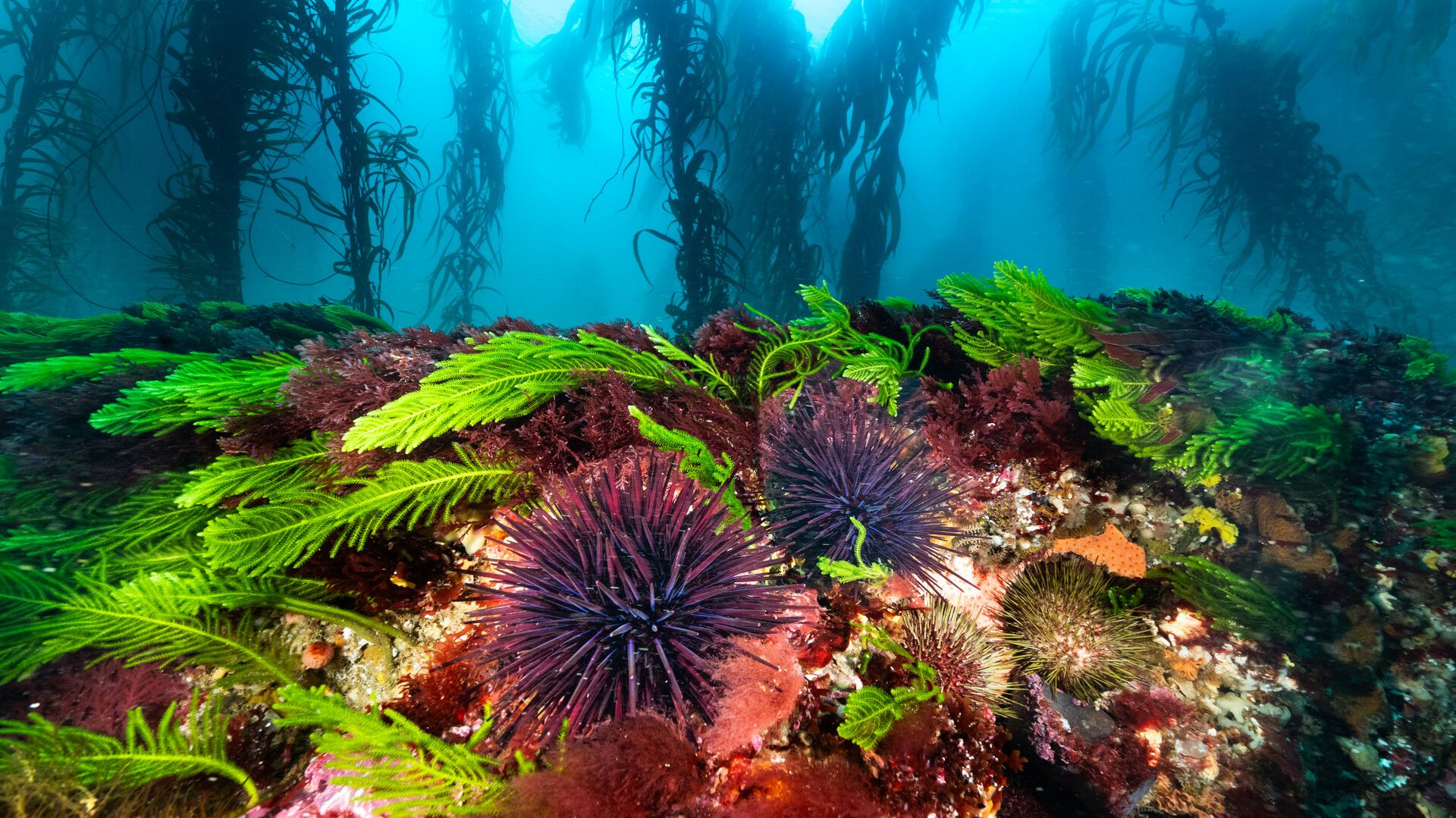
Second Runner Up - Golden dragon
Catherine Holmes
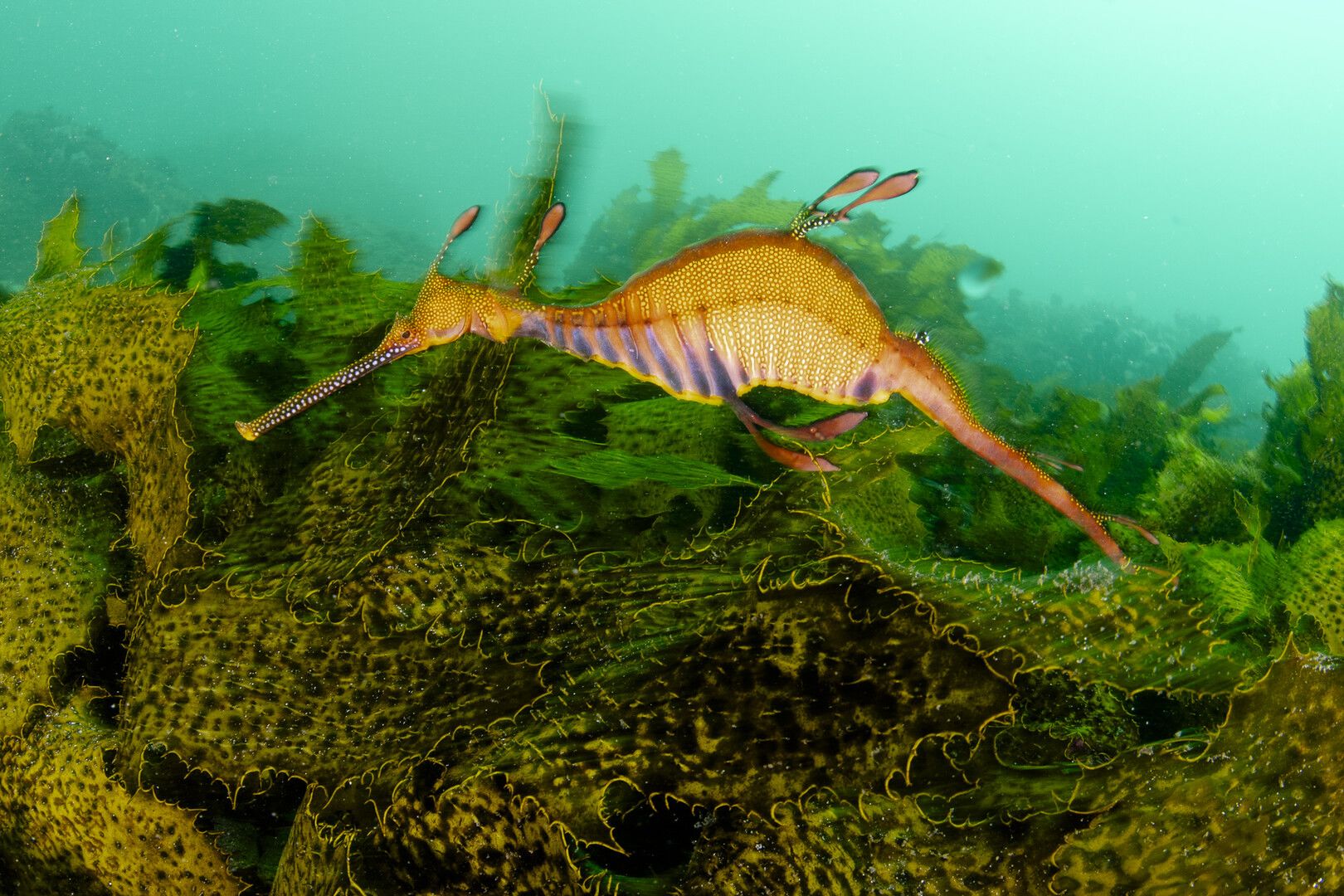
Tending the Octopus Garden
Hunter Forbes
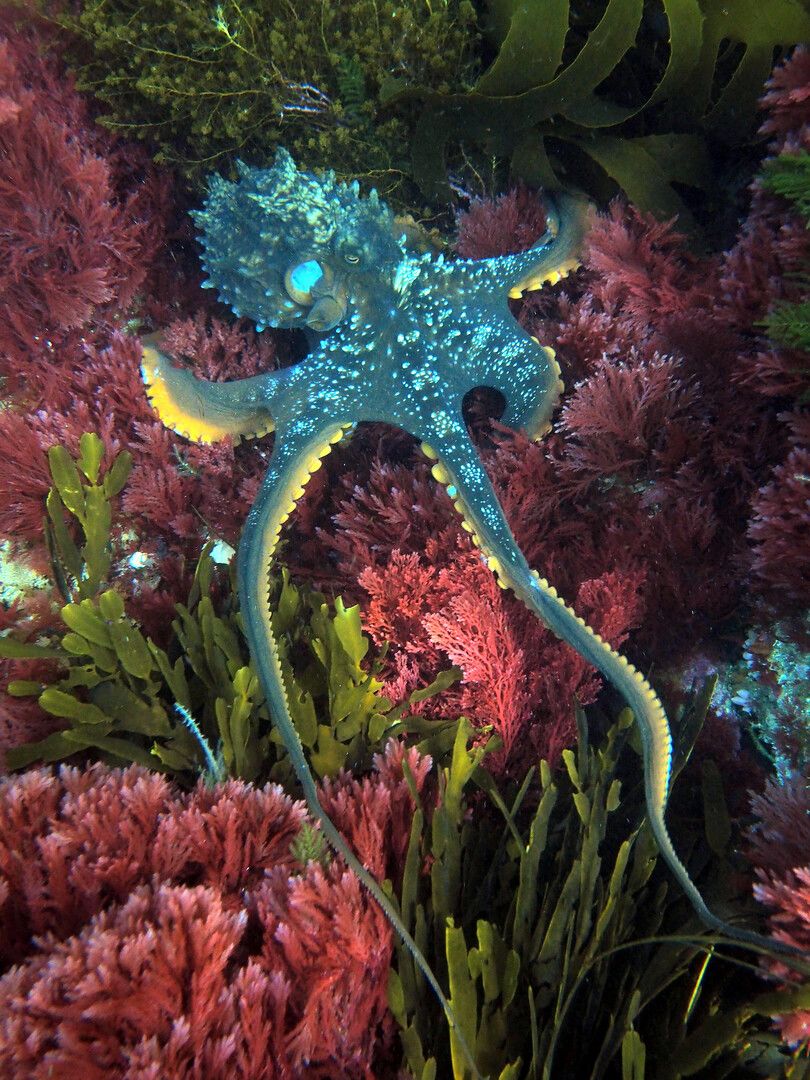
Reflections
Amy Lawson
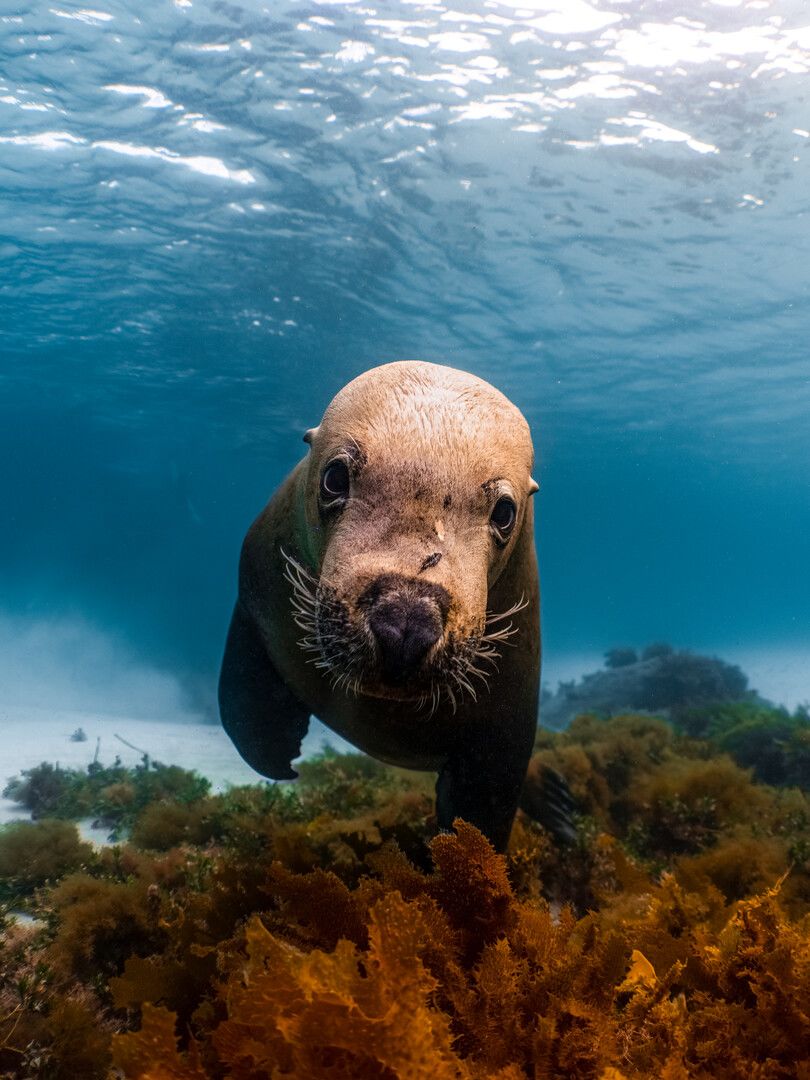
One With The Forest
Amy Lawson

Dragons Den
Amy Lawson
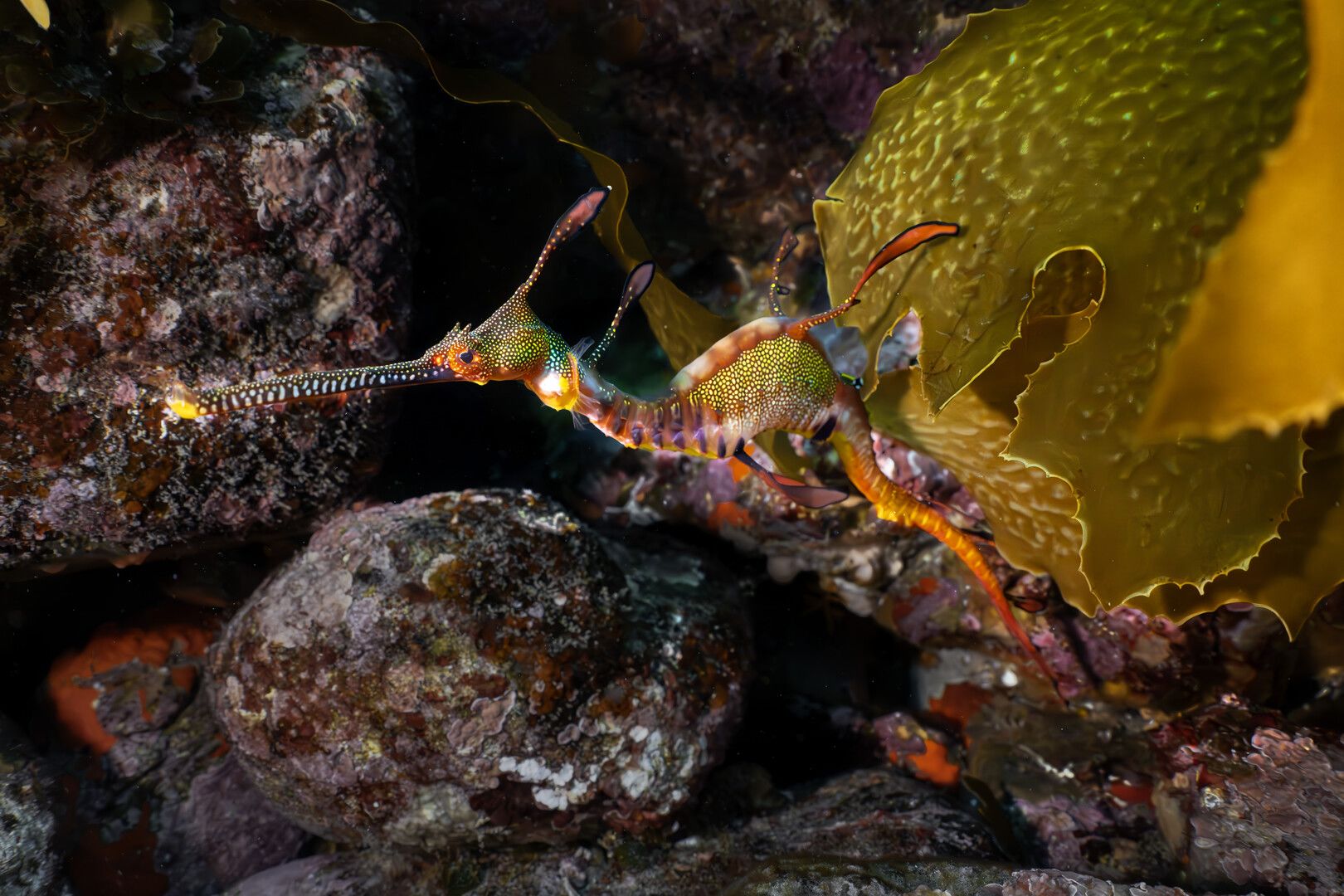
The Hypnotist
Francesca Page
In the winter months of South Australia, these waters host one of the world’s most unique and spectacular wildlife events. From May to August each year, more than 250,000 Giant Cuttlefish migrate to the cold and rocky waters here to mate and then die. I lay amongst the seaweed, surrounded by hundreds of Giant Cuttlefish battling It out for the females hiding below. I watch two males eyeing each other up, their male dominance and need to mate overpowering their senses. The start of elaborate colour and shape-shifting show paired with intimidating skin displays began in front of my very eyes. Let the Fight begin!
In the 90’s these incredible animals were nearly wiped out due to overfishing. In the space of 3 weeks, 38 boats caught 270 tonnes of Giant Cuttlefish. In the years following their population dwindled to next to nothing. But due to conservation pressures a permanent ban on fishing for Giant Cuttlefish has been put in place in this area allowing them to bounce back to healthy numbers. And now instead of fishing them, we dive with them to enjoy their beauty and wonder.
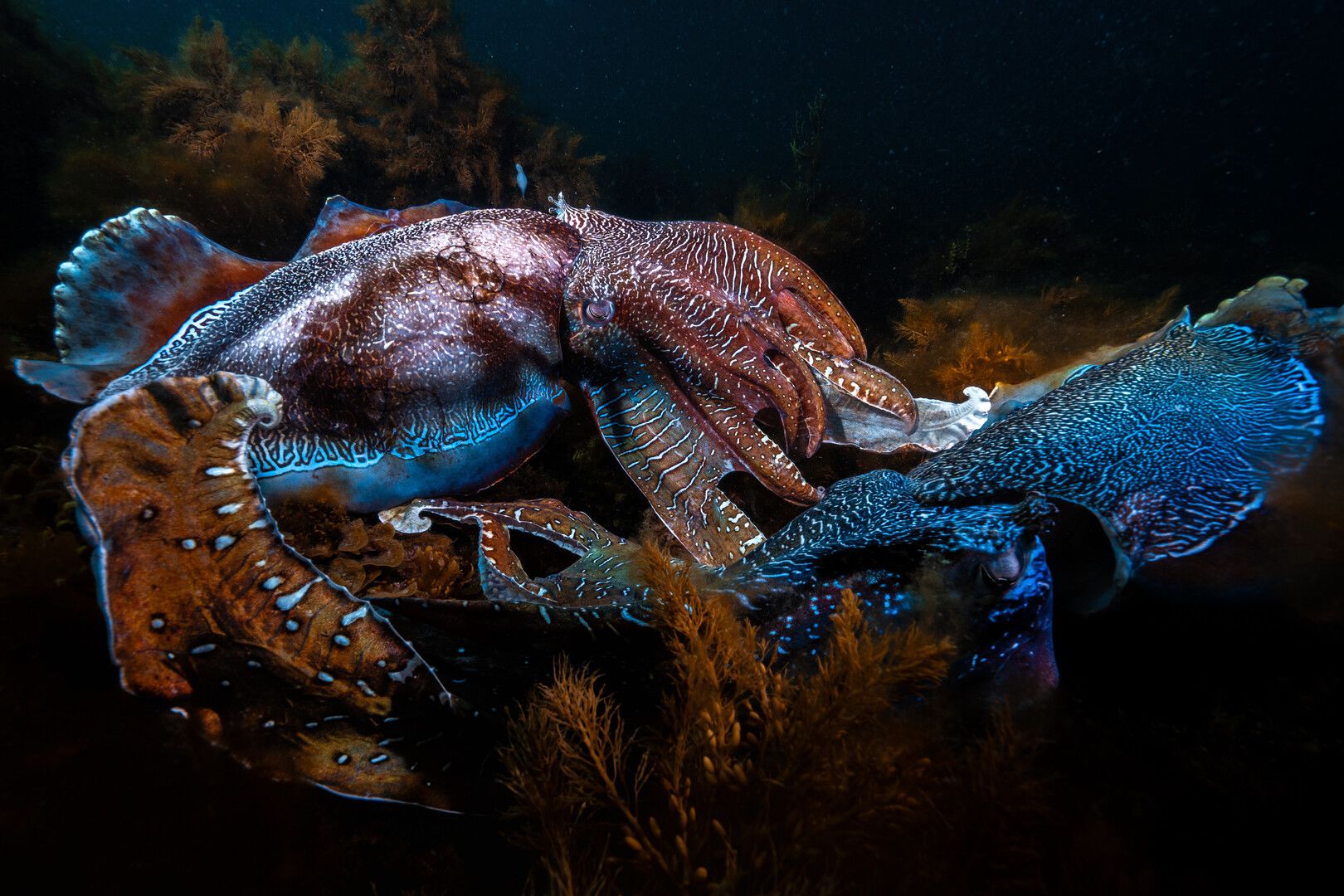
Hidden Dragon
Ian Segebarth
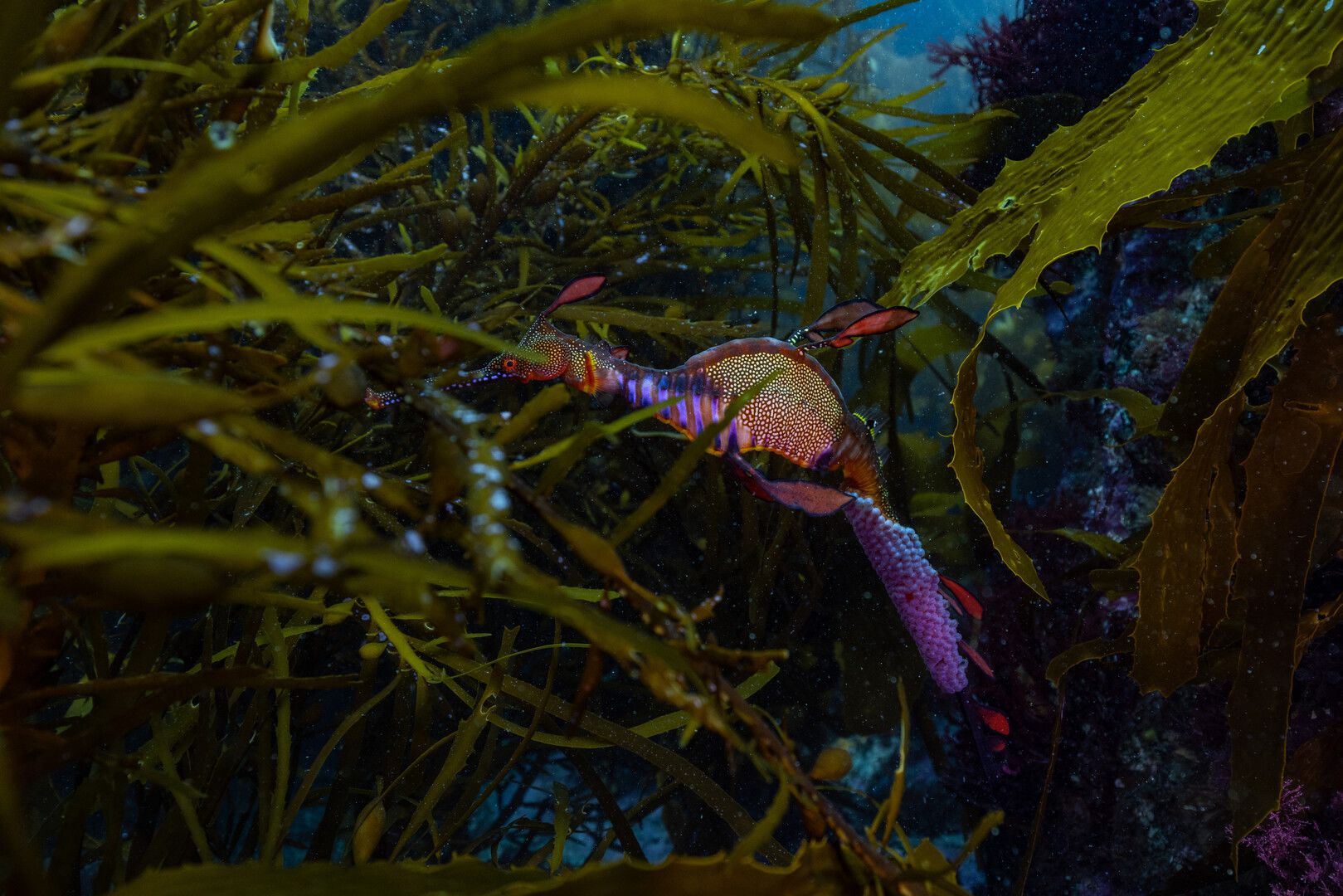
Golden Ray
Ian Segebarth
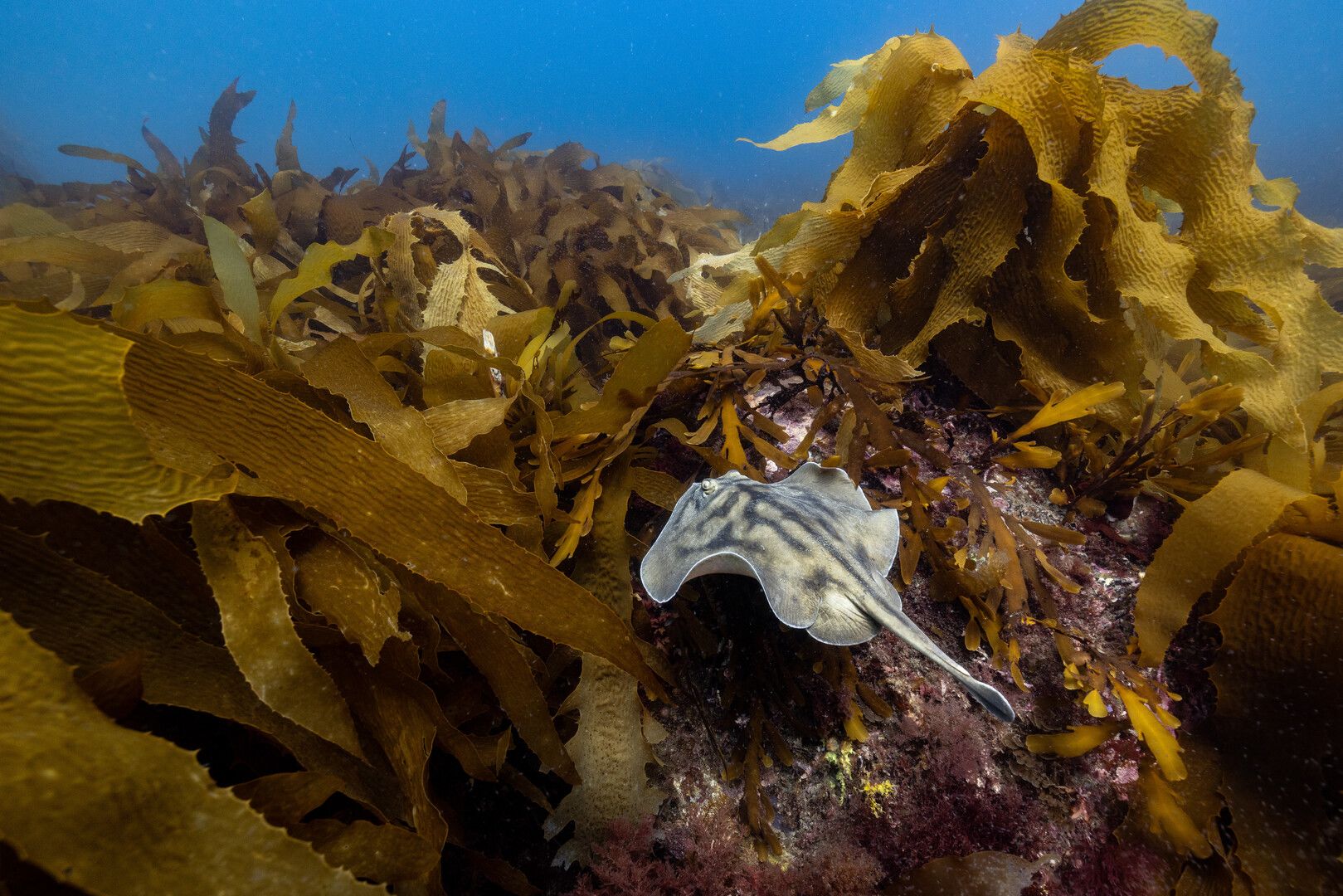
Kelp For Our Future
Winner - Urchin Undertakers
Sage Ono
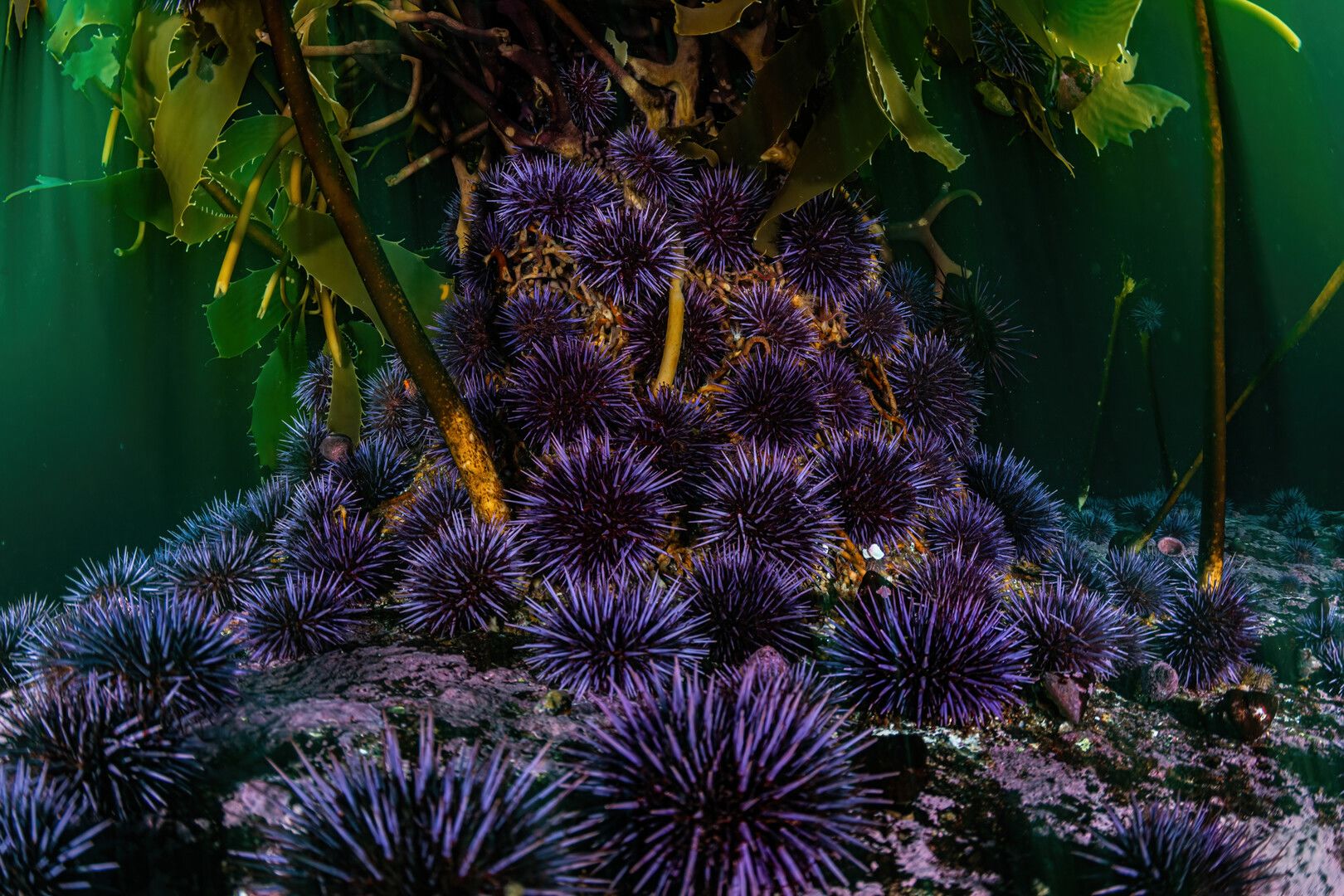
Runner Up - Symbiosis
Giacomo d'Orlando

Second Runner Up - Lurking Urchin
Jon Anderson
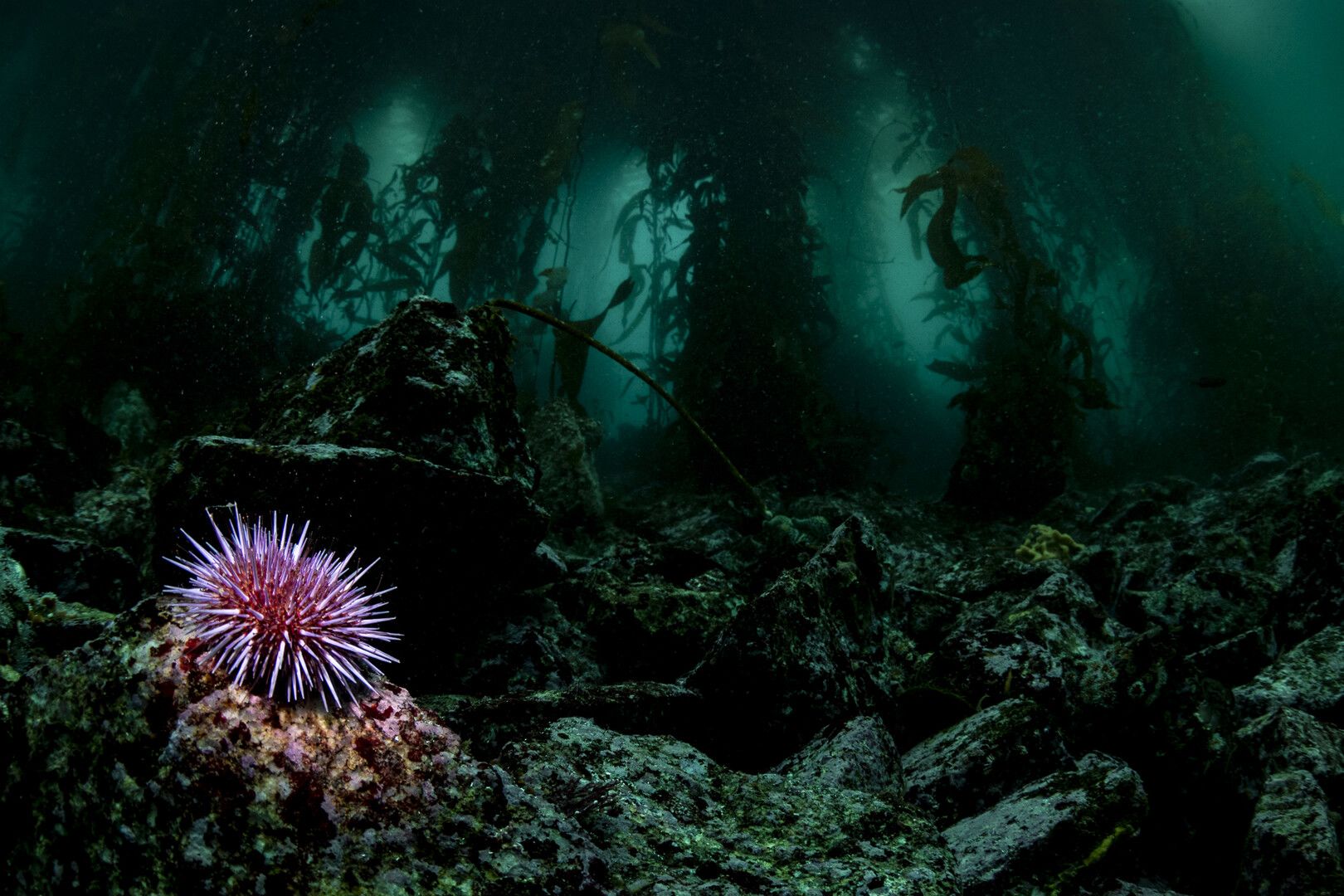
Self Seeding
Jarrod Borod
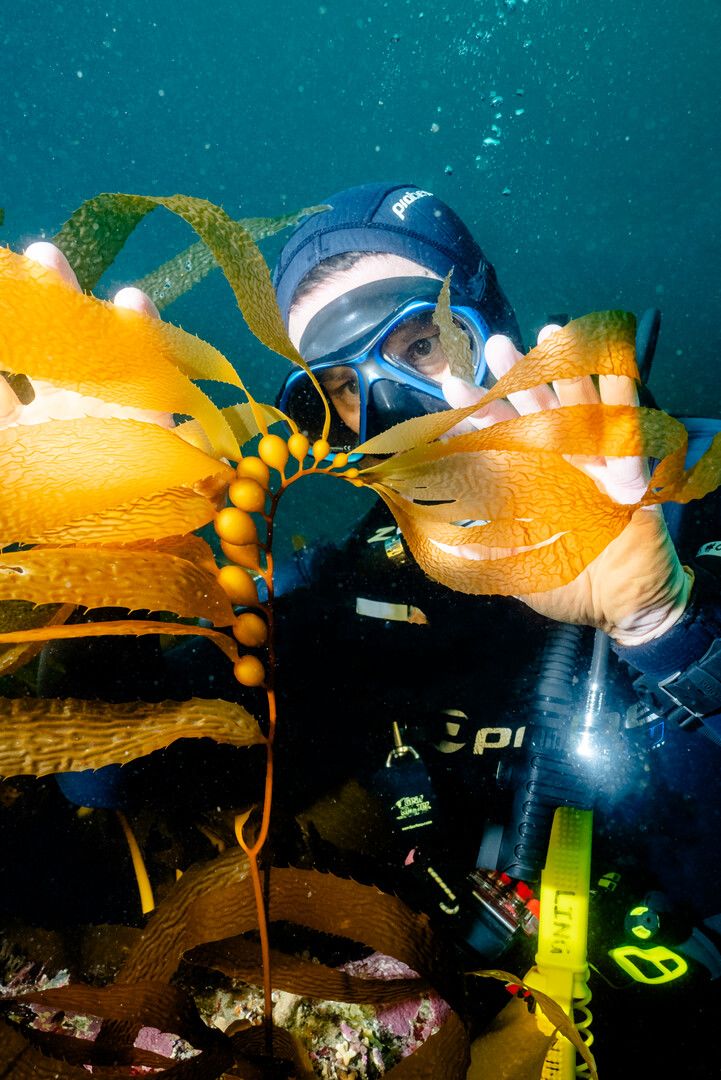
A signal of success: bull kelp restoration in northern California
Abbey Dias
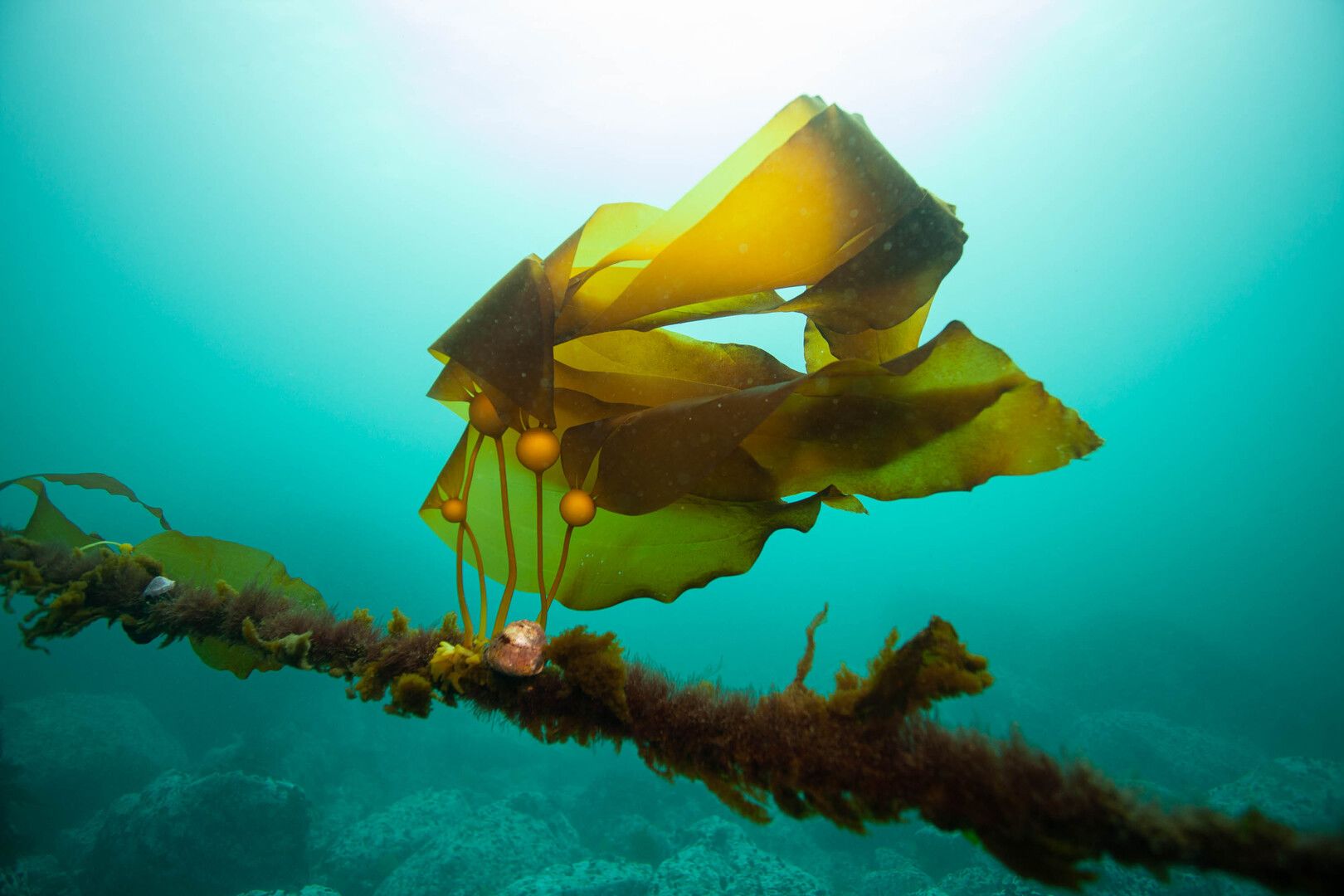
Between Two Worlds
Luba Reshitnyk
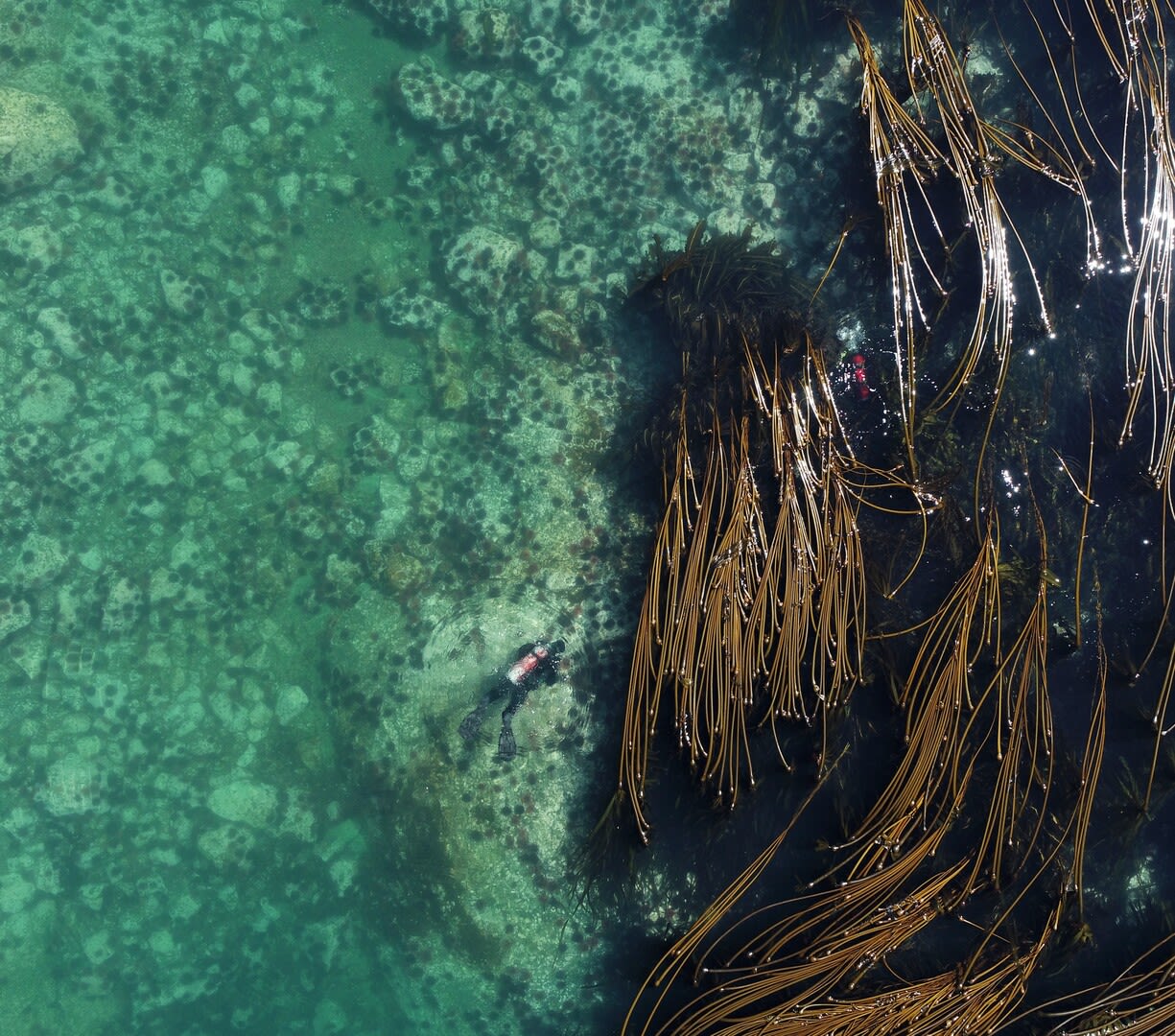
Invasive Sargassum
Christine Dorrity
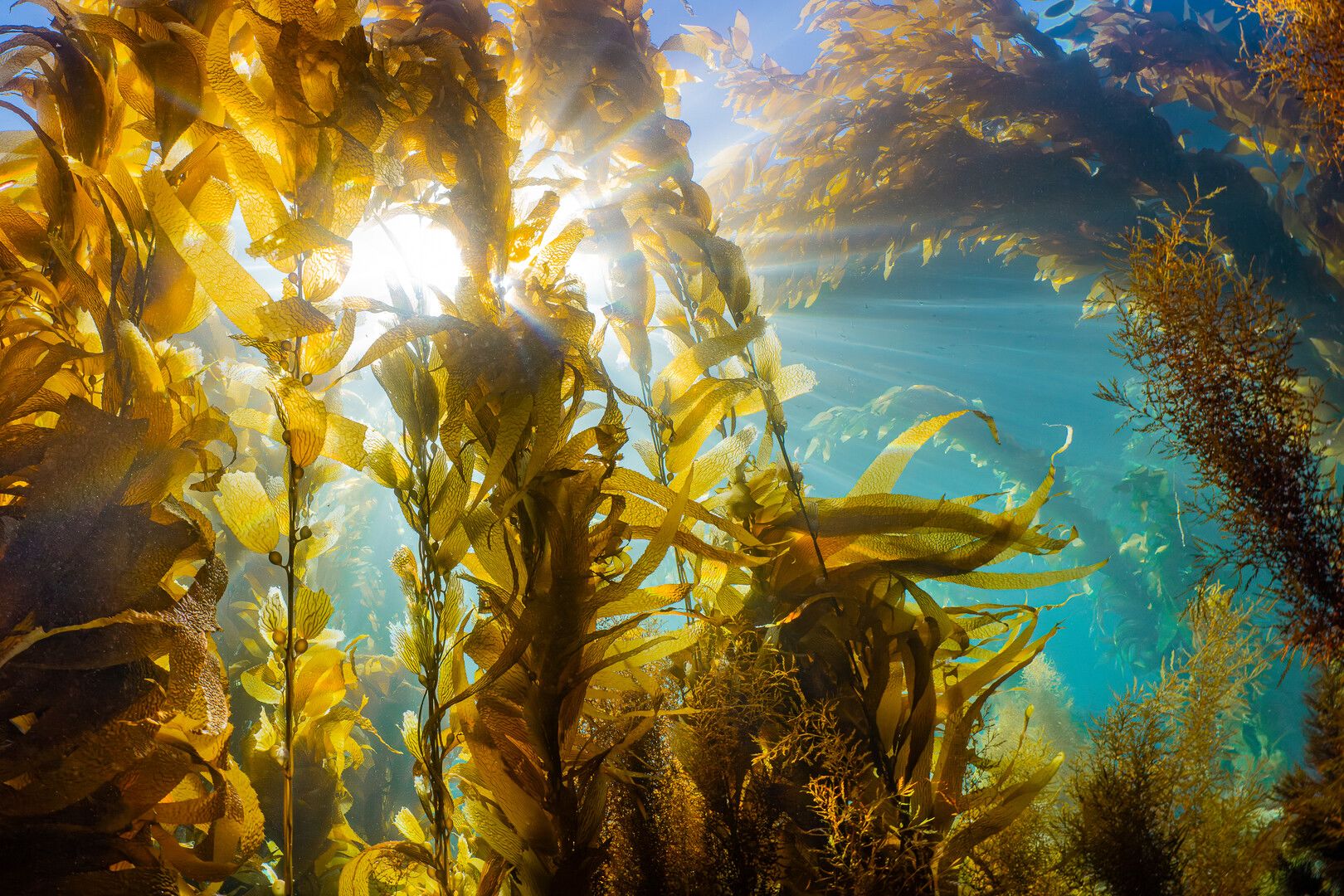
Blanket of Purple
Jon Anderson
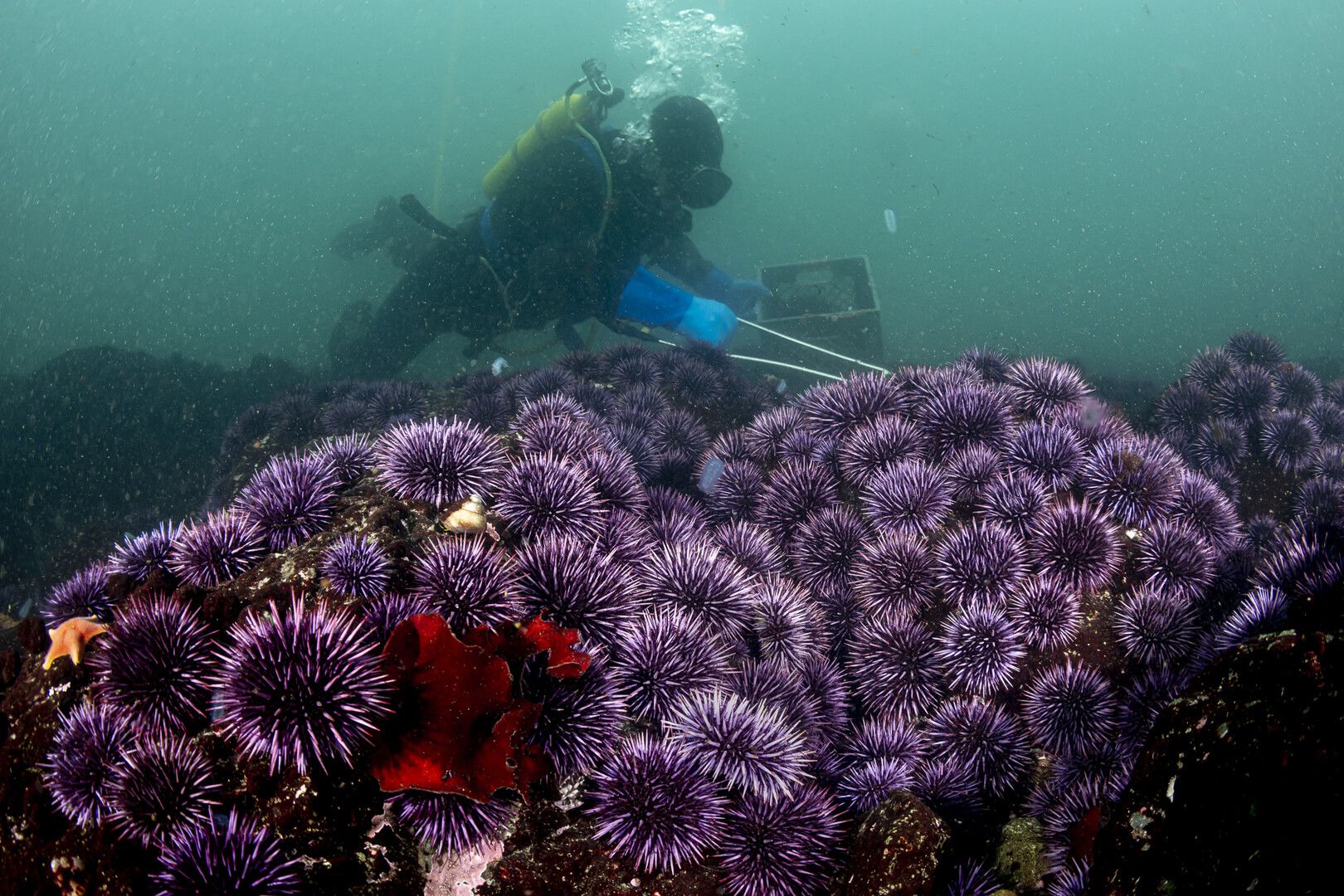
Bosques sumergidos del fin del mundo
Armando Vega
Extreme scientific expedition to investigate the carbon dioxide sequestration capacity of one of the southernmost kelp forests in the world: Peninsula Mitre, Argentina.
To connect kelp forests with people sensitively, the sportswoman and professional freediver Camila Jaber, together with the underwater photographer Laura Babahekian, created artistic expressions on these southern forests.
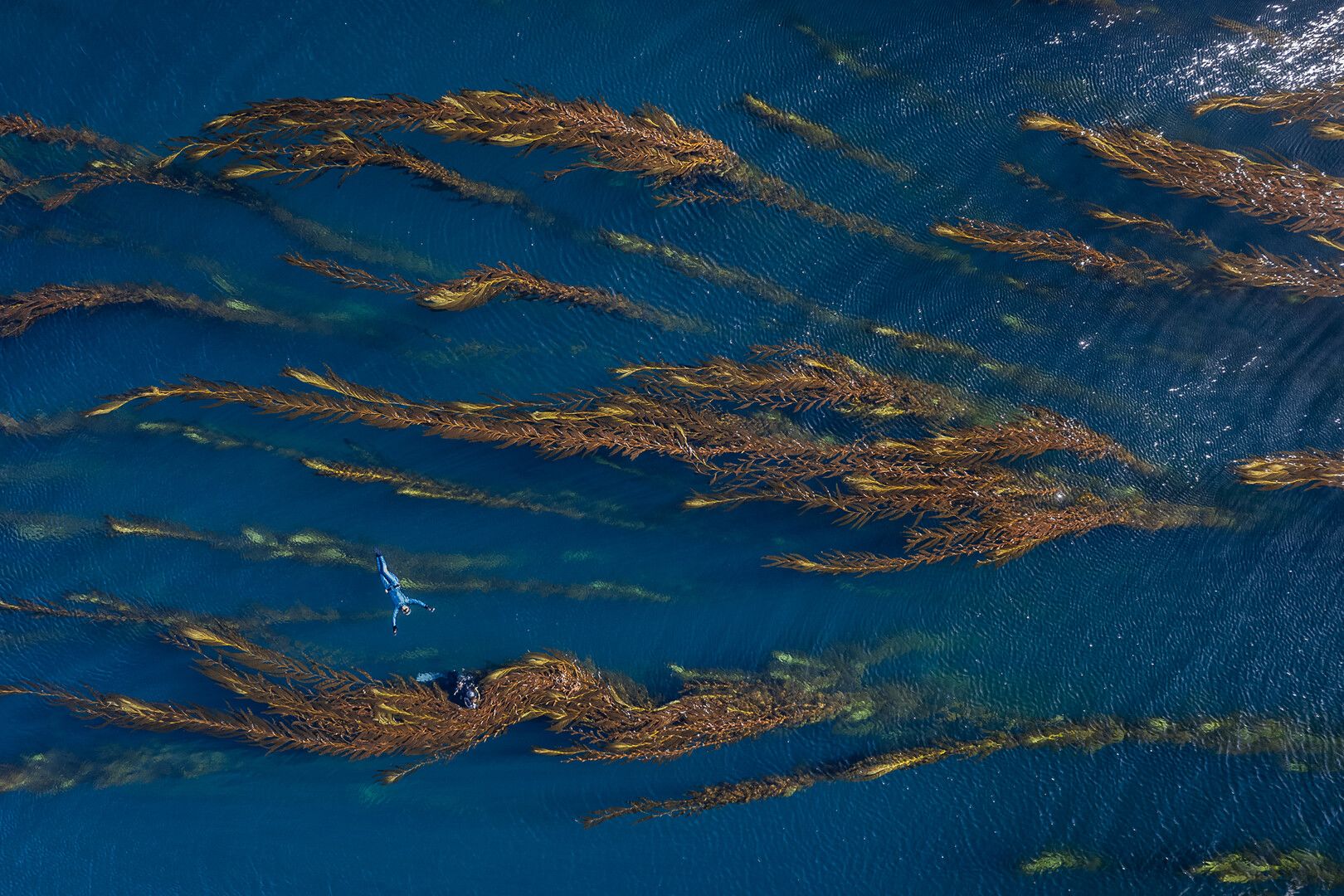
eKelp
Piotr Balazy
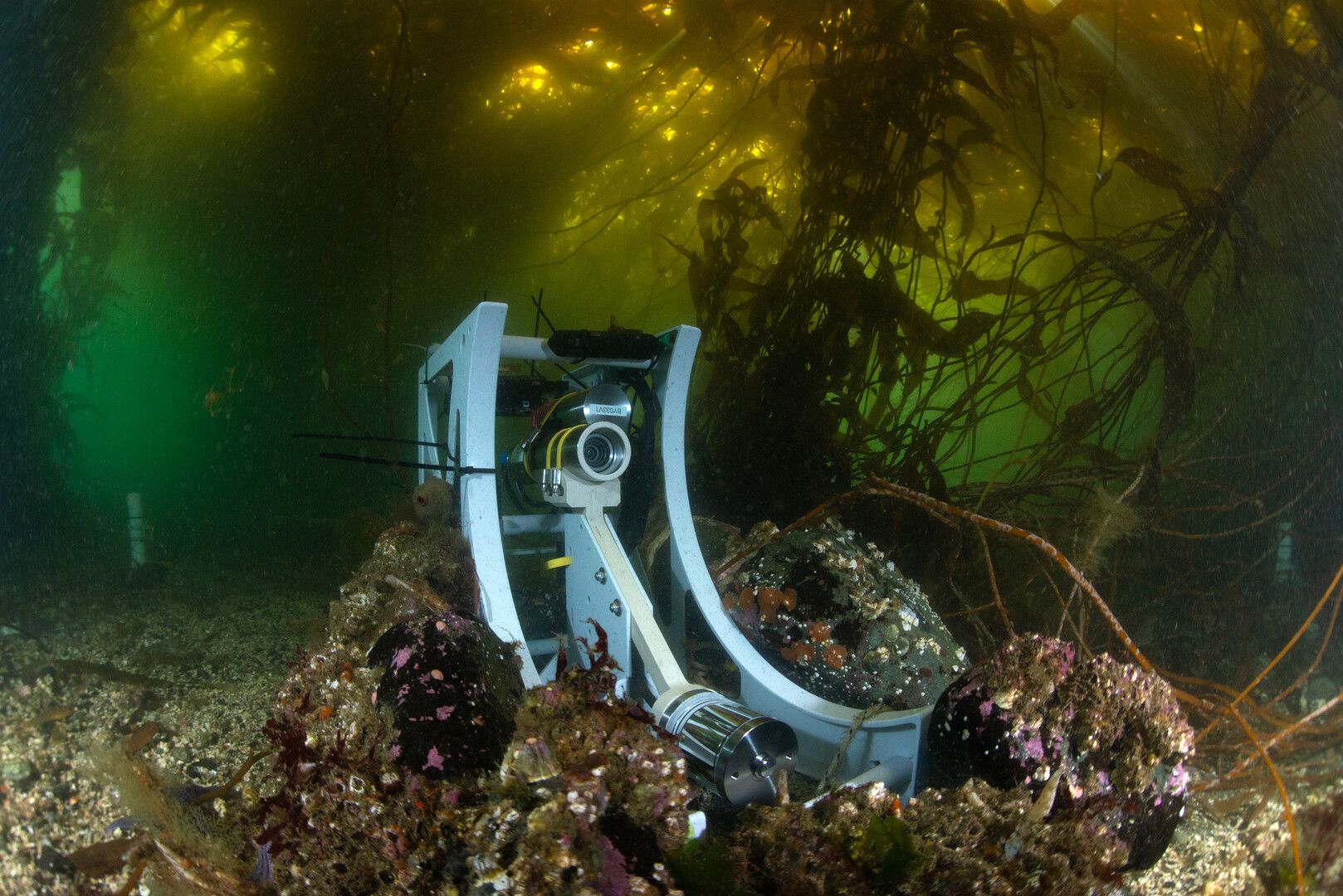
Stories from the Kelp
Winner - Of Blades & Spines
Kate Vylet
Driven by climate change, a cascading series of events have tipped the balance of California's kelp forests over the past decade. Warm water events weakened kelp growth and disease decimated sea star populations. Purple sea urchins, starved by the decline of their favored food source - drift kelp - and emboldened by the loss of their sea star predator, emerged from their crevices to seek algae. As they roamed across the reefscape, they grazed through an already depleted forest, diminishing it further. In some areas the kelp was all but lost, replaced by purple fields of spines known as urchin barrens - a stable but less diverse ecosystem.
Alarmed by the erosion of their local ecosystem, citizens, organizations, and governments banded together to find solutions for a changing kelp forest. Their approaches and efforts vary, but they're united in their resolve to save the kelp forest they love.
Despite the dire circumstances, in some regions the kelp has stood against these environmental stressors. In central California, patches of forest have held strong even as they are interlaced with barren. And recent years of cold upwellings have supported an annual resurgence of young kelp, reinforcing these remaining strongholds in a new equilibrium.
Through everything, the native purple urchin has been vilified for its conspicuous role in the loss of kelp. But, like the kelp itself, the urchin belongs to the underwater forest and plays an essential role in this vibrant ecosystem. Ultimately the imbalance taking place is steered by the intangible forces of climate change - a shift both kelp and urchin are struggling to survive.
But if the forest has taught us anything, it's that nature is resilient. And in its resilience is a message of hope.
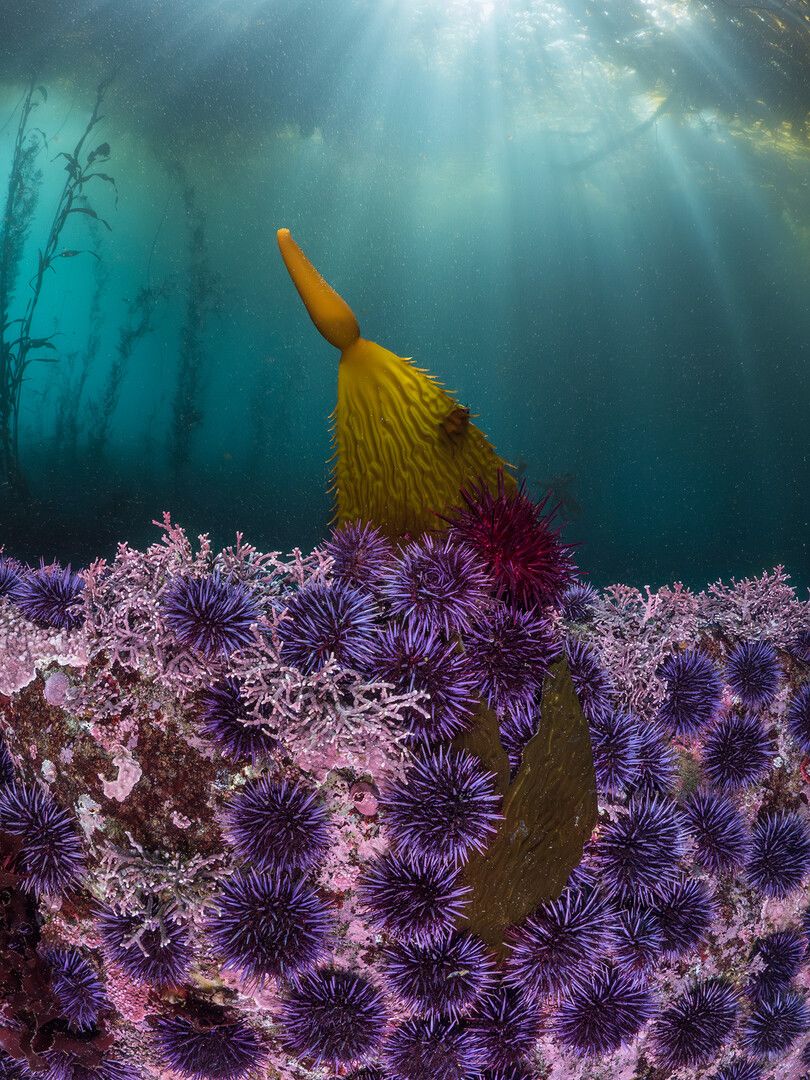
Runner Up - A Kelp Story
Sage Ono
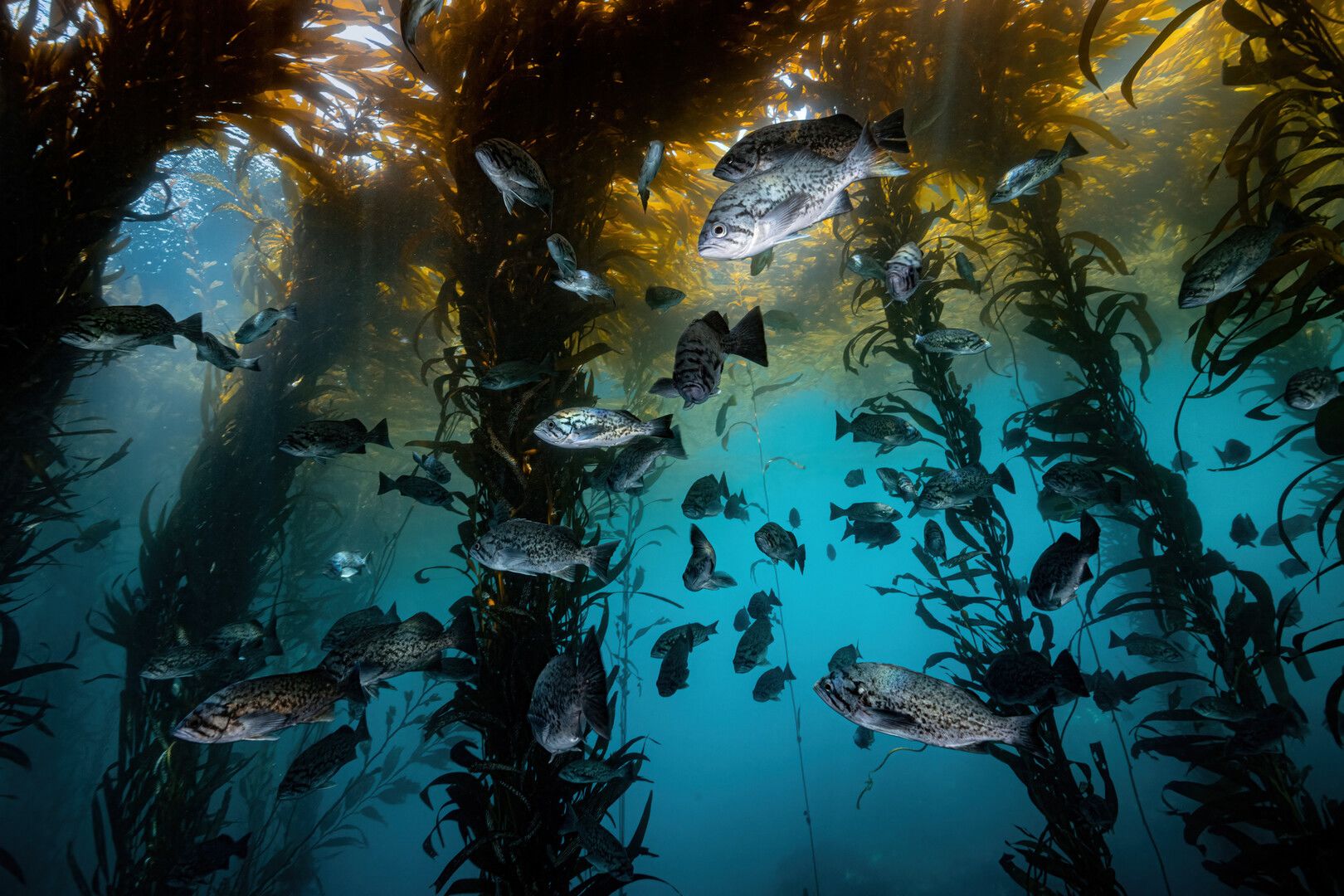
Kelp Restoration through Urchin Harvest
Matt Testoni
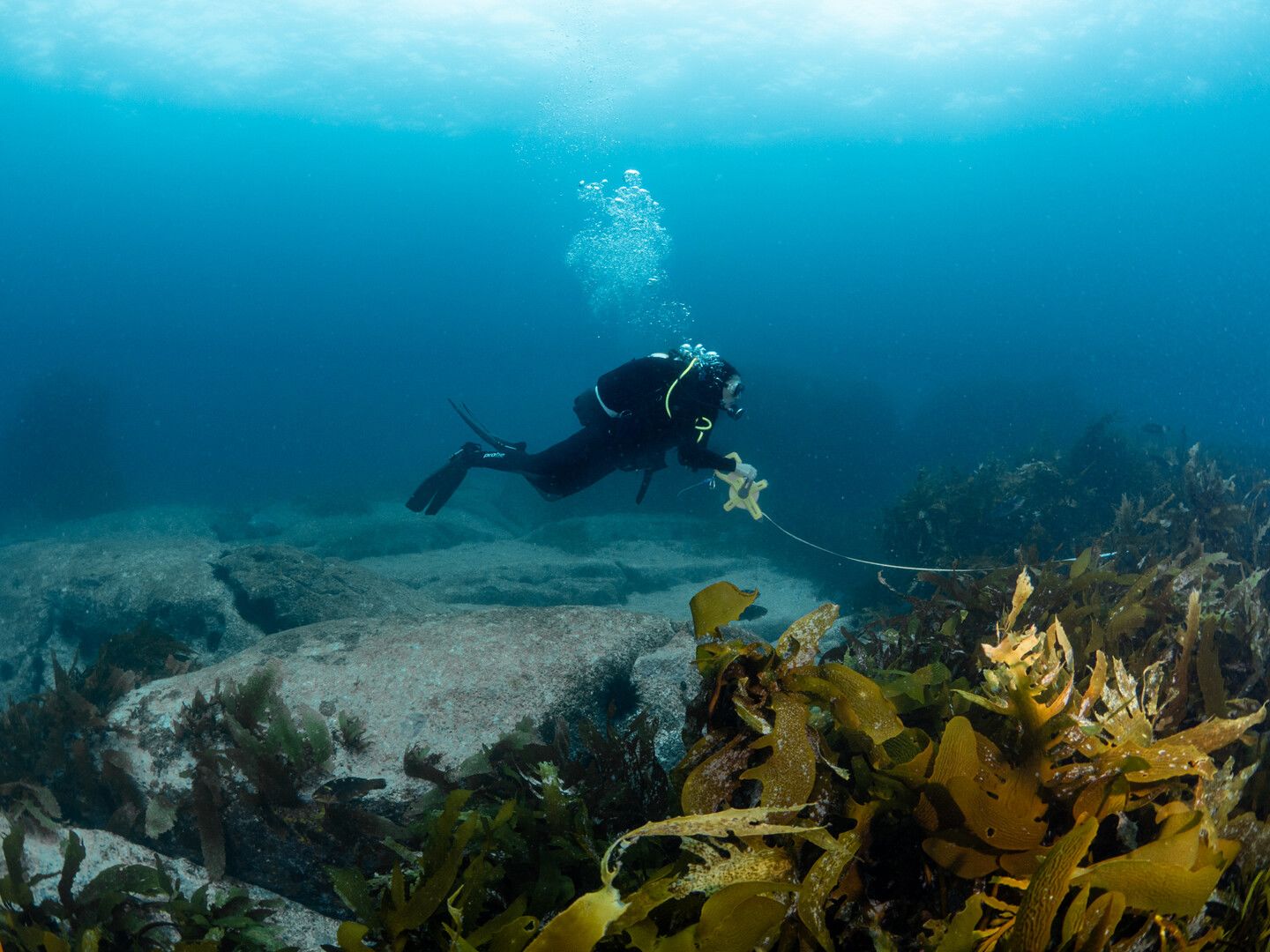
Stories from the Forest
Nuno Vasco Rodrigues
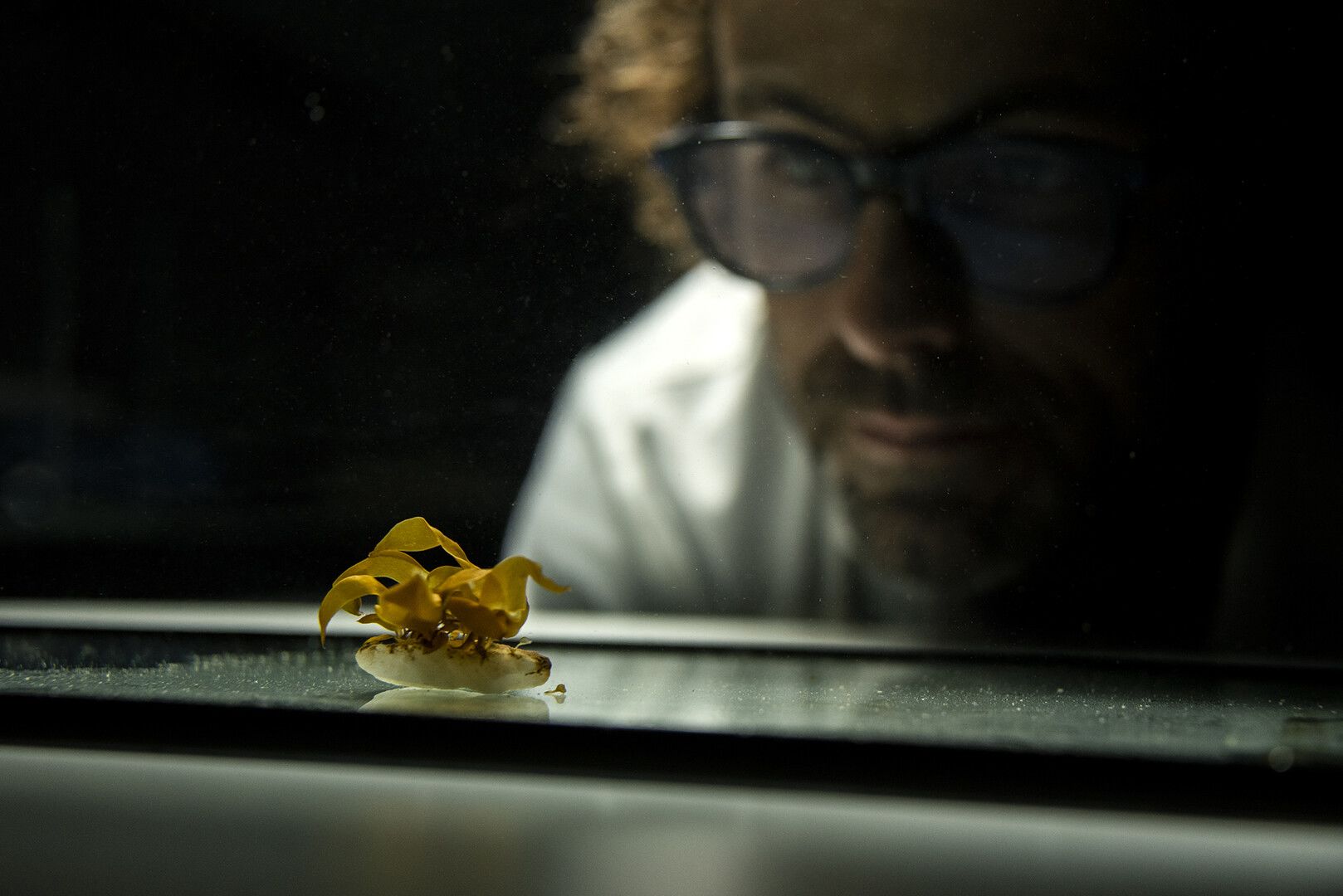
Kelp Farming in Southeast Alaska
Kimberly Nesbitt
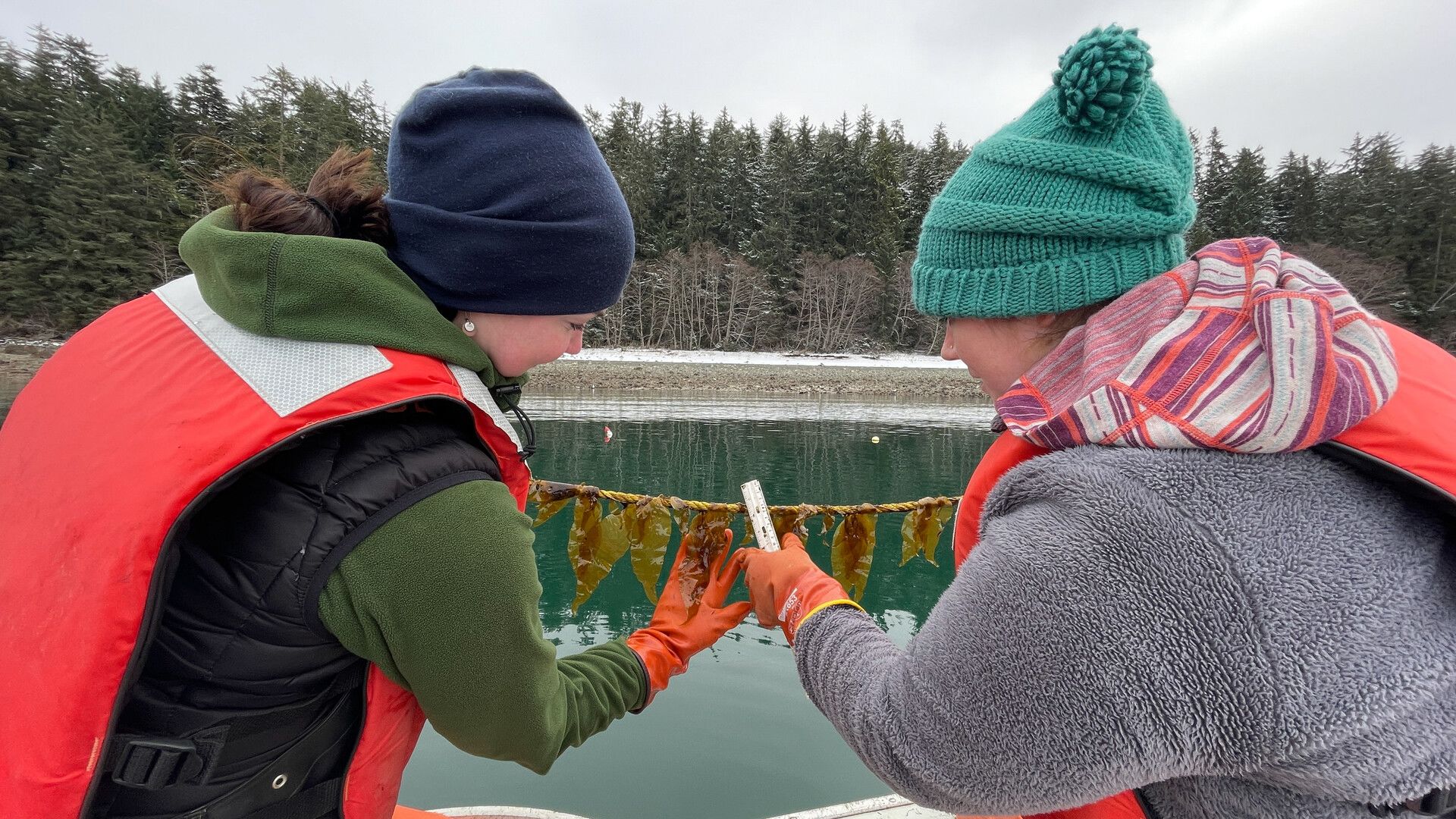
The Iridescent Ones: Abalone Restoration on the US Pacific Coast
Oriana Poindexter
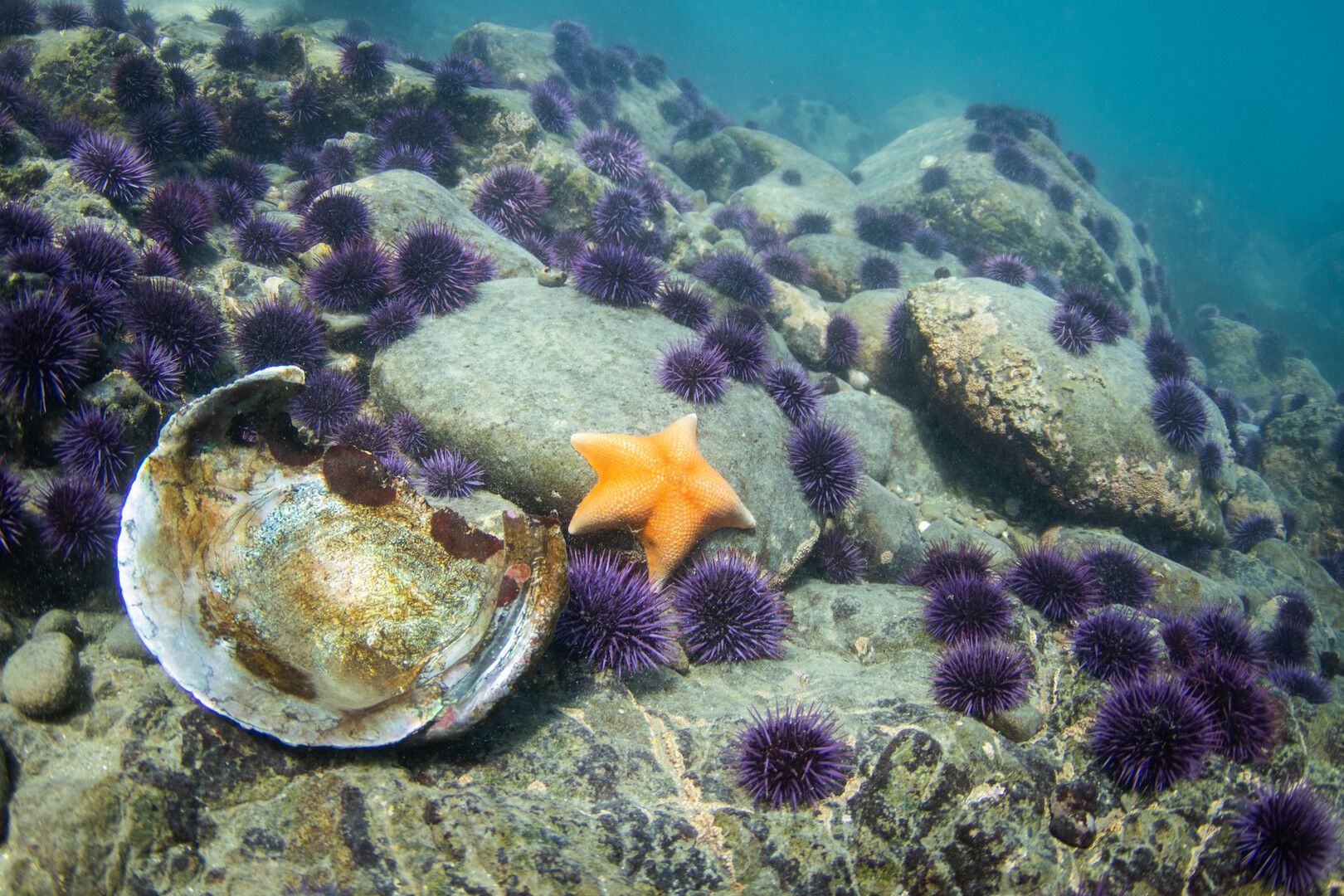
Purple Urchin Imbalance
Jon Anderson
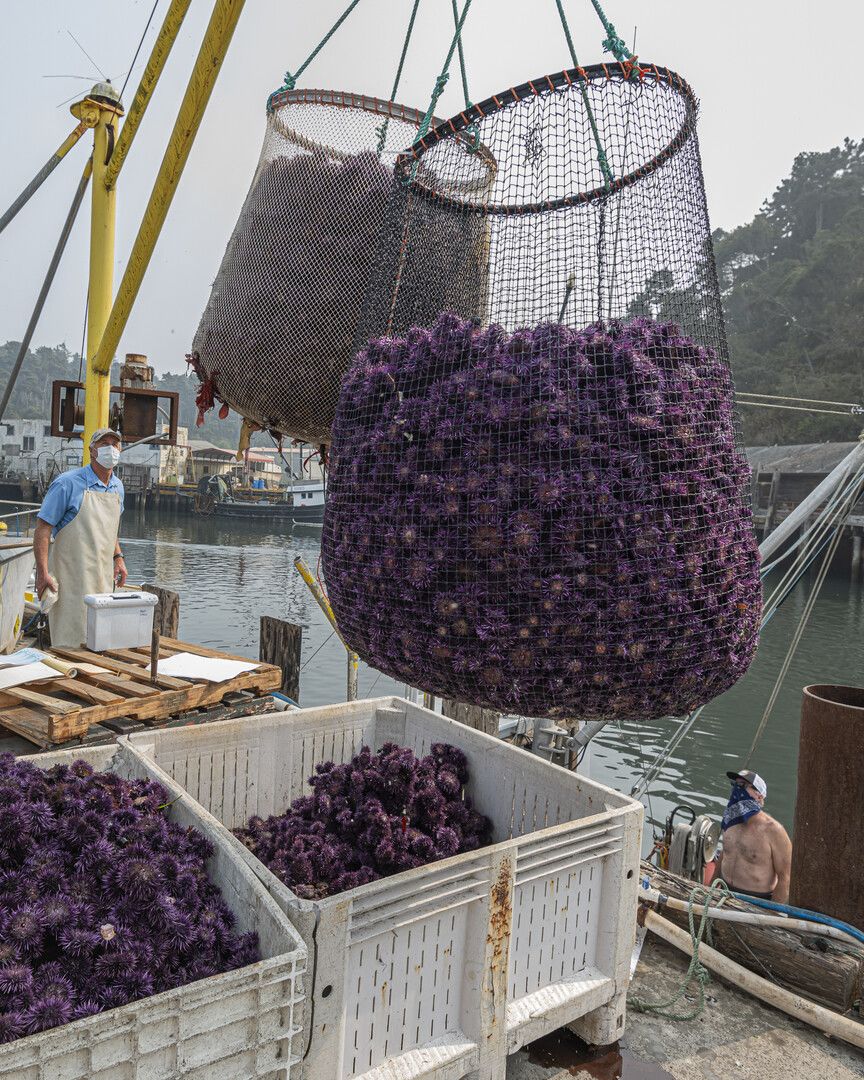
Bull Kelp Life Story
Josie Iselin
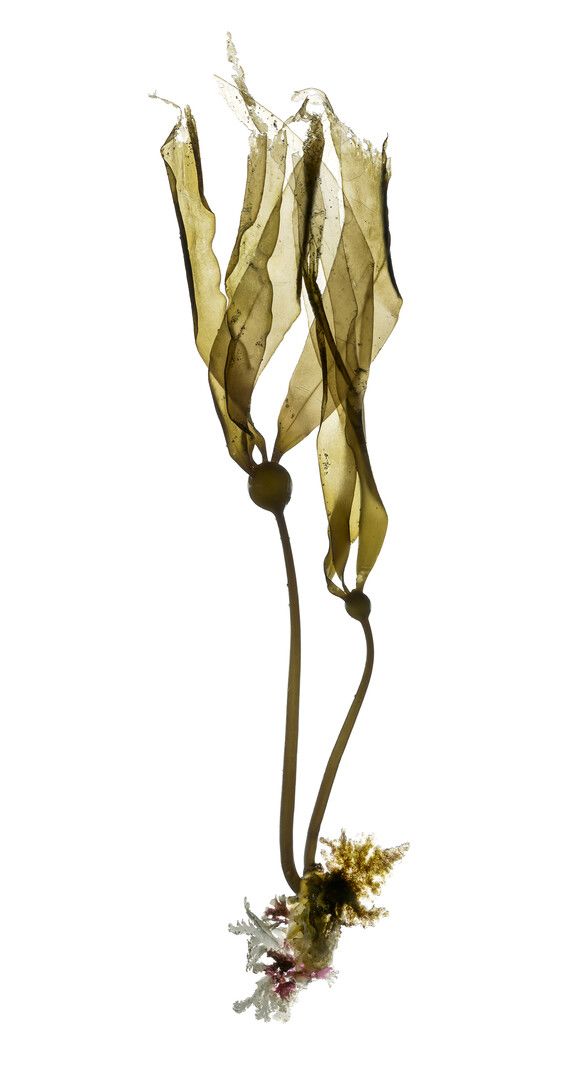
Ocean Reforestation: Crayweed Revival
Tom Burd
Crayweed, (Phyllospora comosa) is believed to have formed thick forests throughout Sydney’s coastal waters, as it naturally does along other parts of the NSW coastline. However, in the 1980s it largely disappeared without any documentation, likely due to high water pollution and untreated sewage outflow.
“Operation Crayweed” was formed to reverse this trend and is now a flagship project at the Sydney Institute of Marine Science, in collaboration with UNSW and the University of Sydney. Excitingly, the restoration works involve the local community in a collaborative effort to reintroduce this vibrant seaweed to Sydney's picturesque coastline.

Kelp: We Need These Algae
Patrick Webster
